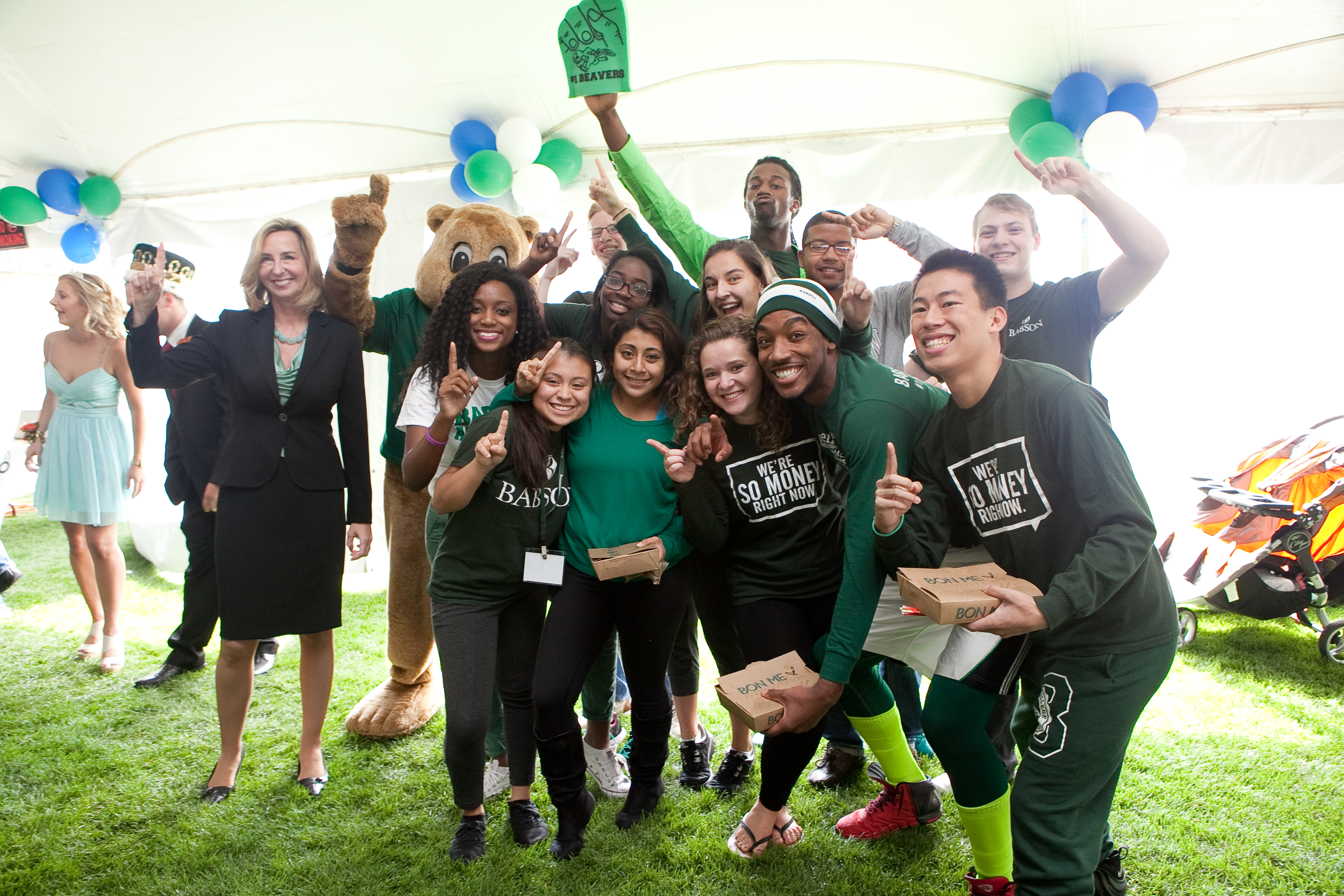
Babson 100
In honor of our Centennial, we asked the Babson community to nominate their favorite person, moment, or place from the last 100 years.
Together, those nominations form the Babson100: the people, places, and moments that shaped the Babson we know and love today. We hope you enjoy exploring the Babson 100 as much as we enjoyed putting it together. Share your own Babson memories as we celebrate #Babson100.

Babson Connect: Worldwide
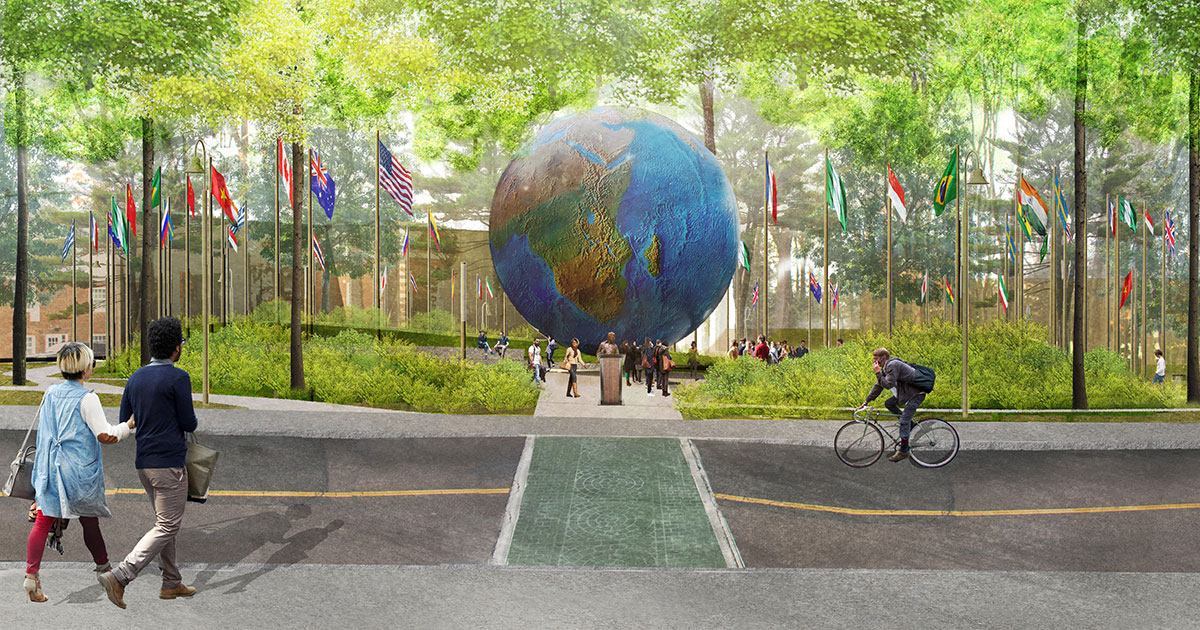
Kerry Murphy Healey Park
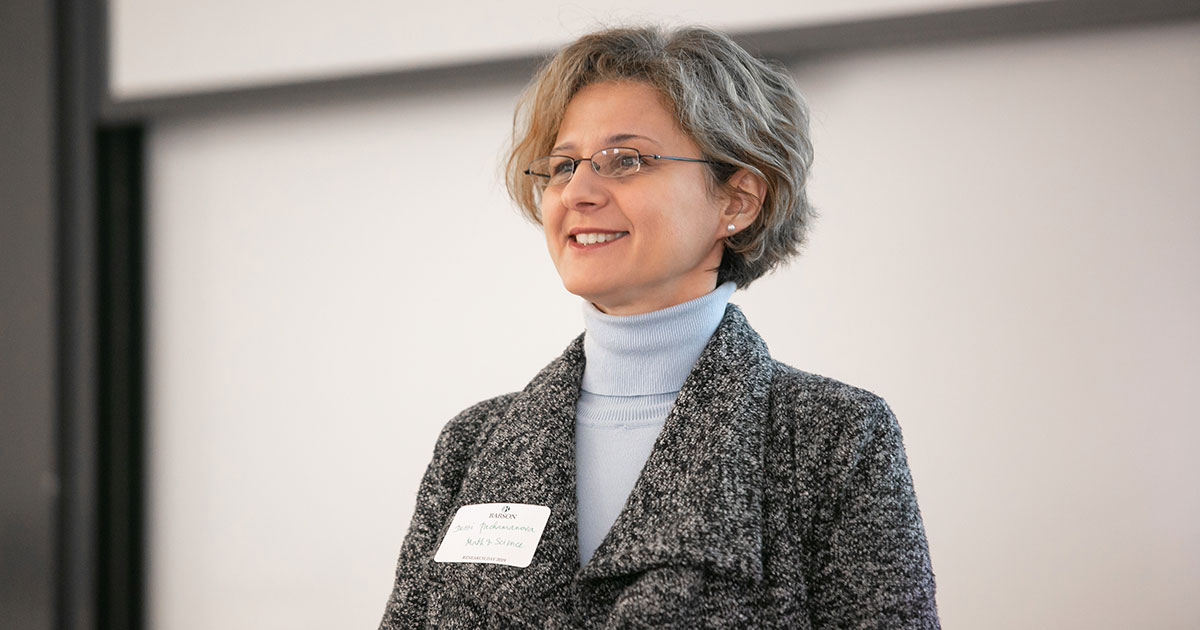
Faculty Research Day
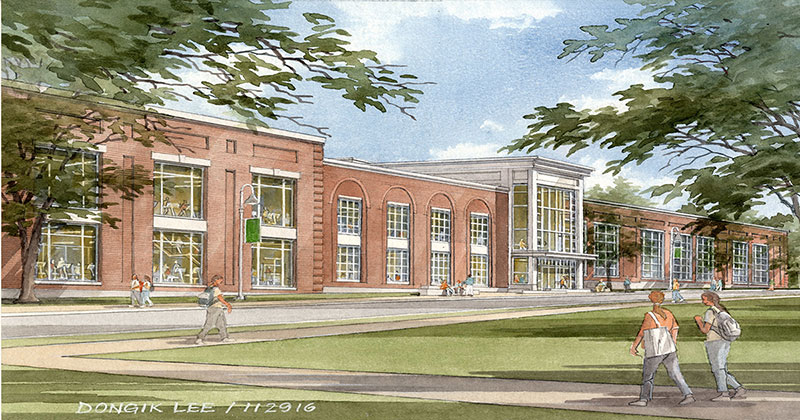
Babson Recreation and Athletics Complex
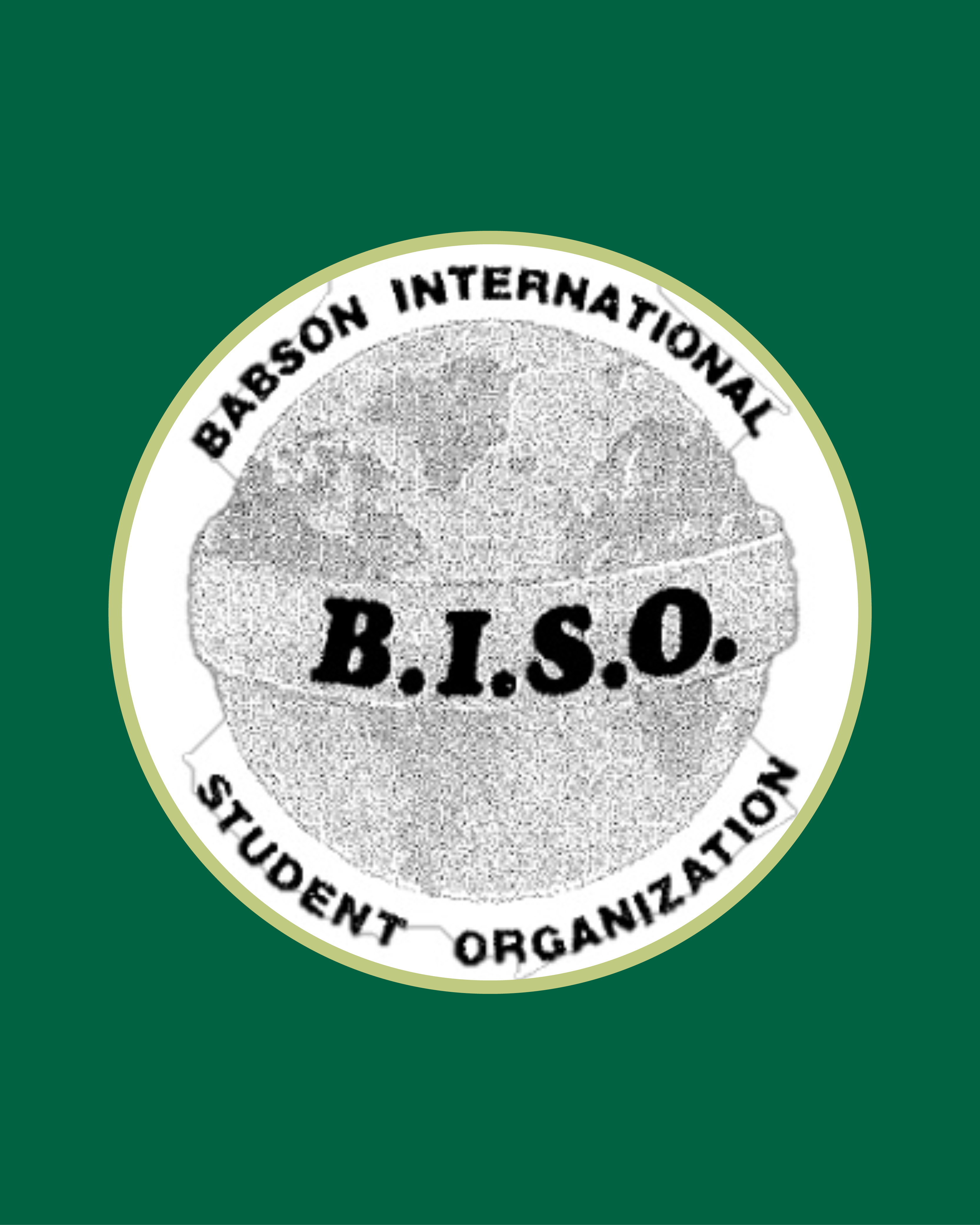
Cultural Student Organizations

Babson Posse Scholars
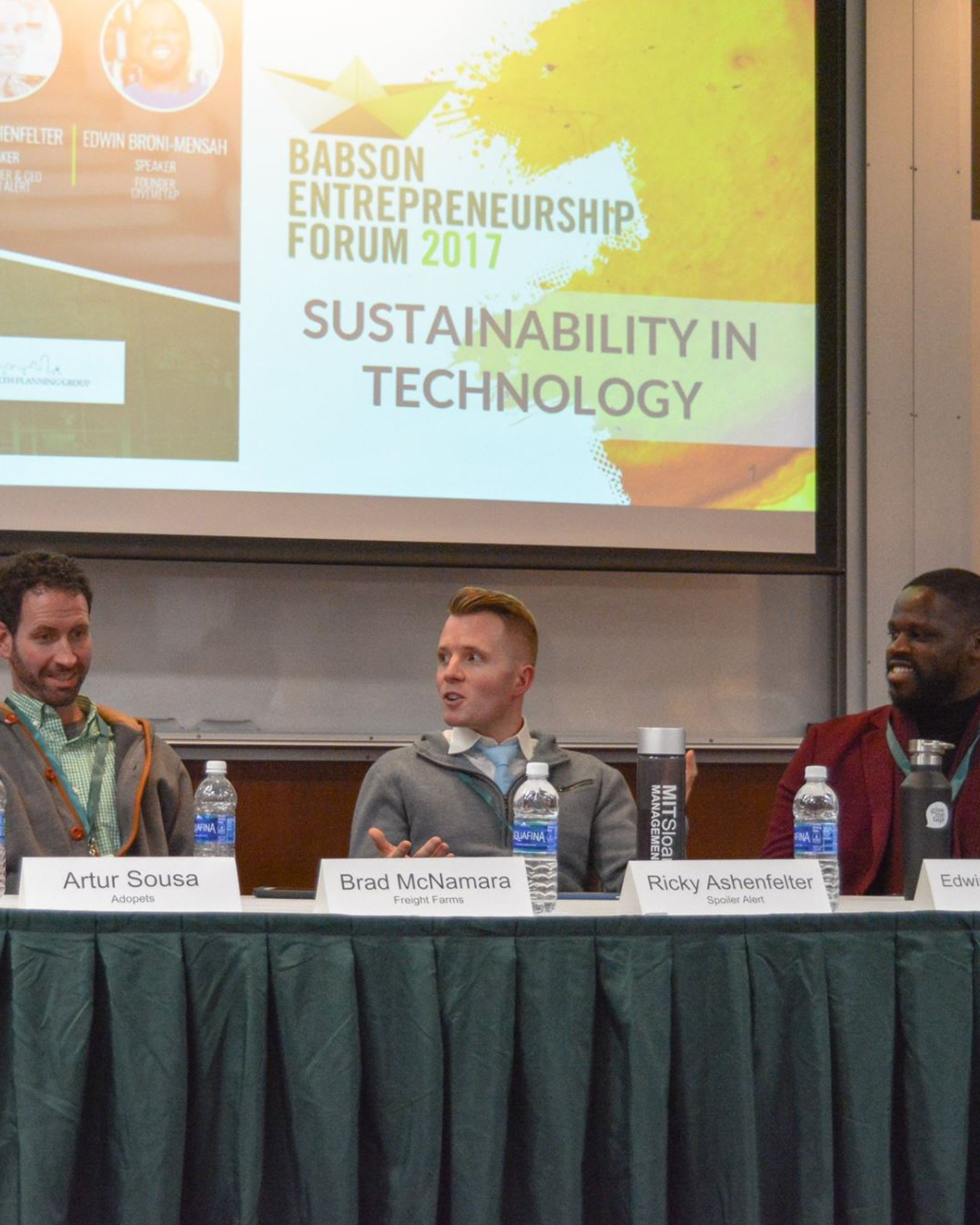
Babson Student Forums

The Babson Institute
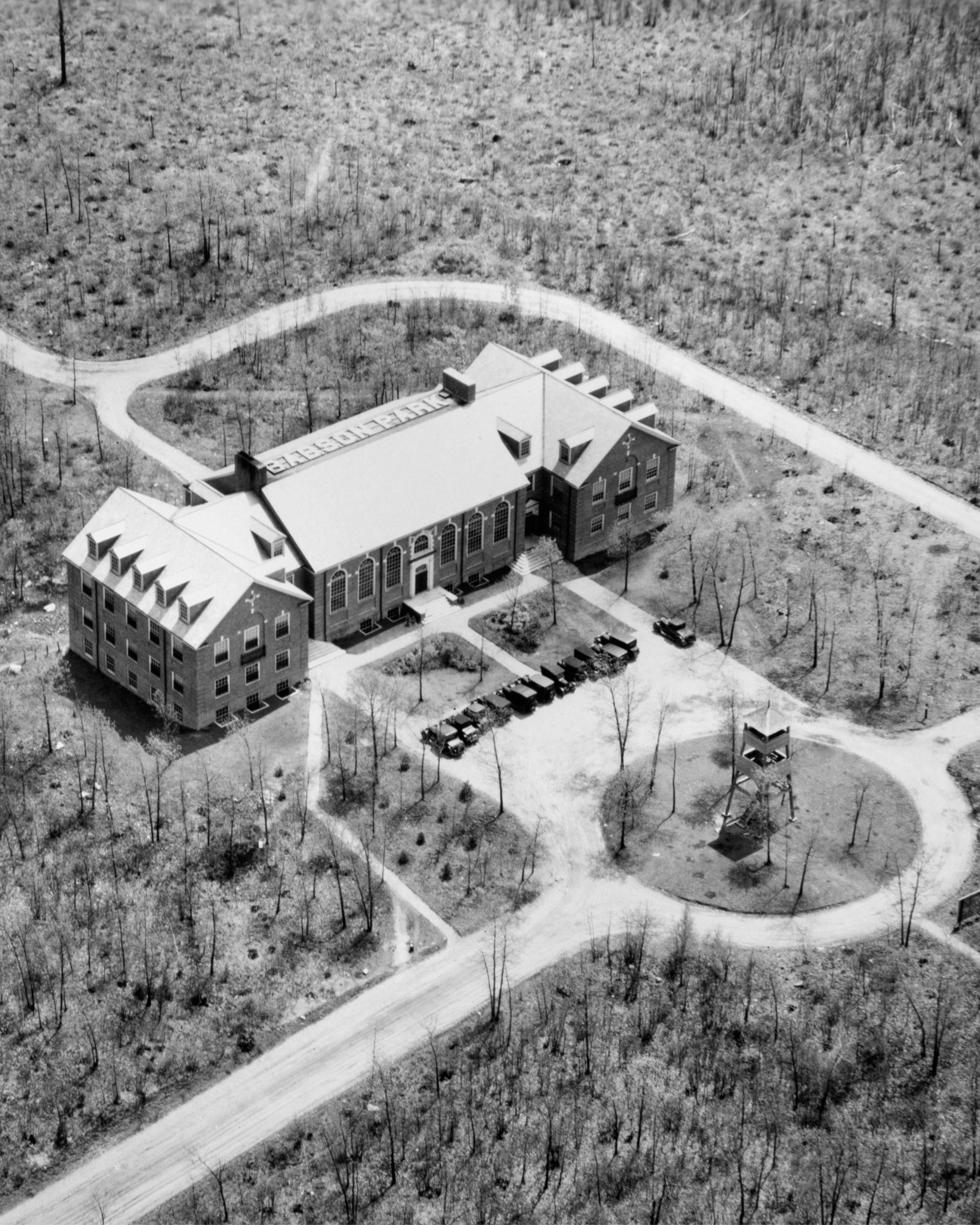
Babson Builds its Campus
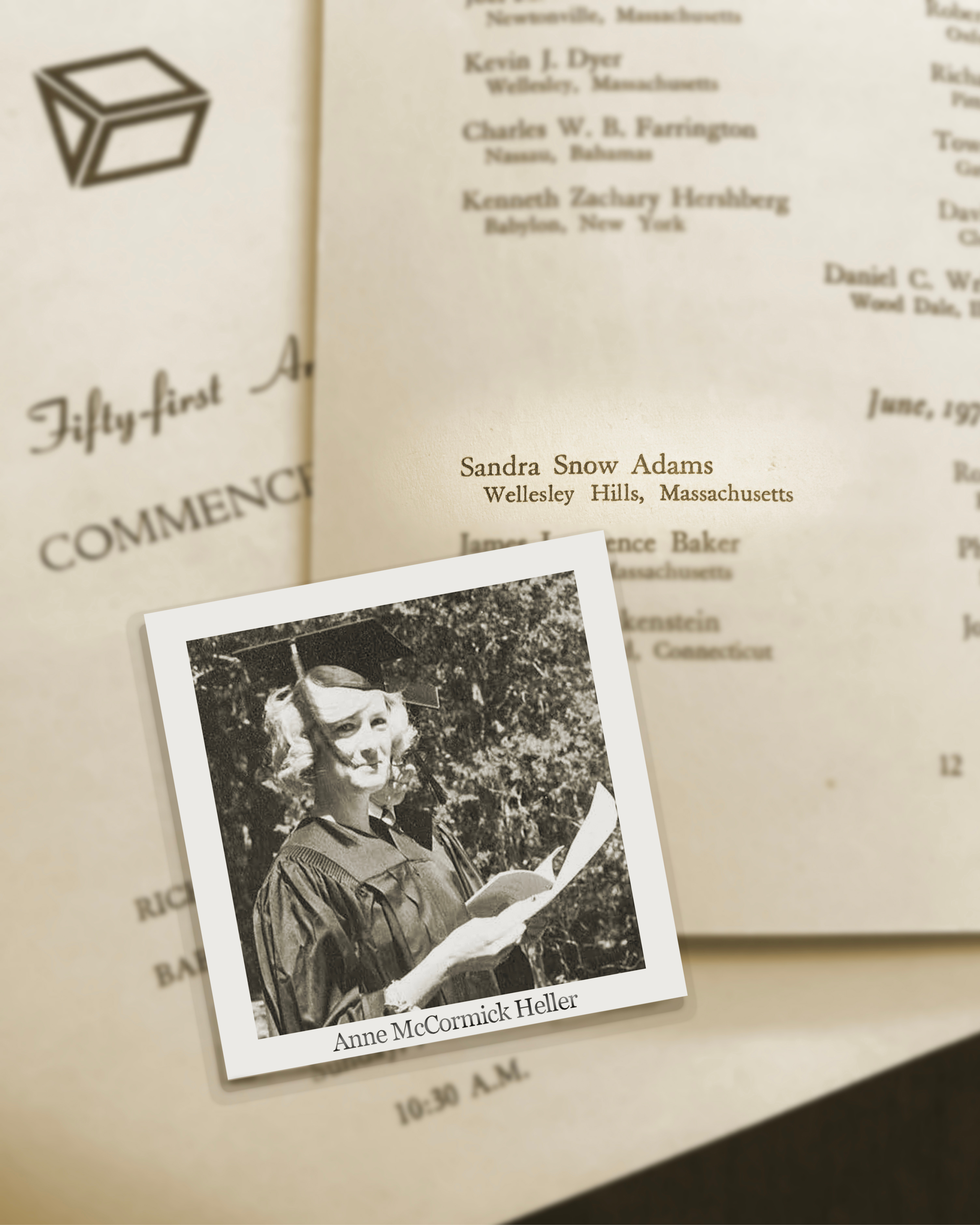
Anne McCormick Heller ’70 and Sandra Adams ’70
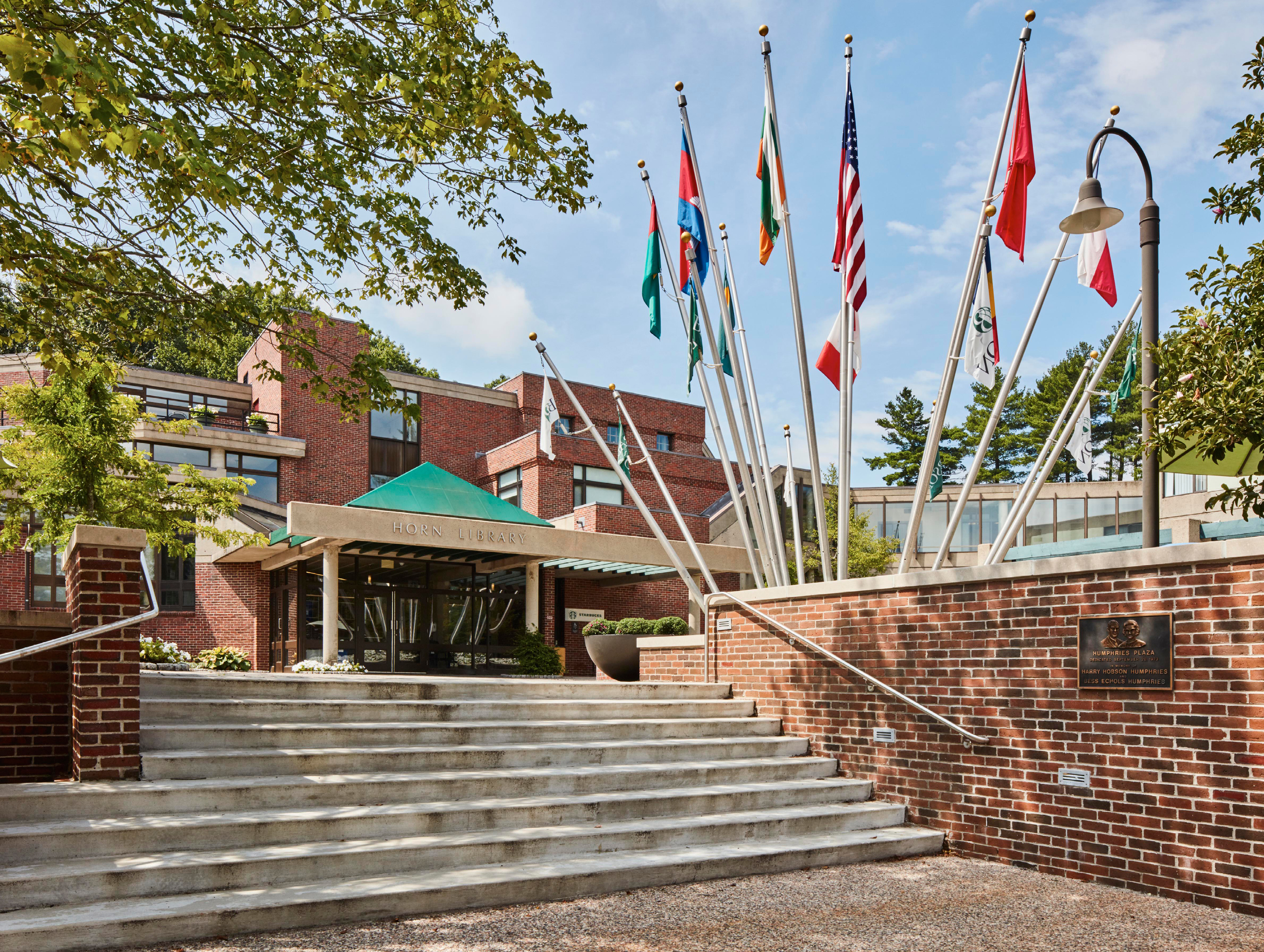
Horn Library
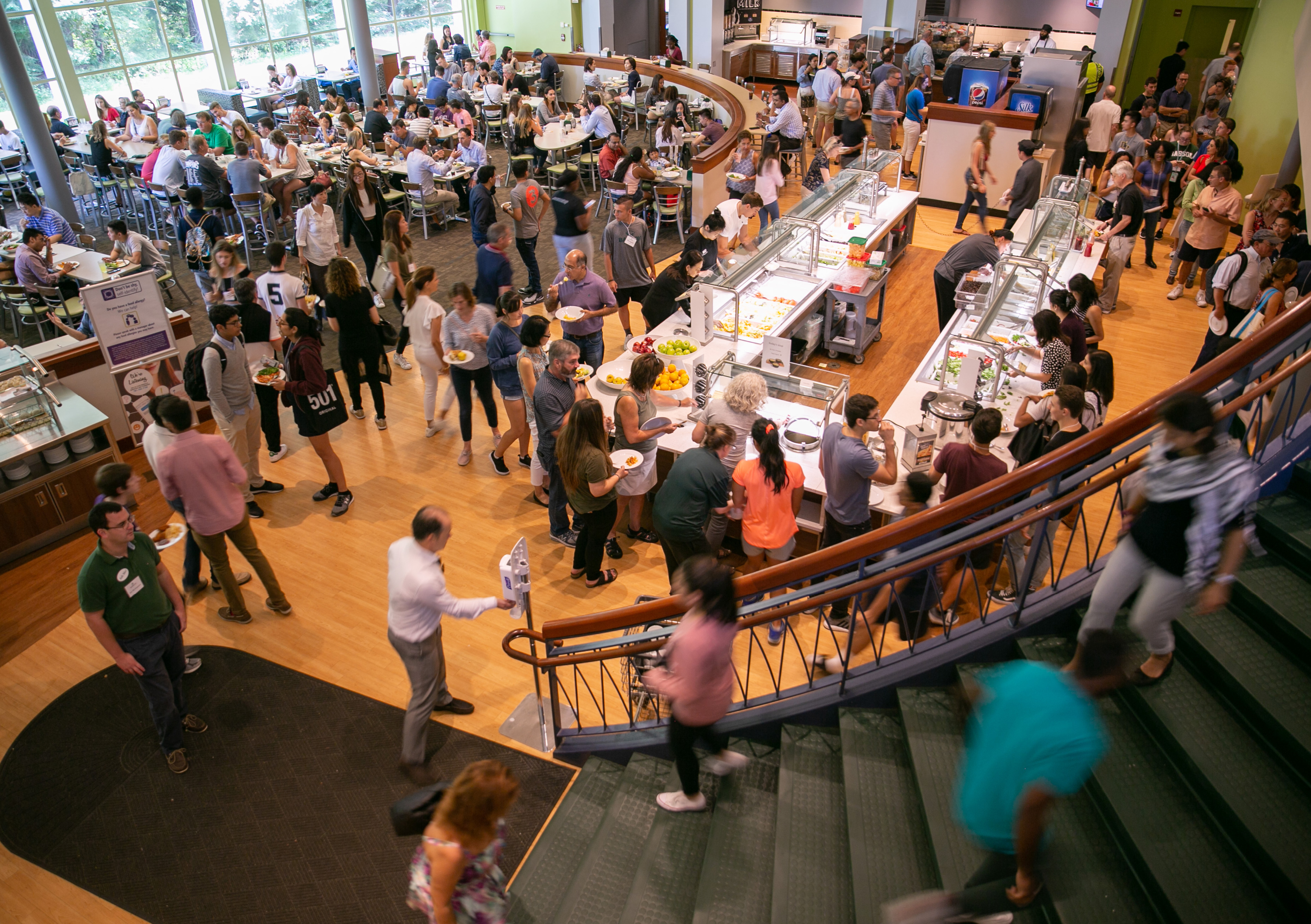
Trim Dining Hall

Roger’s Pub

Babson Medal Award
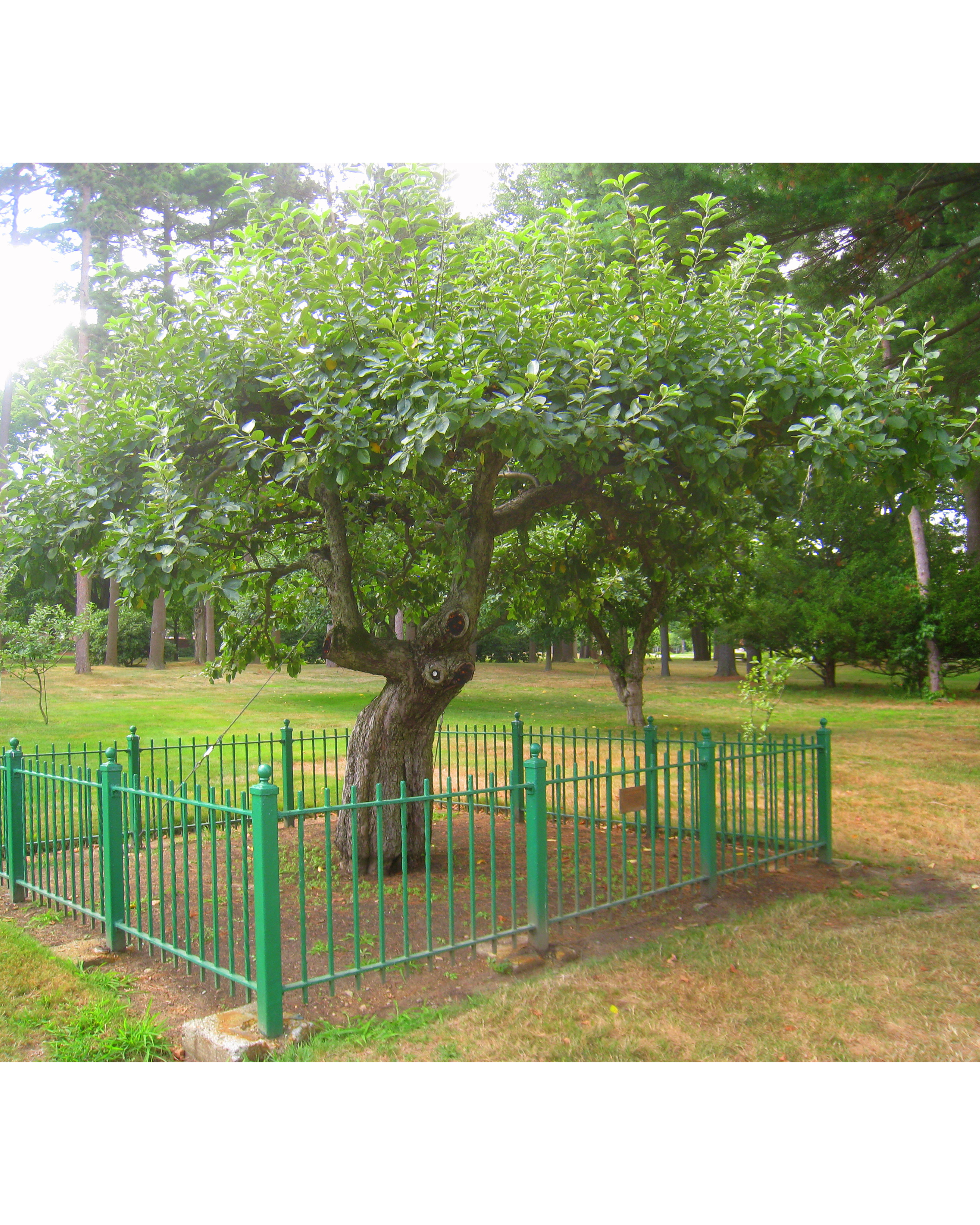
Newtonia
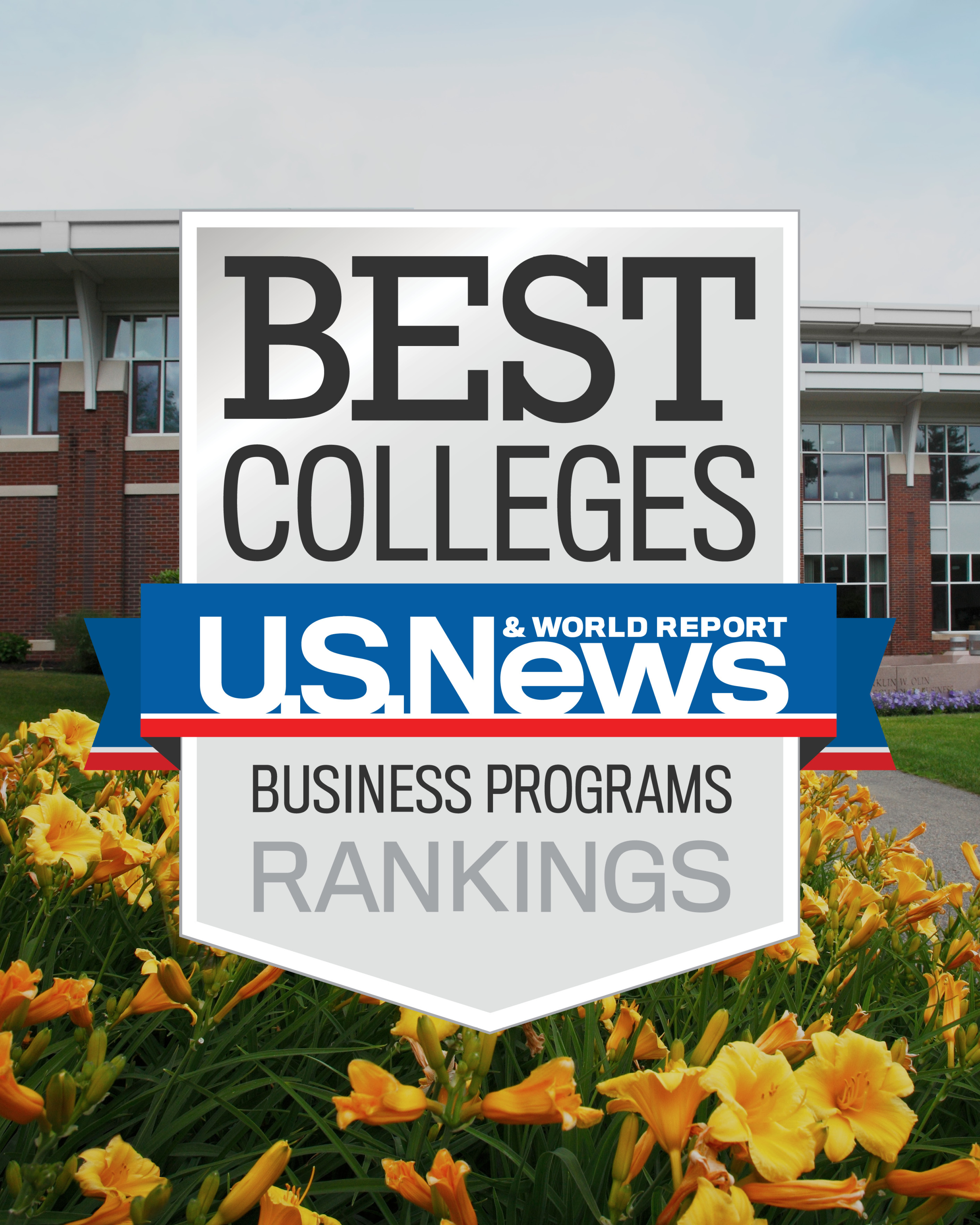
No. 1 for Entrepreneurship for 25 Years
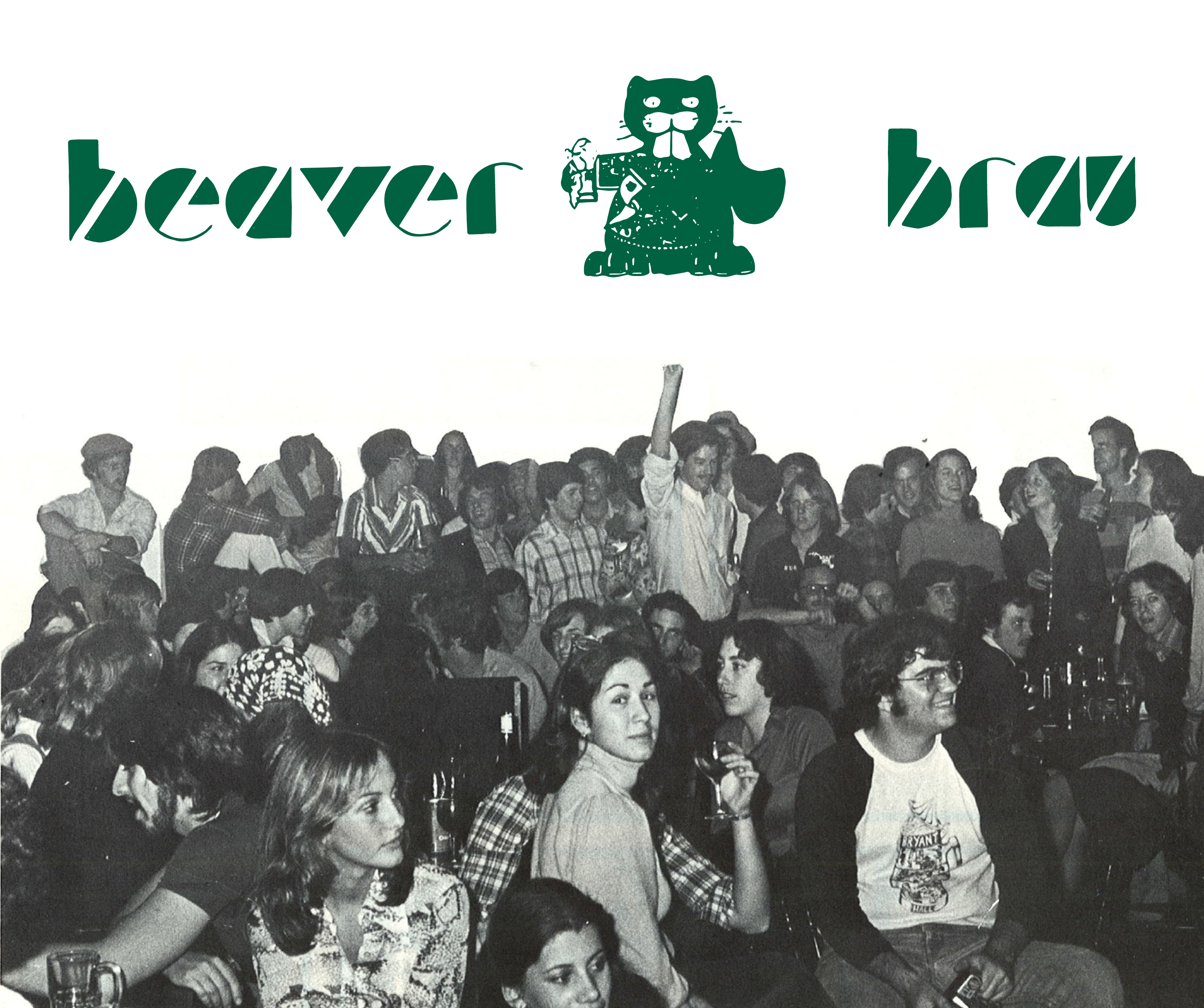
Beaver Brau
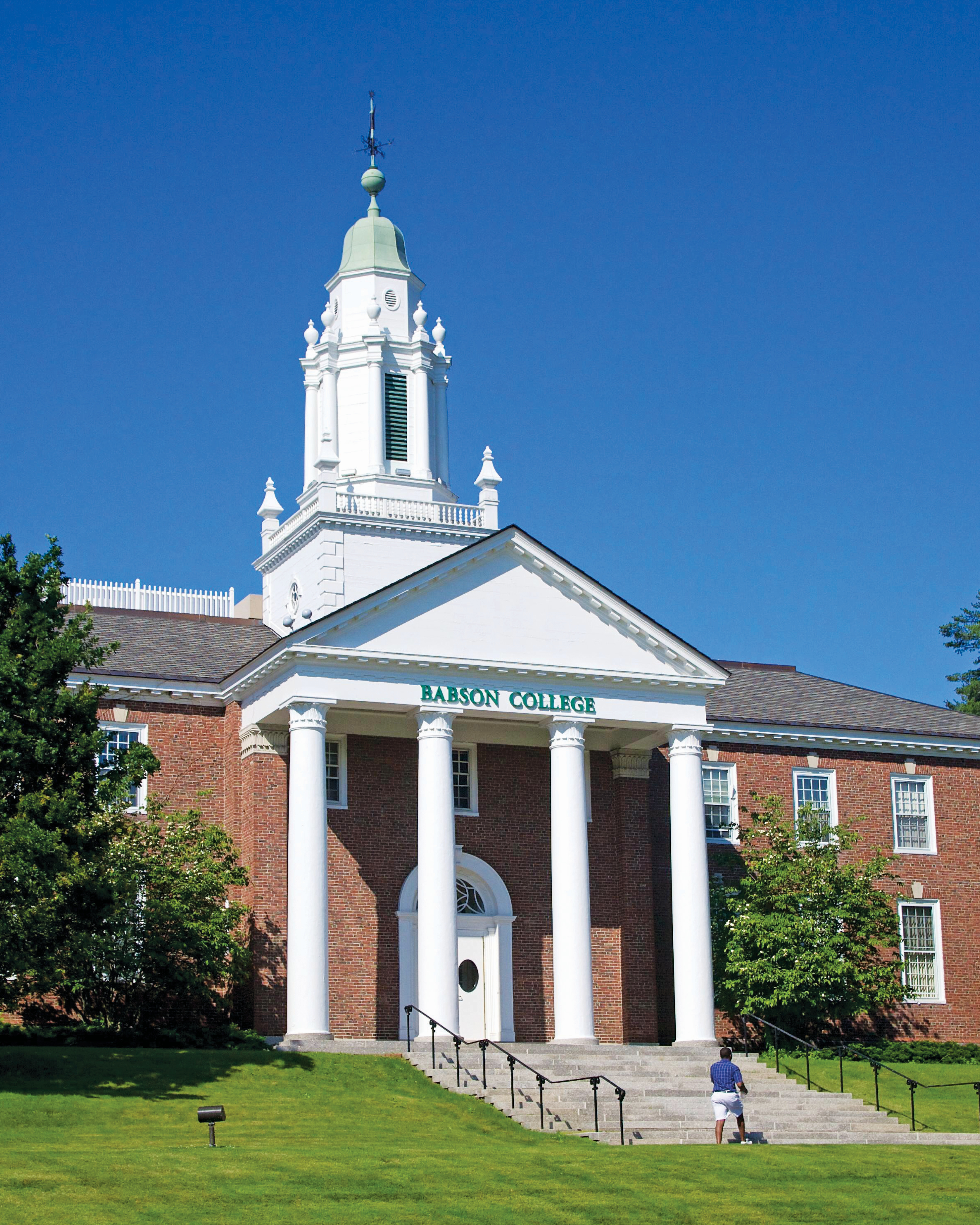
Tomasso Hall
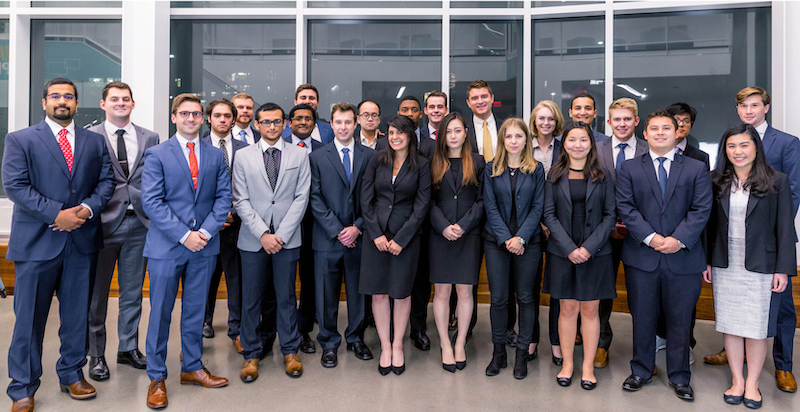
Babson College Fund
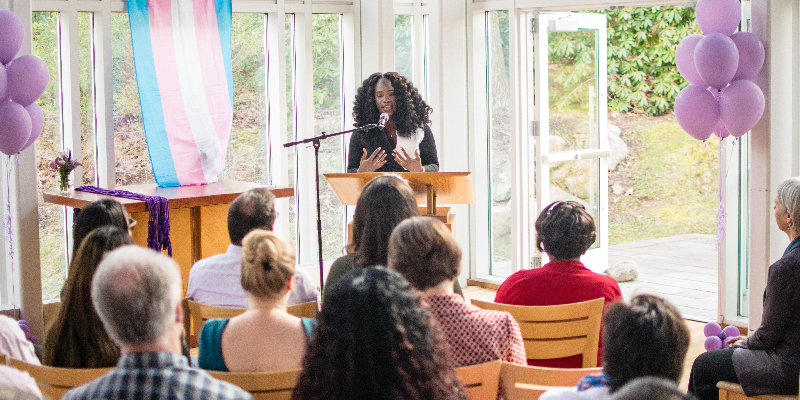
Lavender Graduation
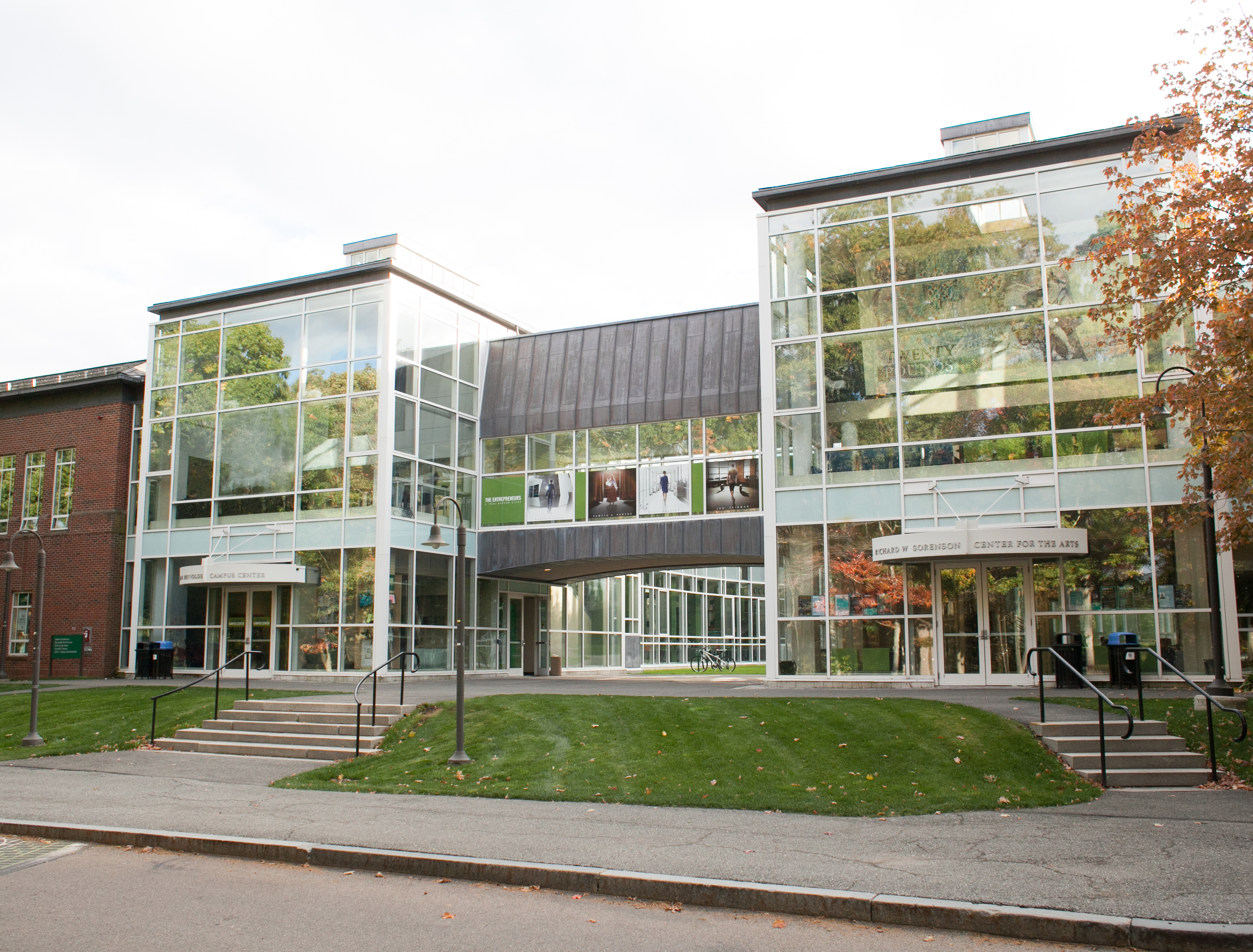
Reynolds Student Center

Knight Auditorium

“Lobsta” Night
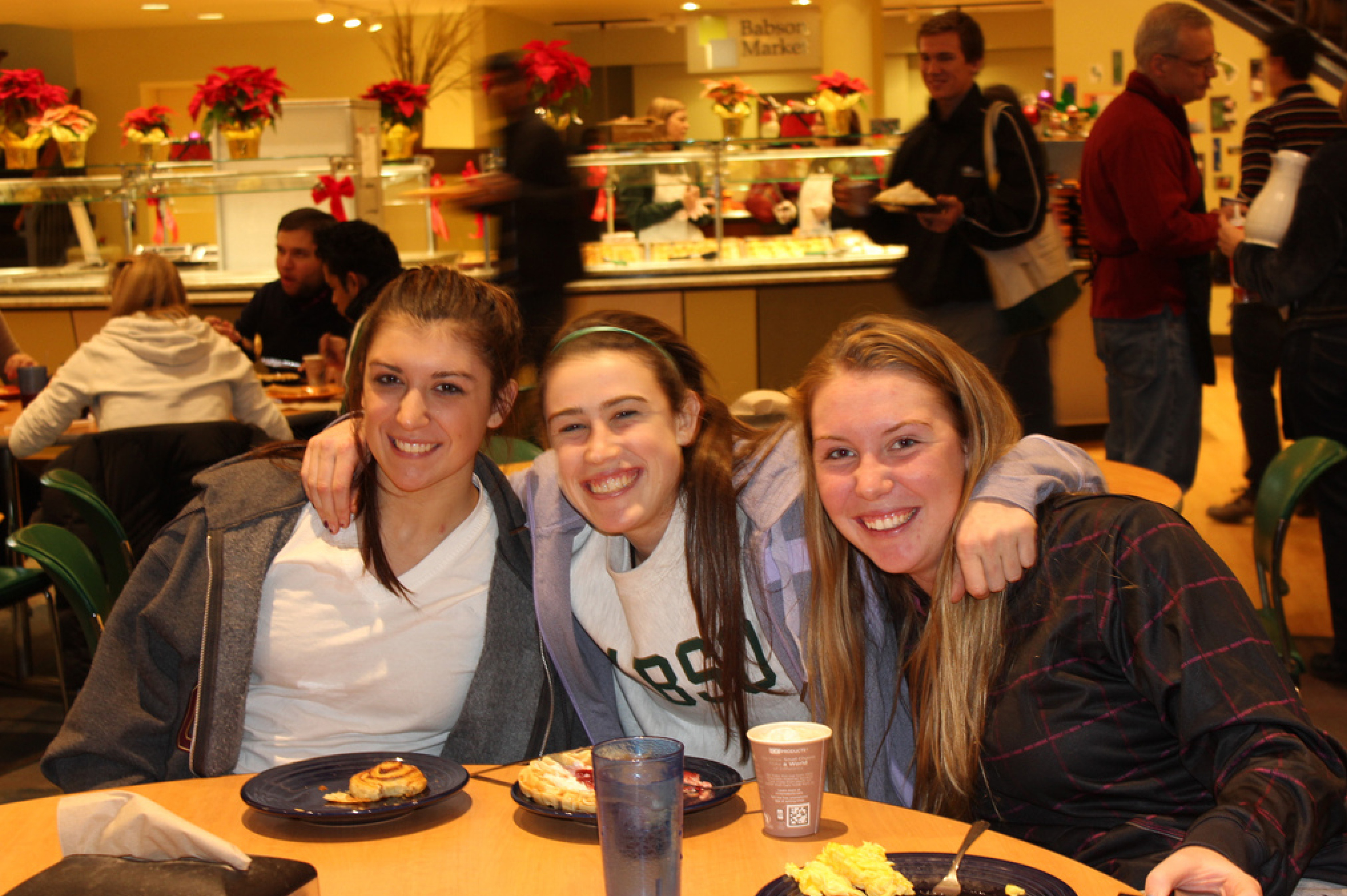
Late Night Breakfast
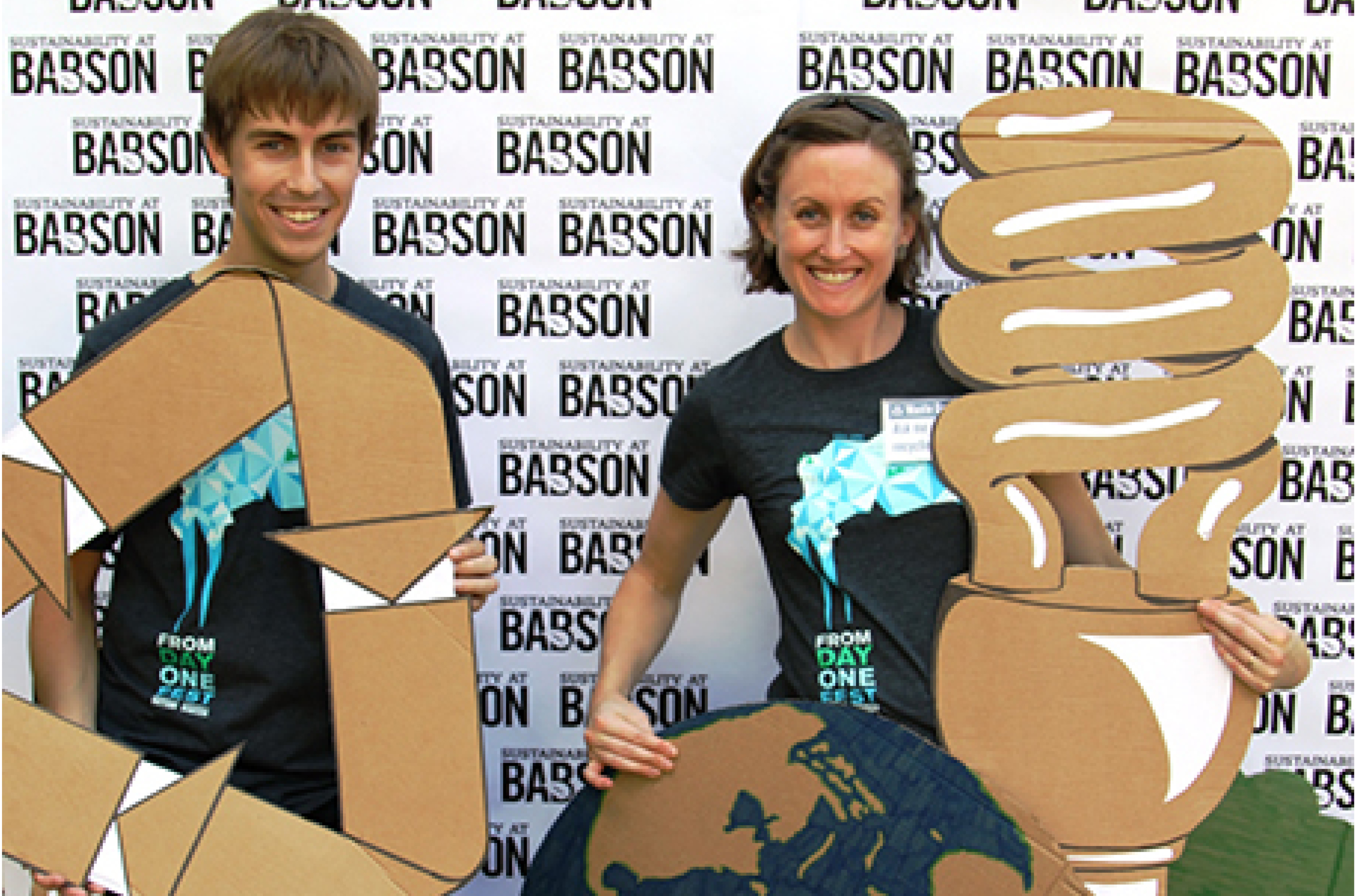
Seeking A More Sustainable Babson
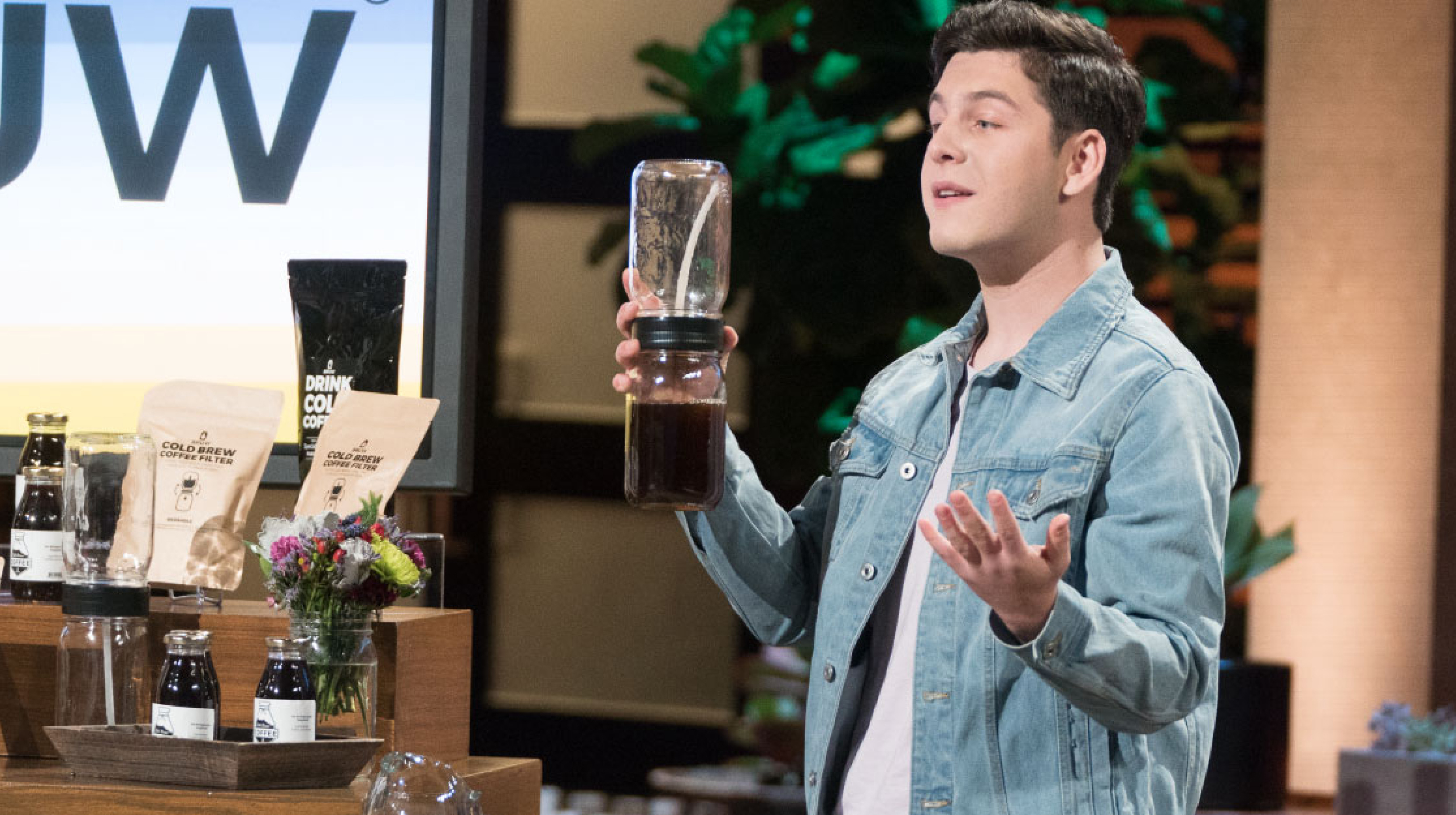
Students And Alumni On “Shark Tank”

The Babson World Globe
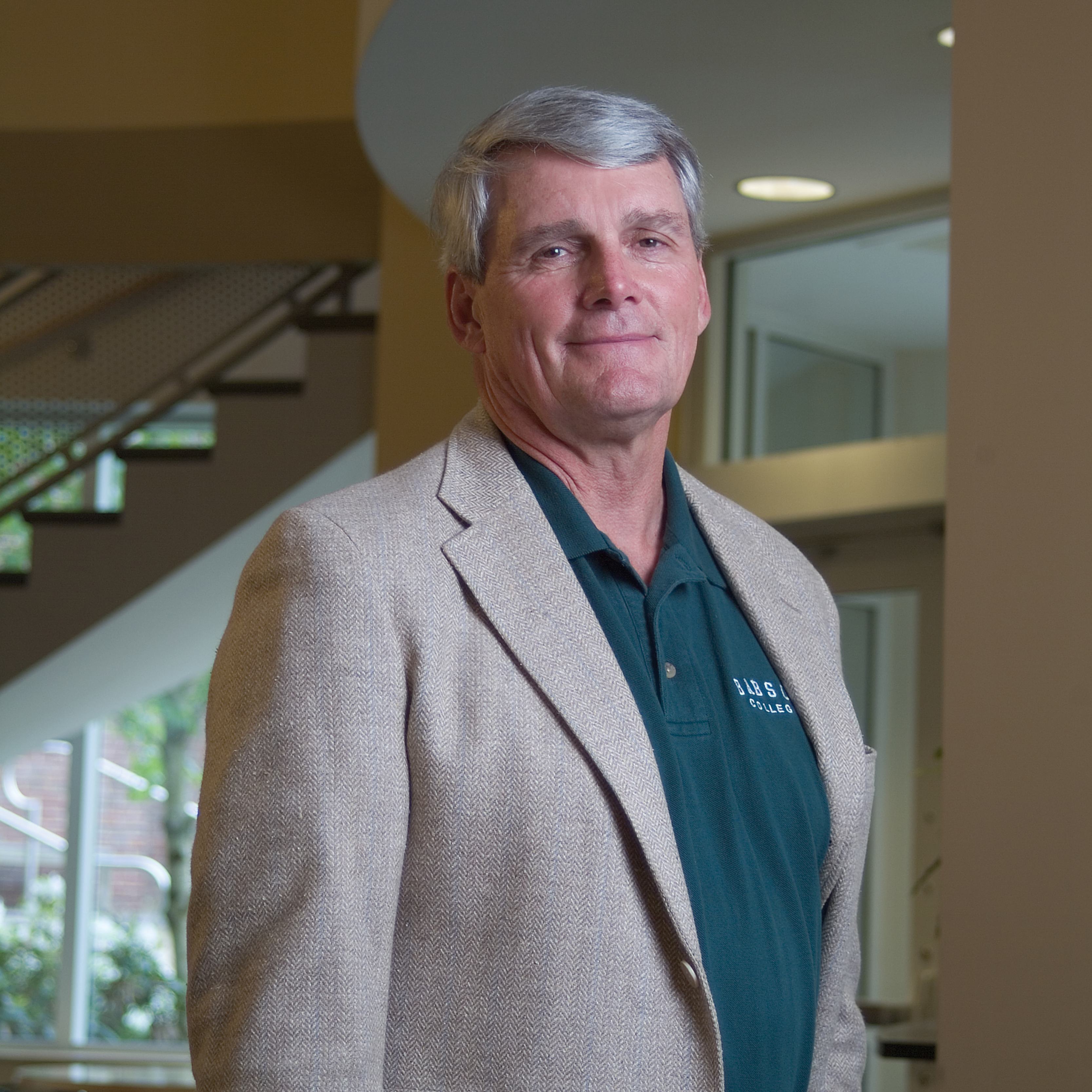
Jeffry A. Timmons
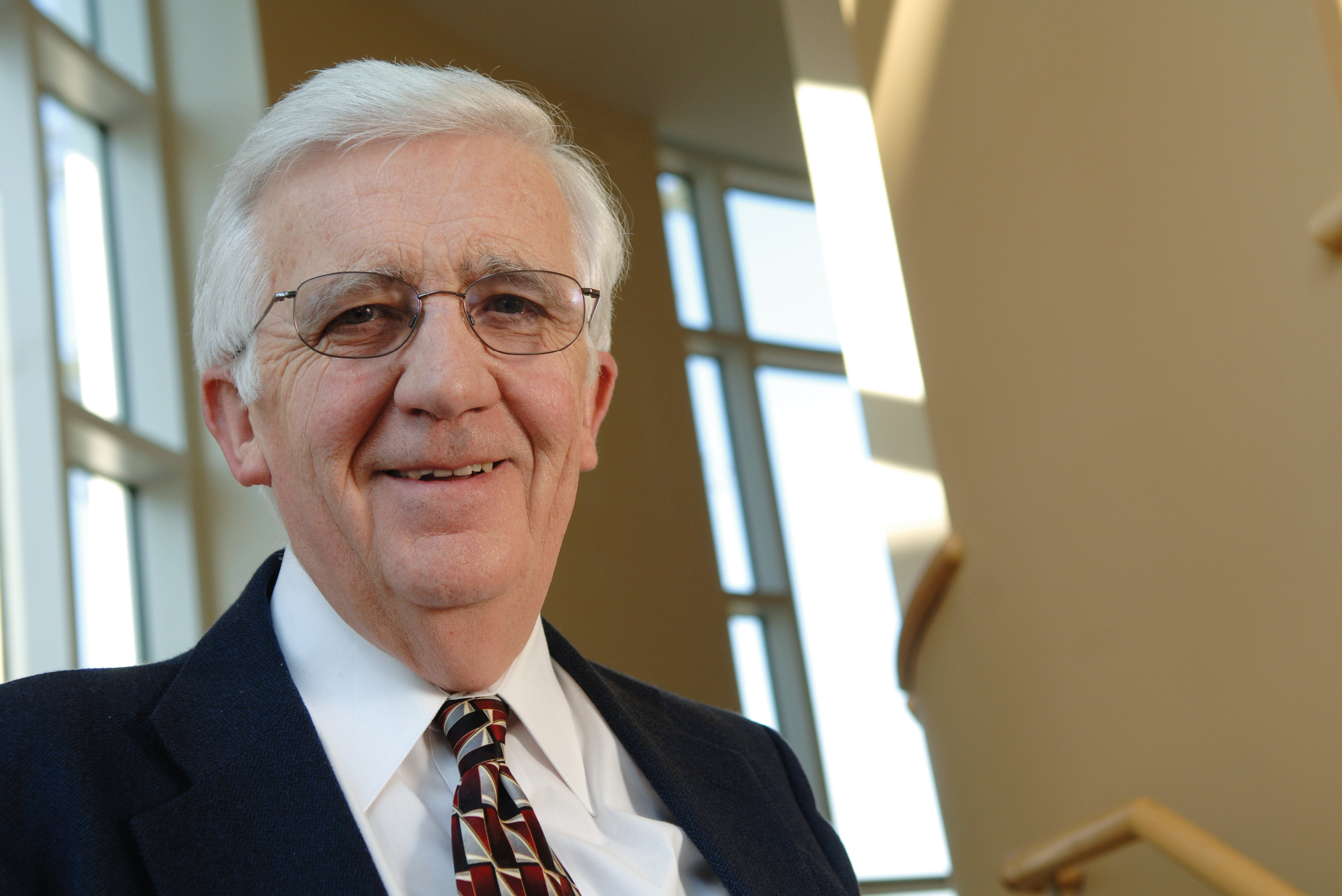
William D. Bygrave
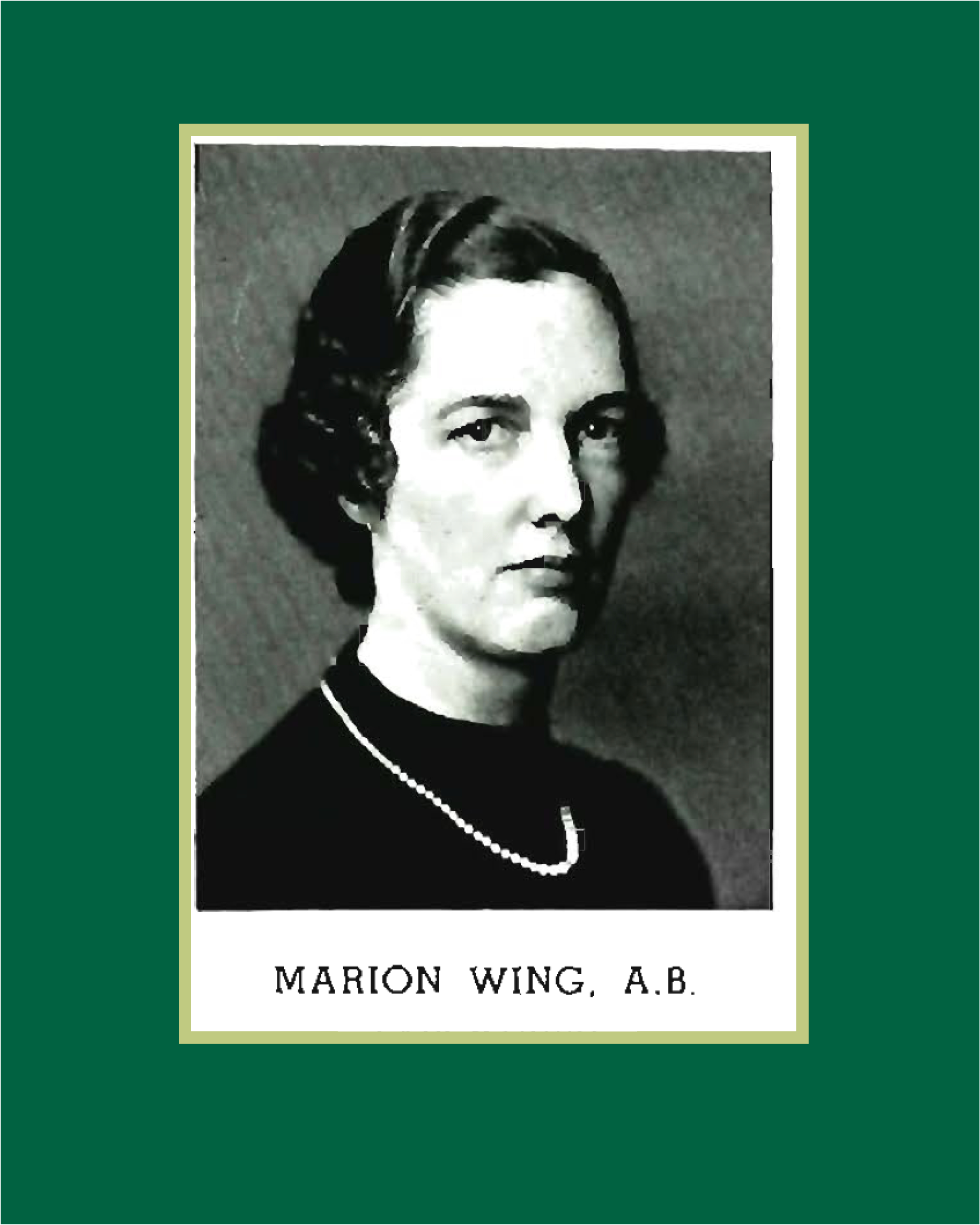
Marion Wing
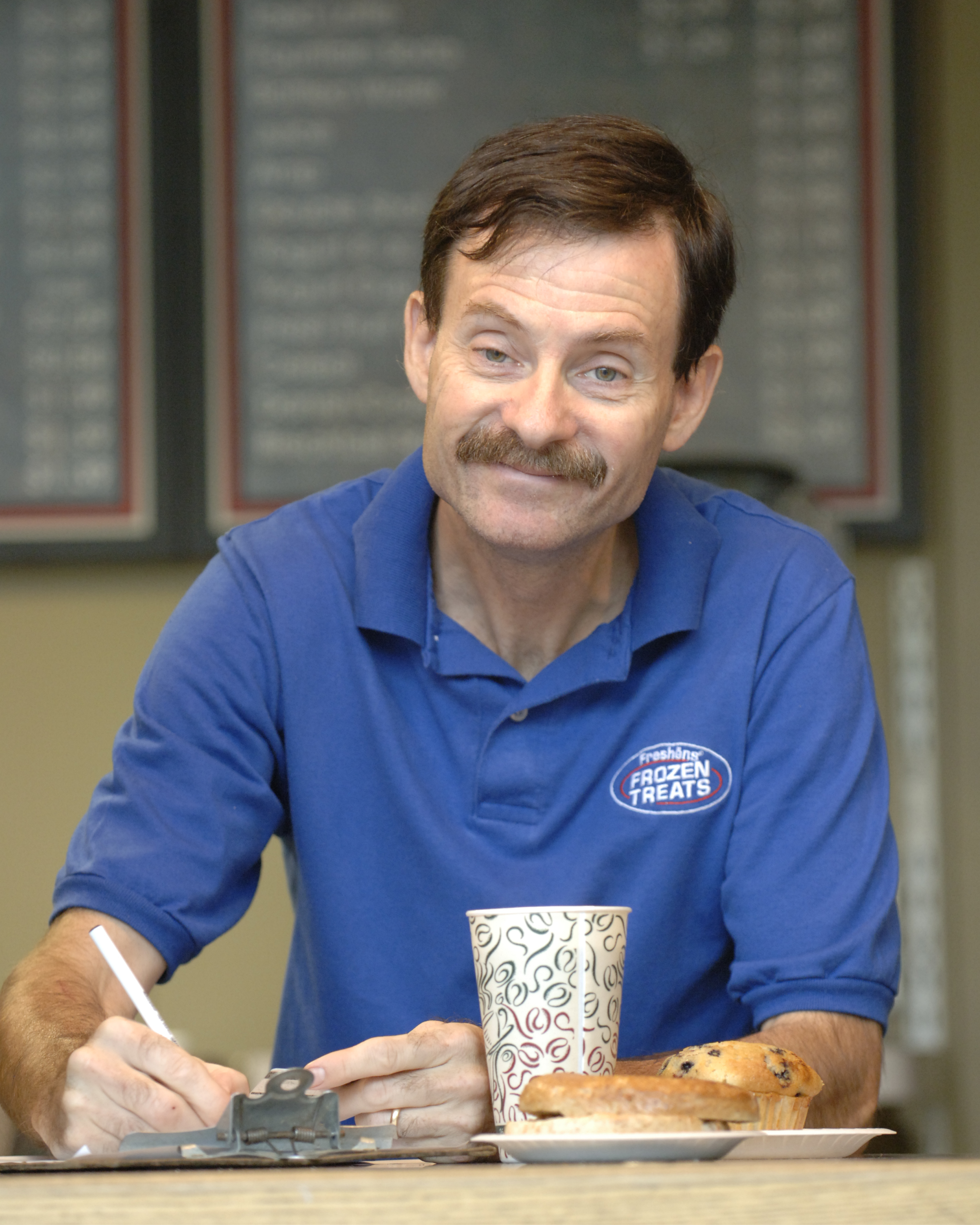
Getting Your Coffee from Woody
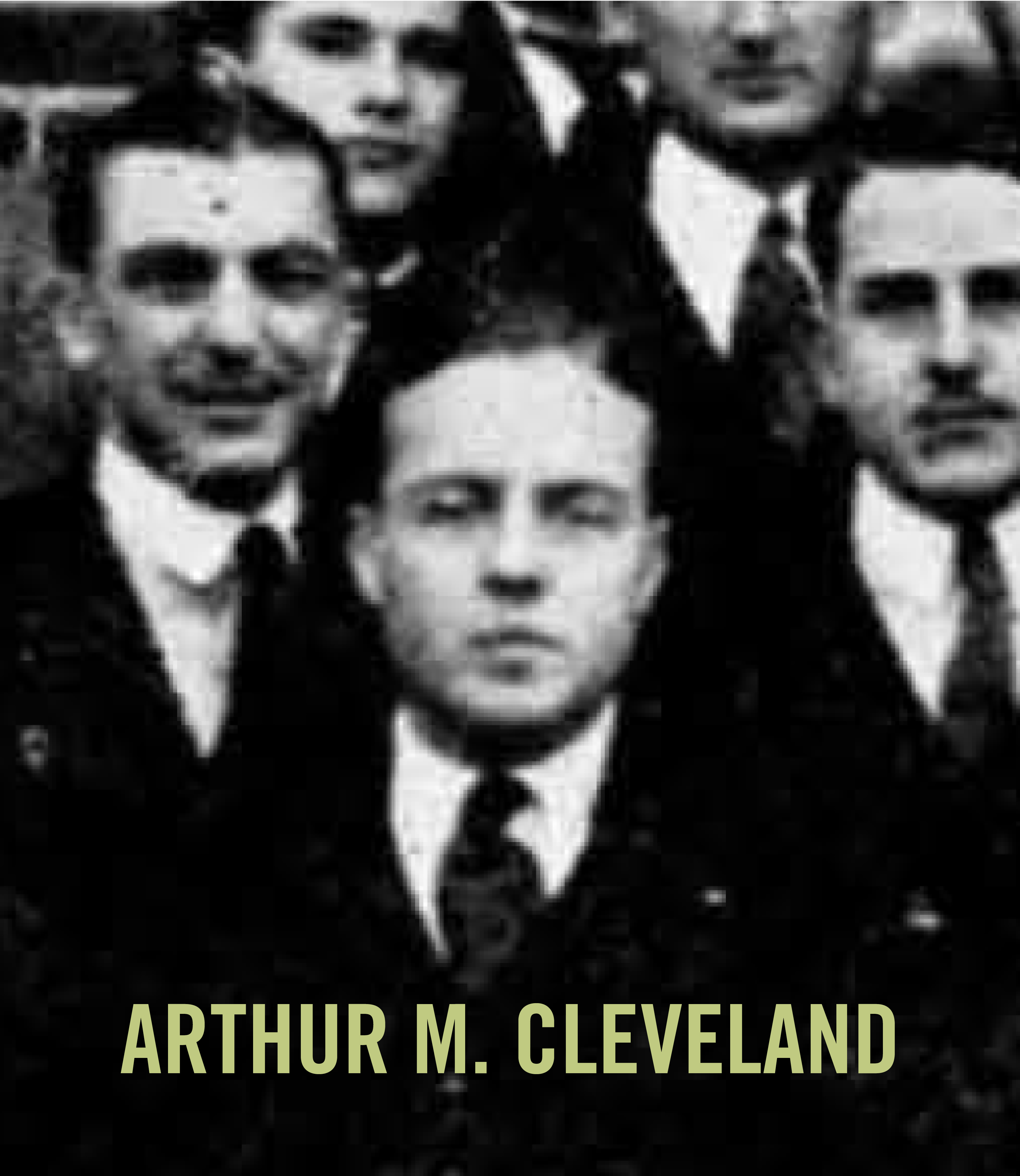
Arthur M. Cleveland
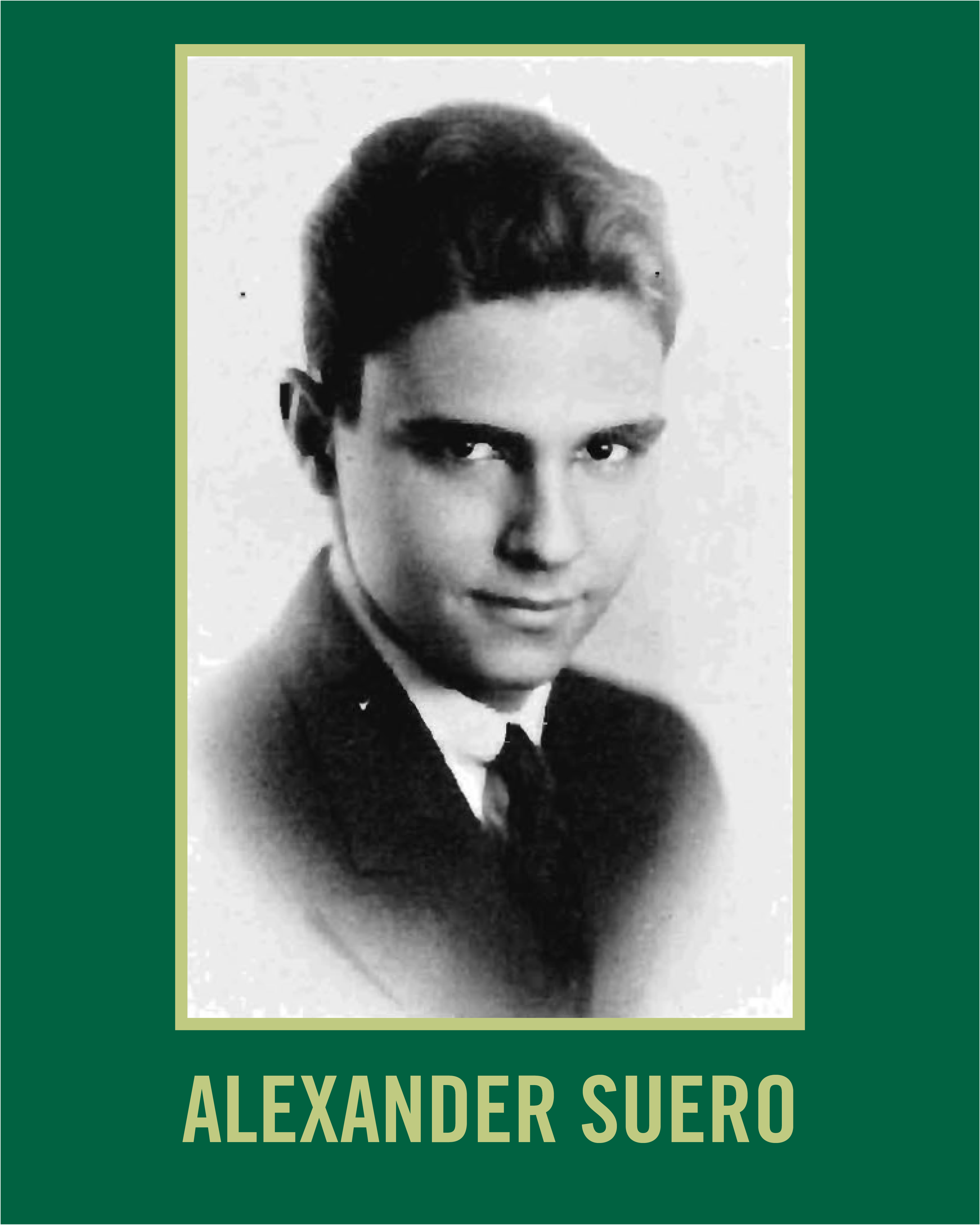
First International Students Graduate
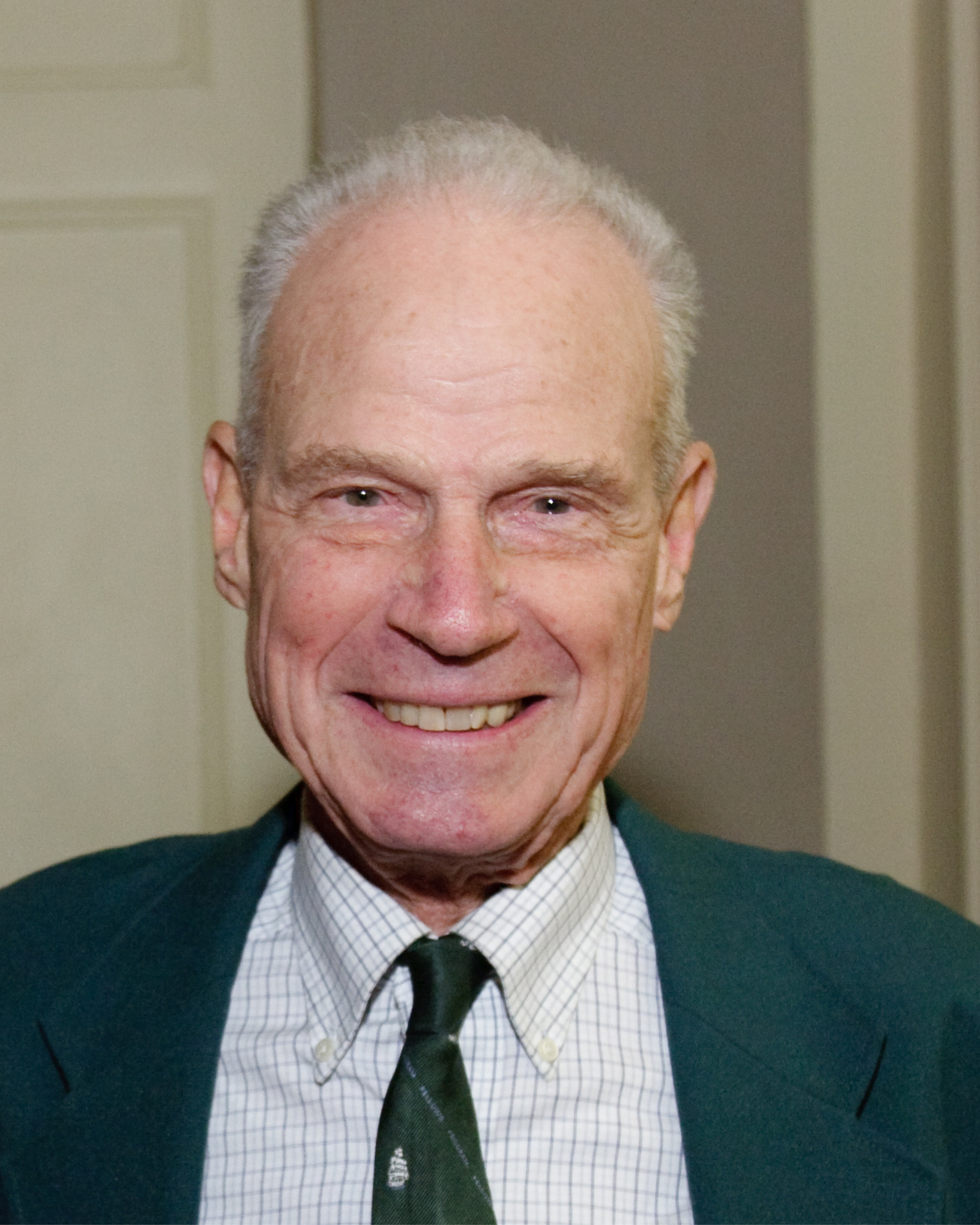
William Cruickshank

Ina Mae Harman
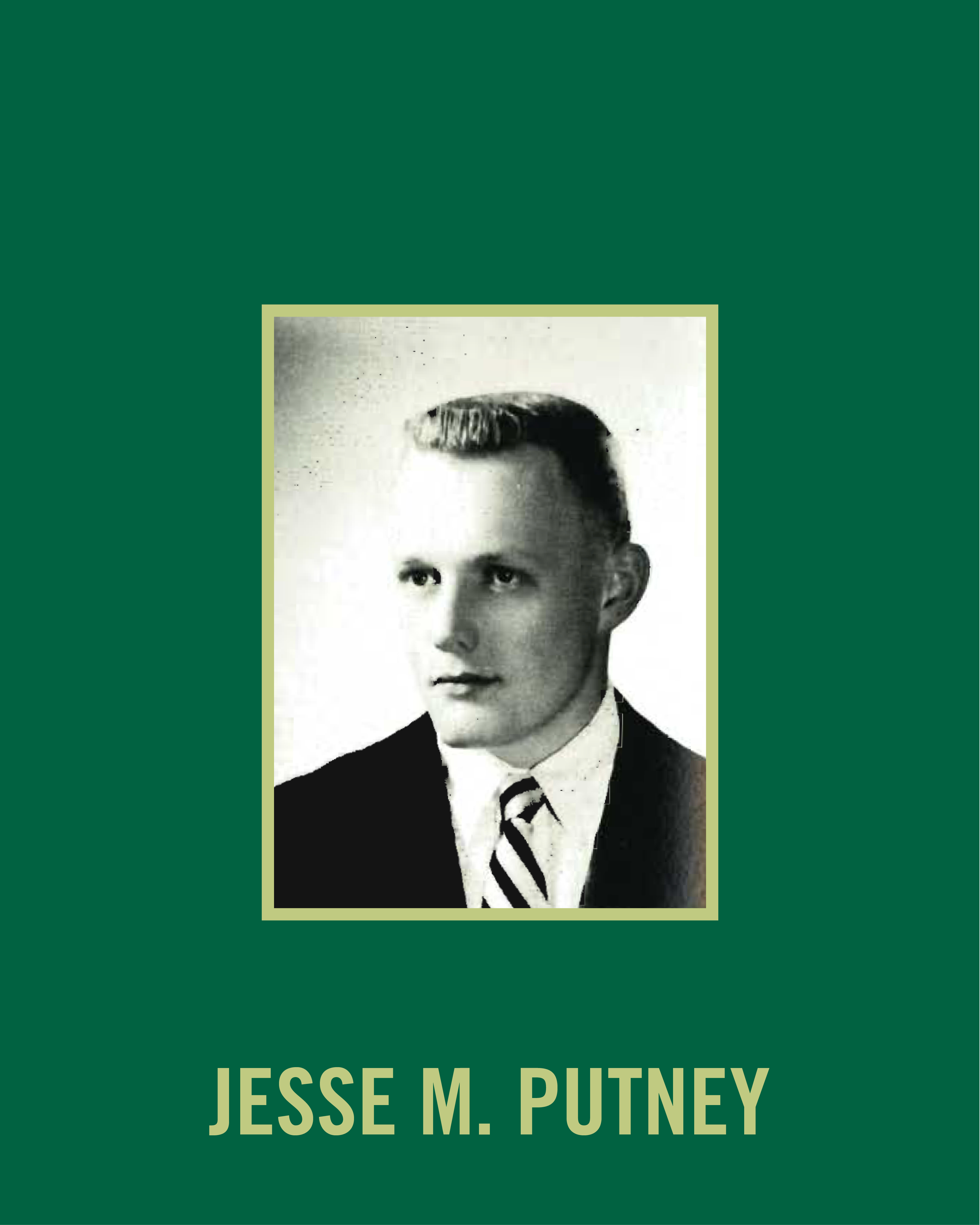
Jesse Putney
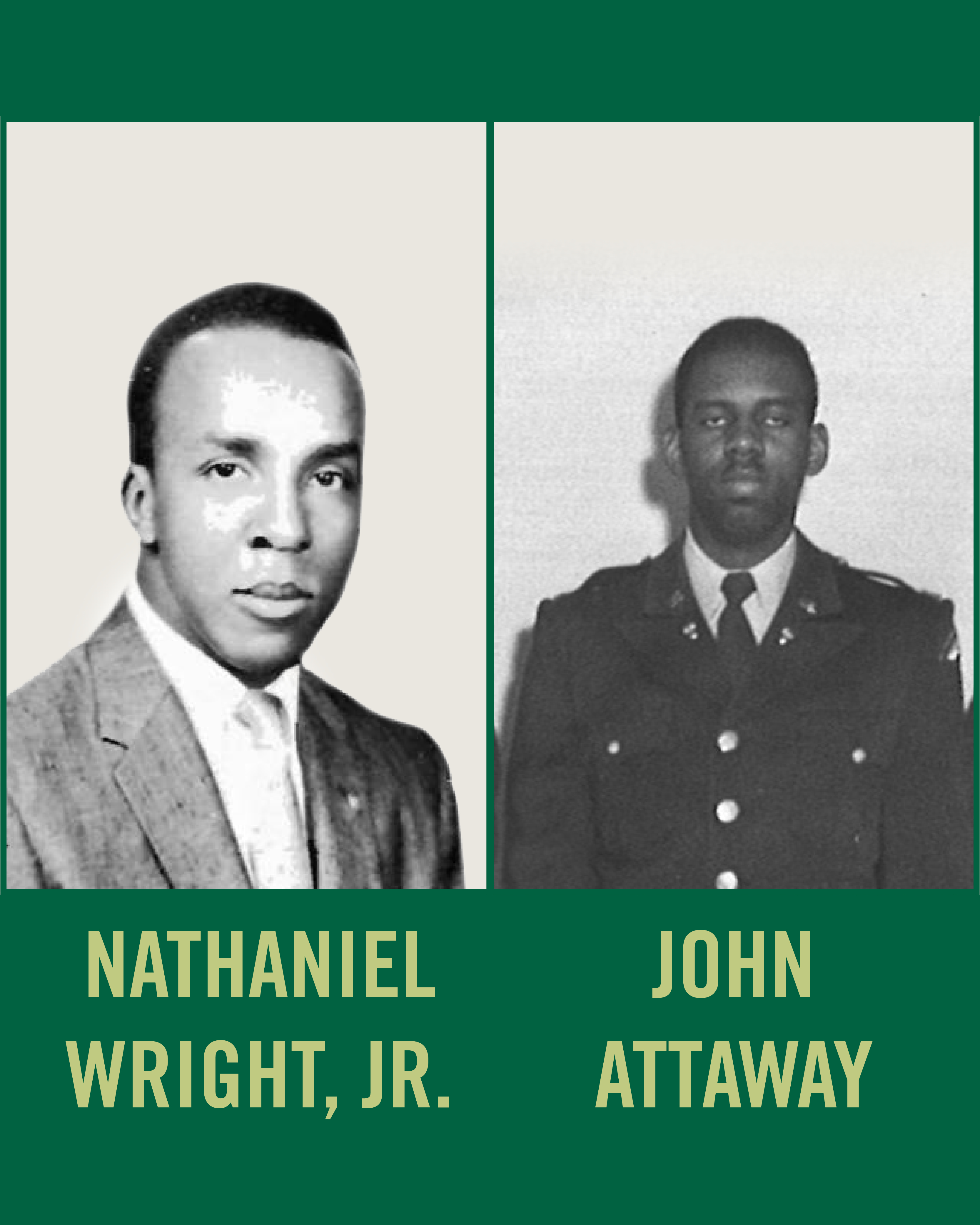
John Attaway and Nathaniel Wright Jr.
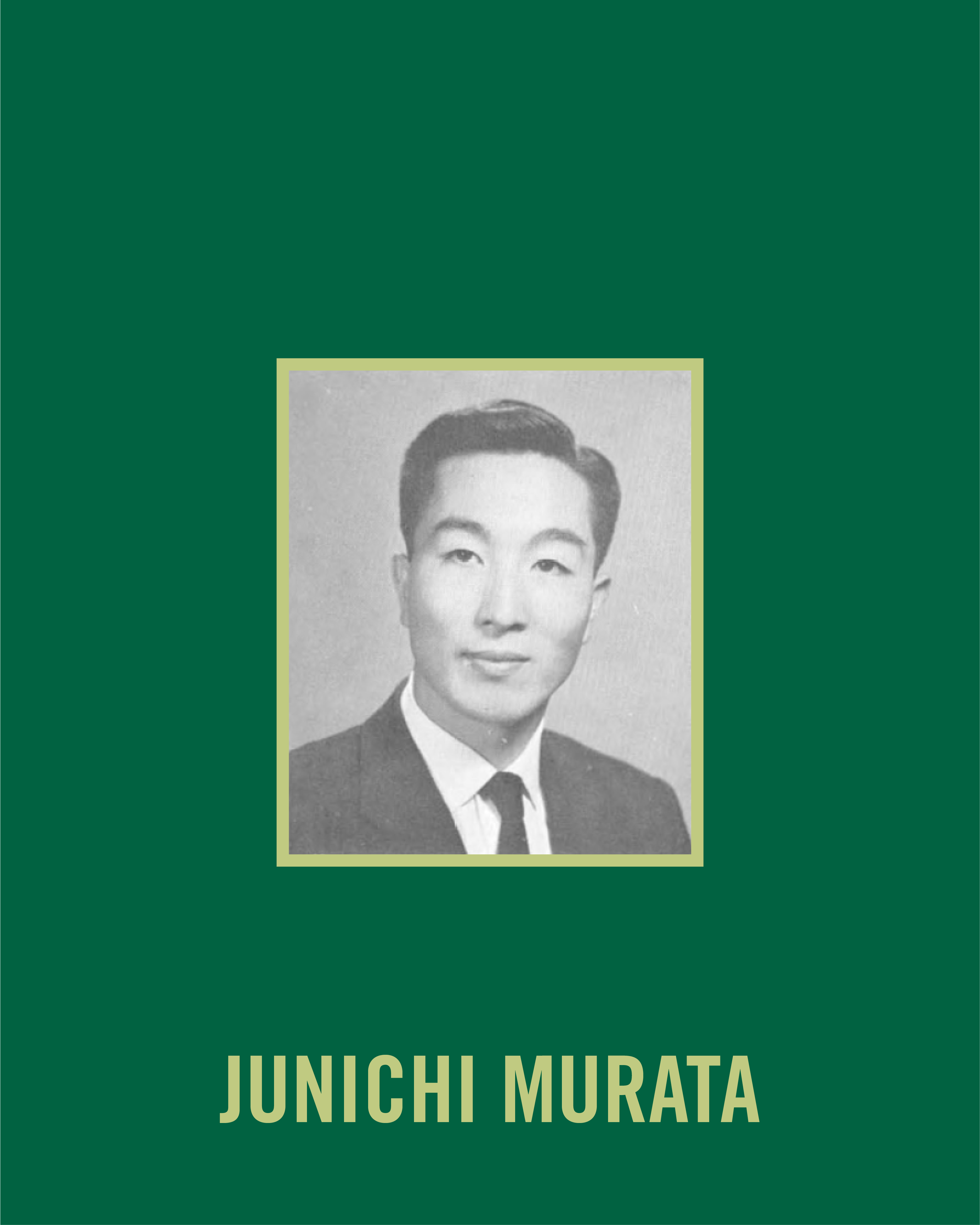
Junichi Murata Helps Shape Babson’s Future

Babson’s BRIC Program
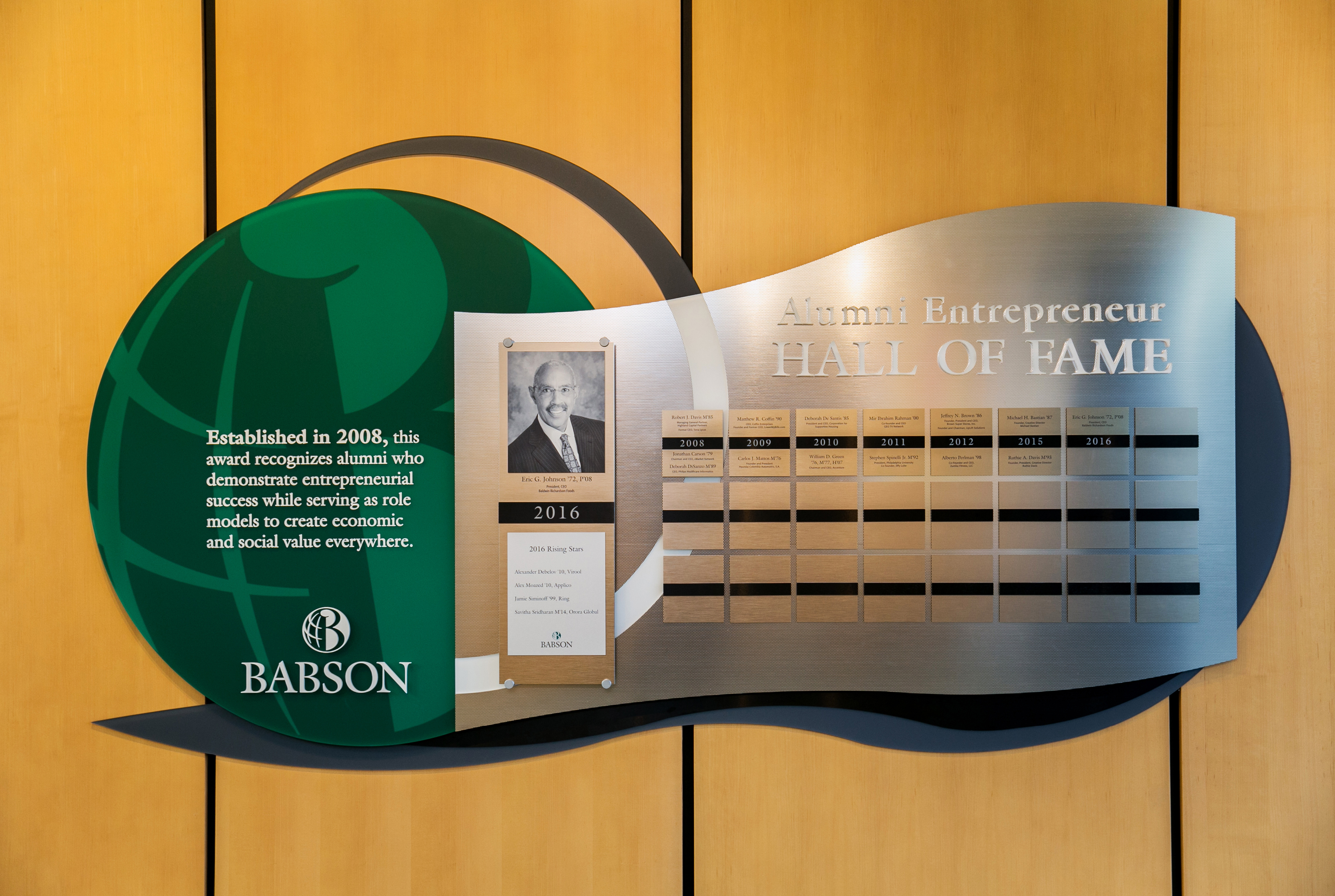
Alumni Entrepreneur Hall of Fame
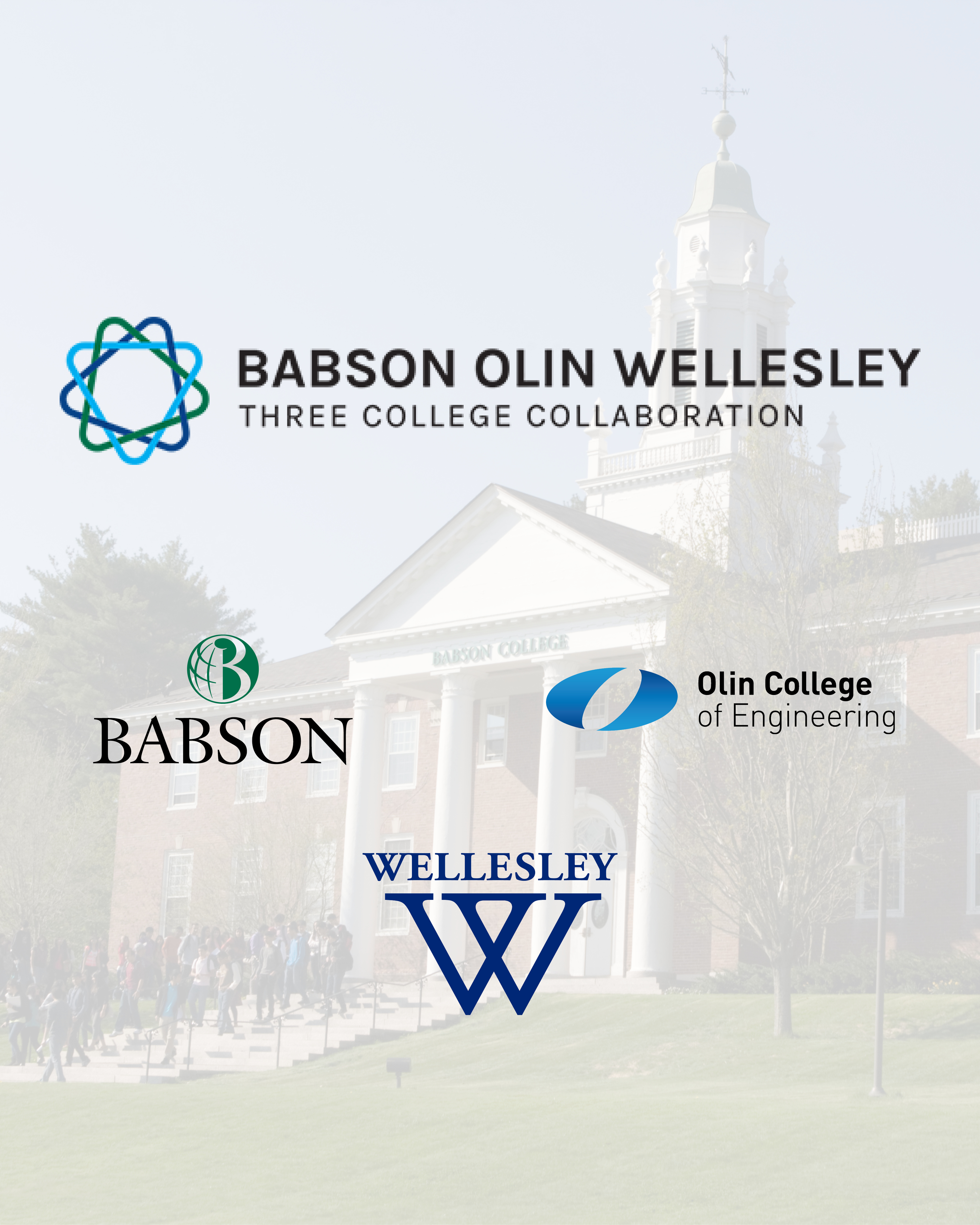
BOW Three College Collaboration
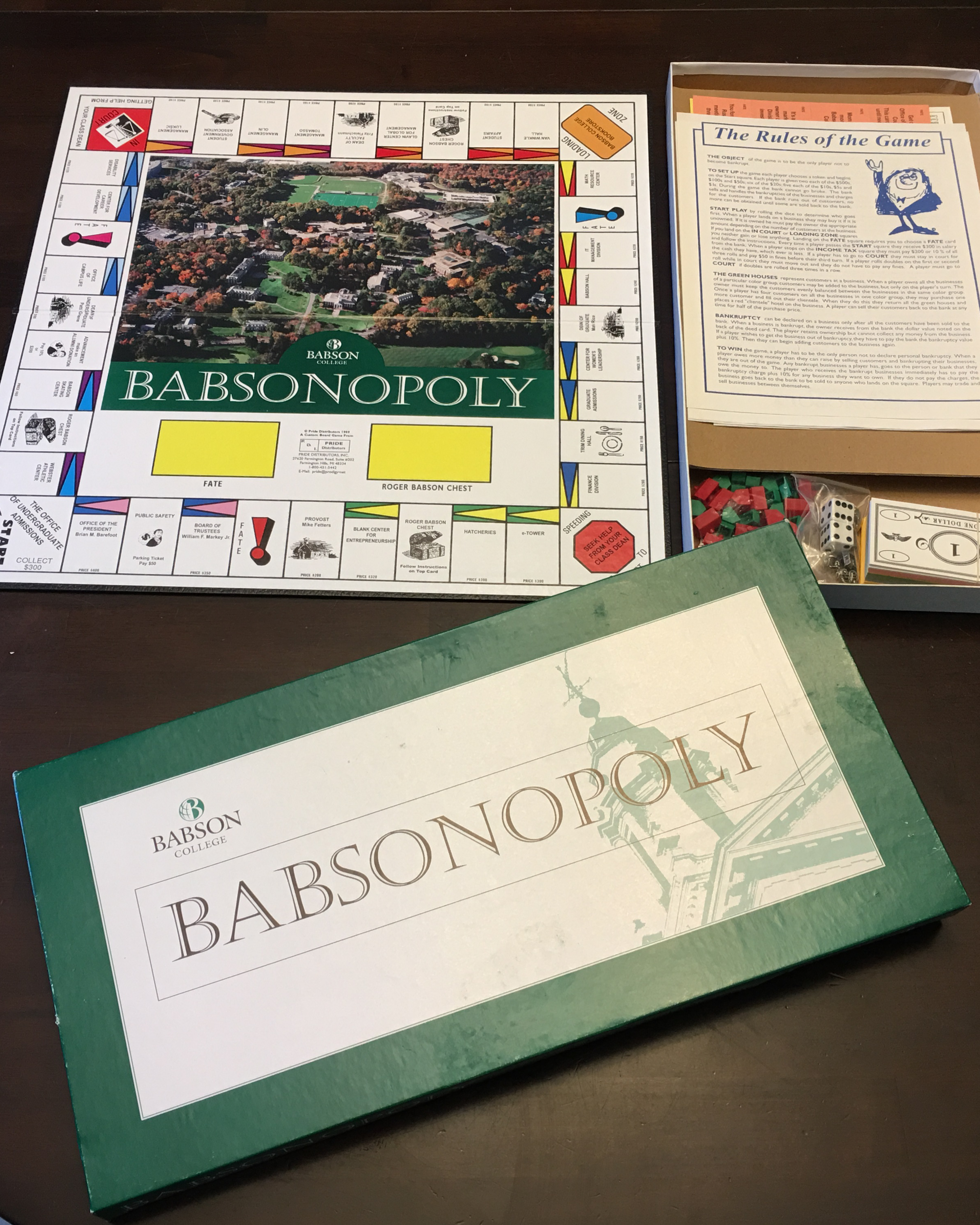
Babsonopoly Sweeps Campus

Institute for Family Entrepreneurship (IFE)
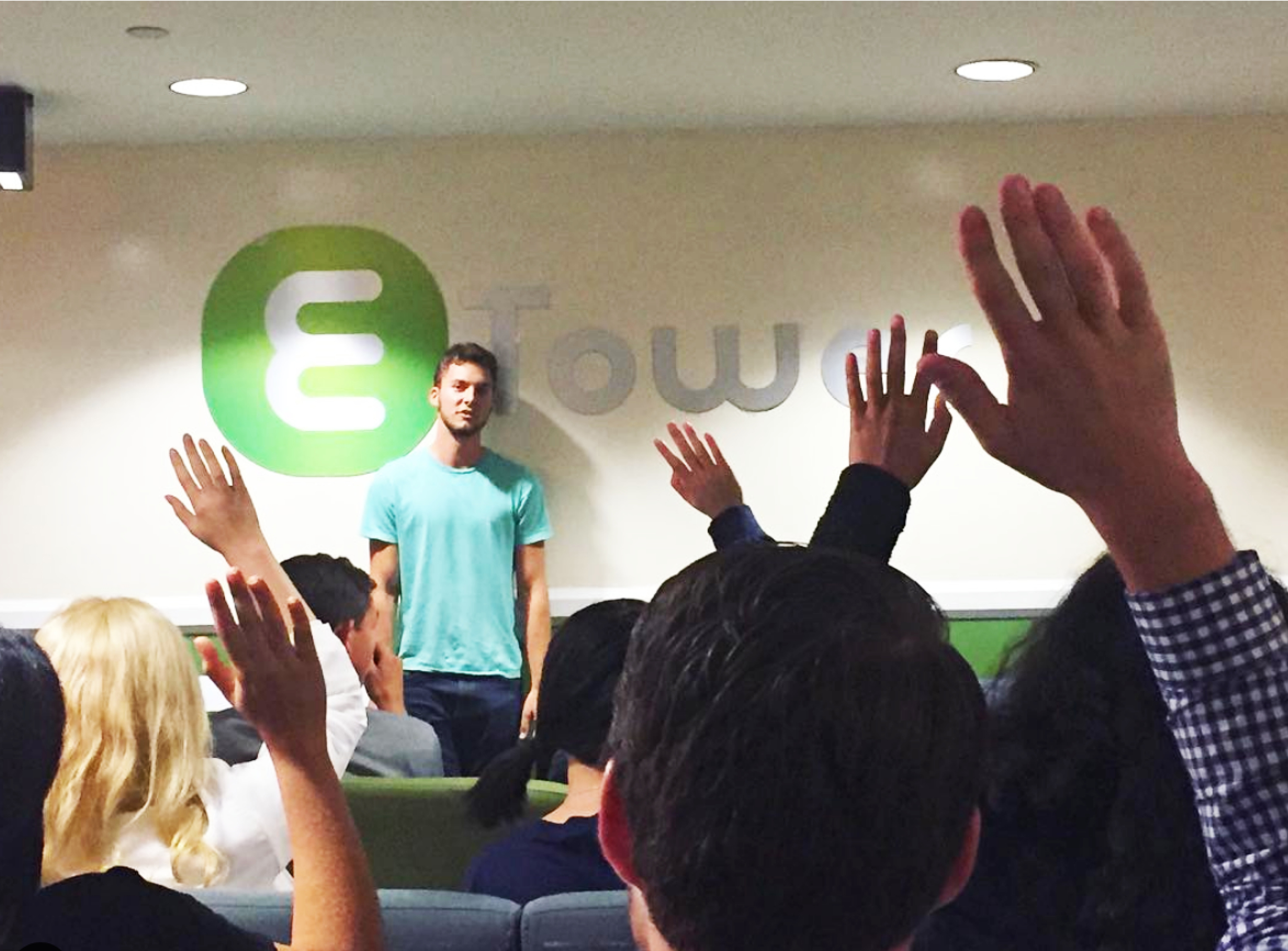
E-Tower Unleashes E-Power

Center for Women’s Entrepreneurial Leadership (CWEL)

Global Entrepreneurship Monitor (GEM)
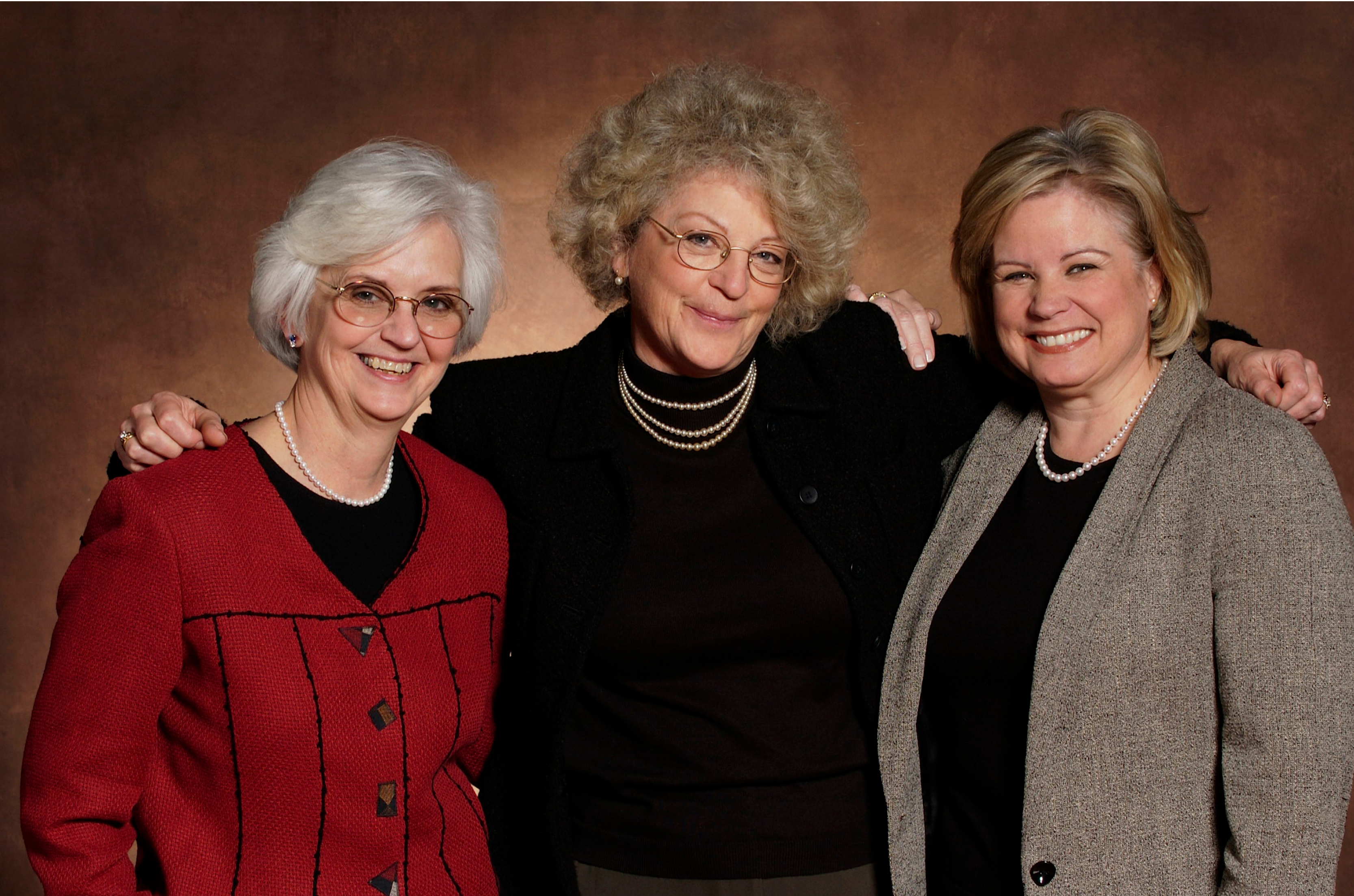
The Diana Project™: Researching Women’s Entrepreneurship
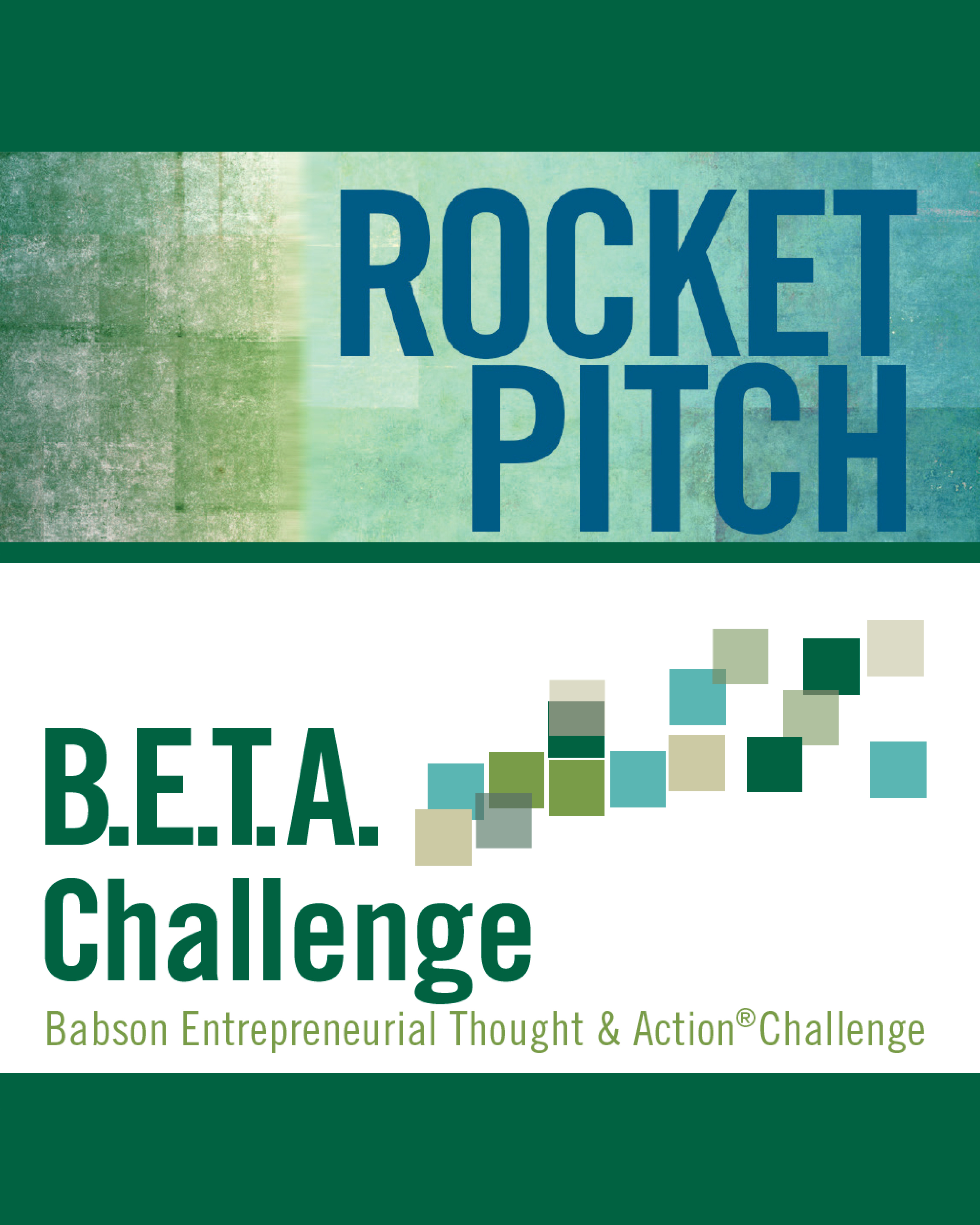
B.E.T.A. (Babson Entrepreneurial Thought & Action®) Challenge

Coaching for Leadership and Teamwork Program (CLTP)

Stephen D. Cutler Center for Investments and Finance
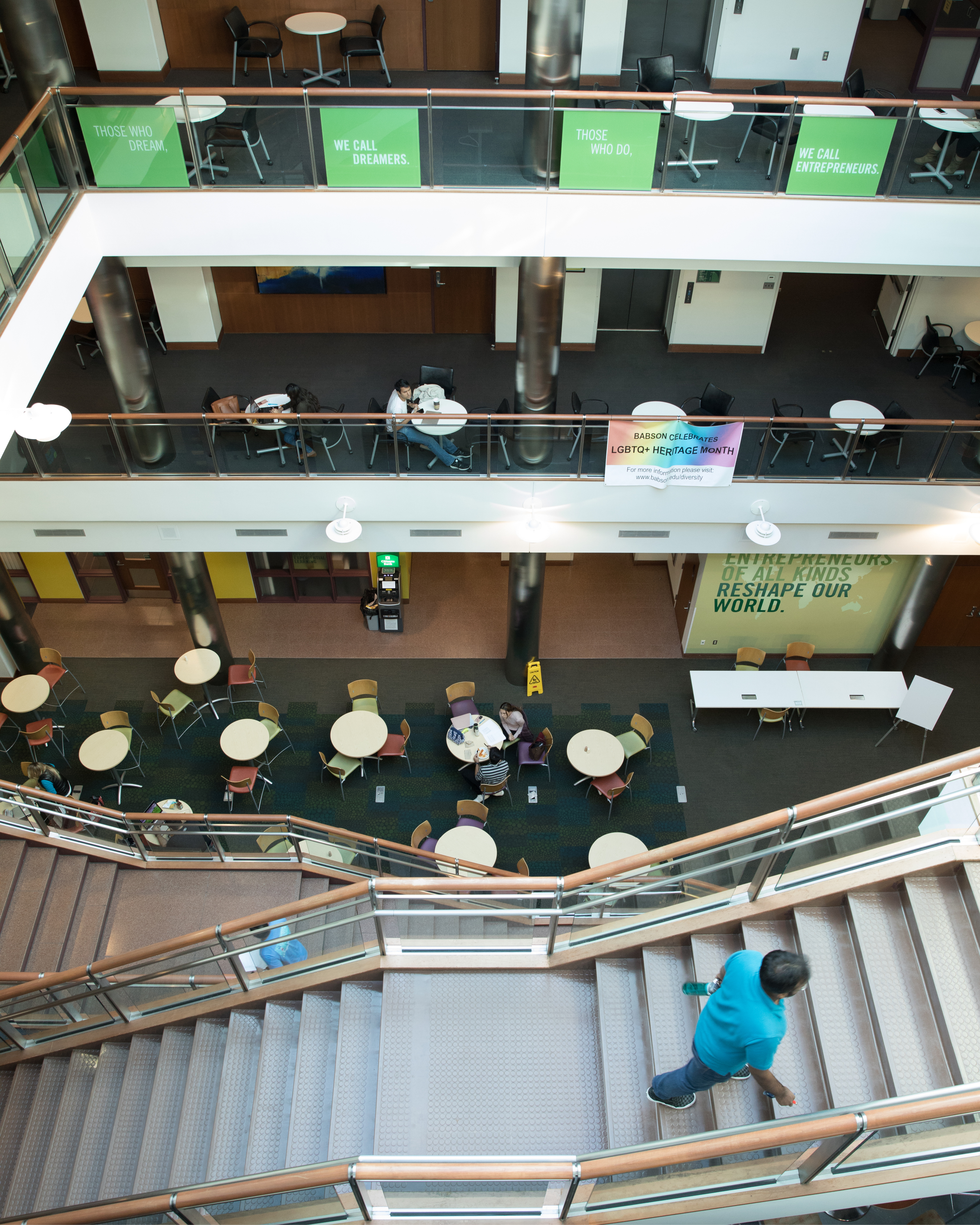
Olin Hall

BabsonARTS at the Sorenson Center
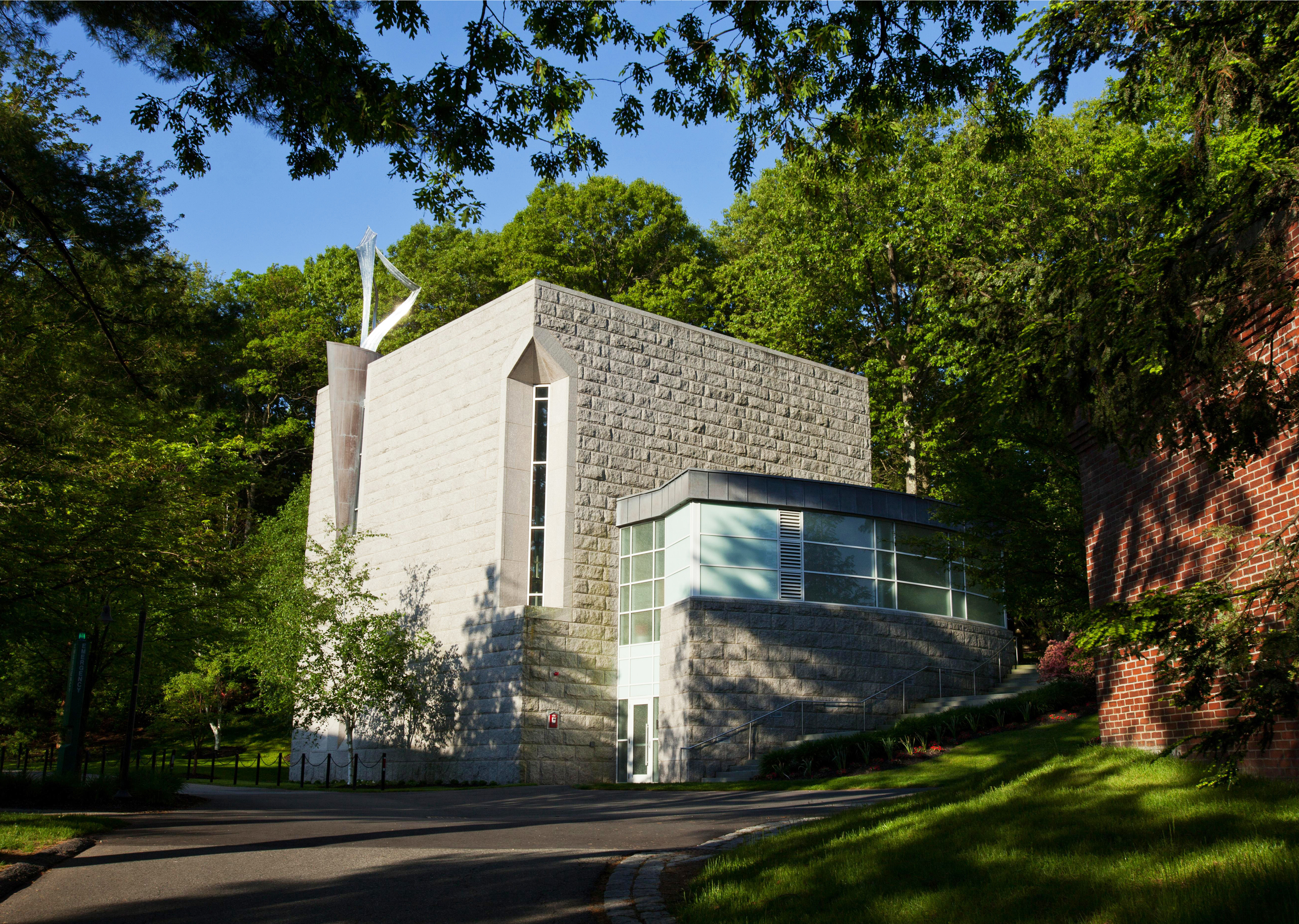
Glavin Family Chapel
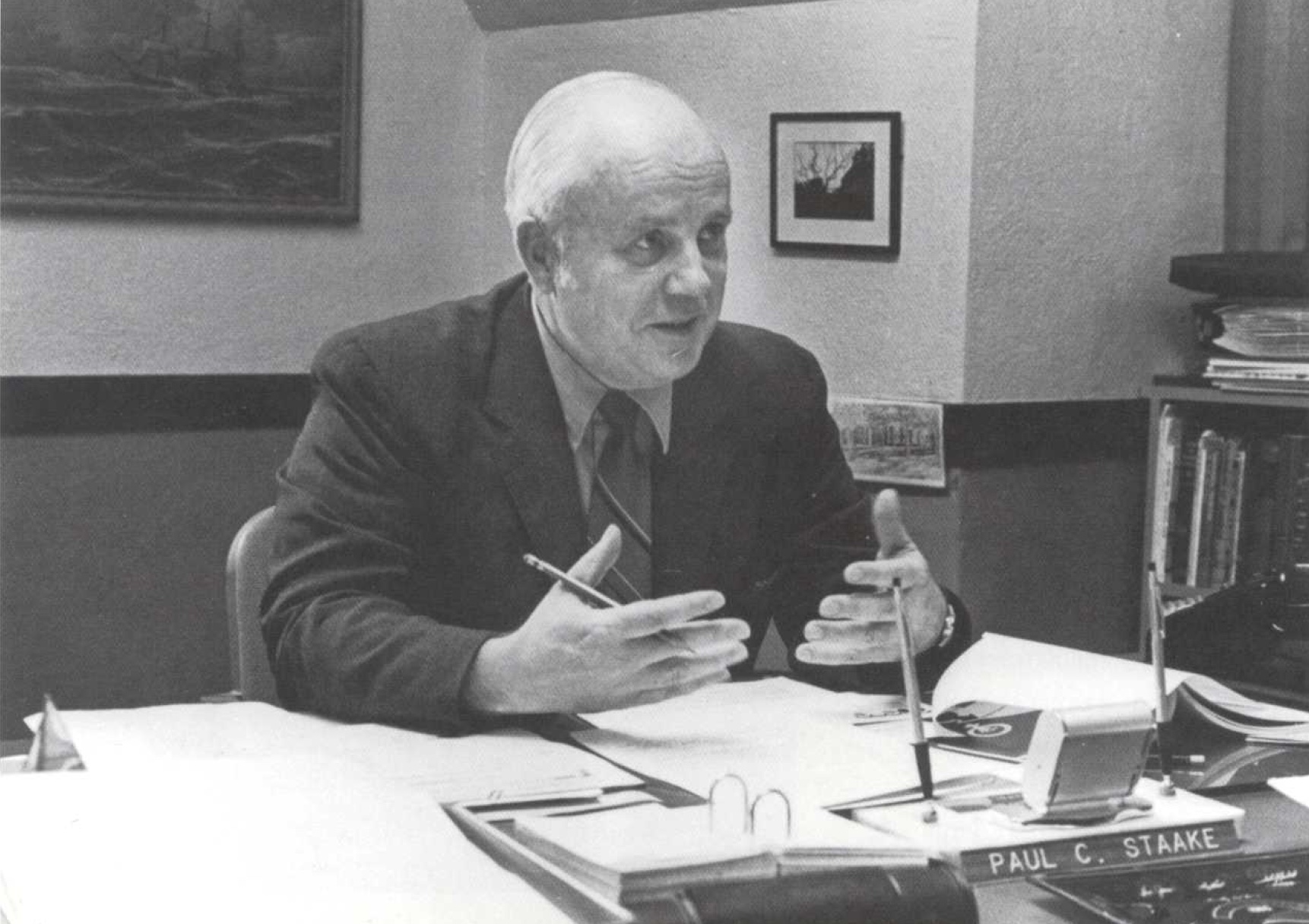
Staake Gymnasium
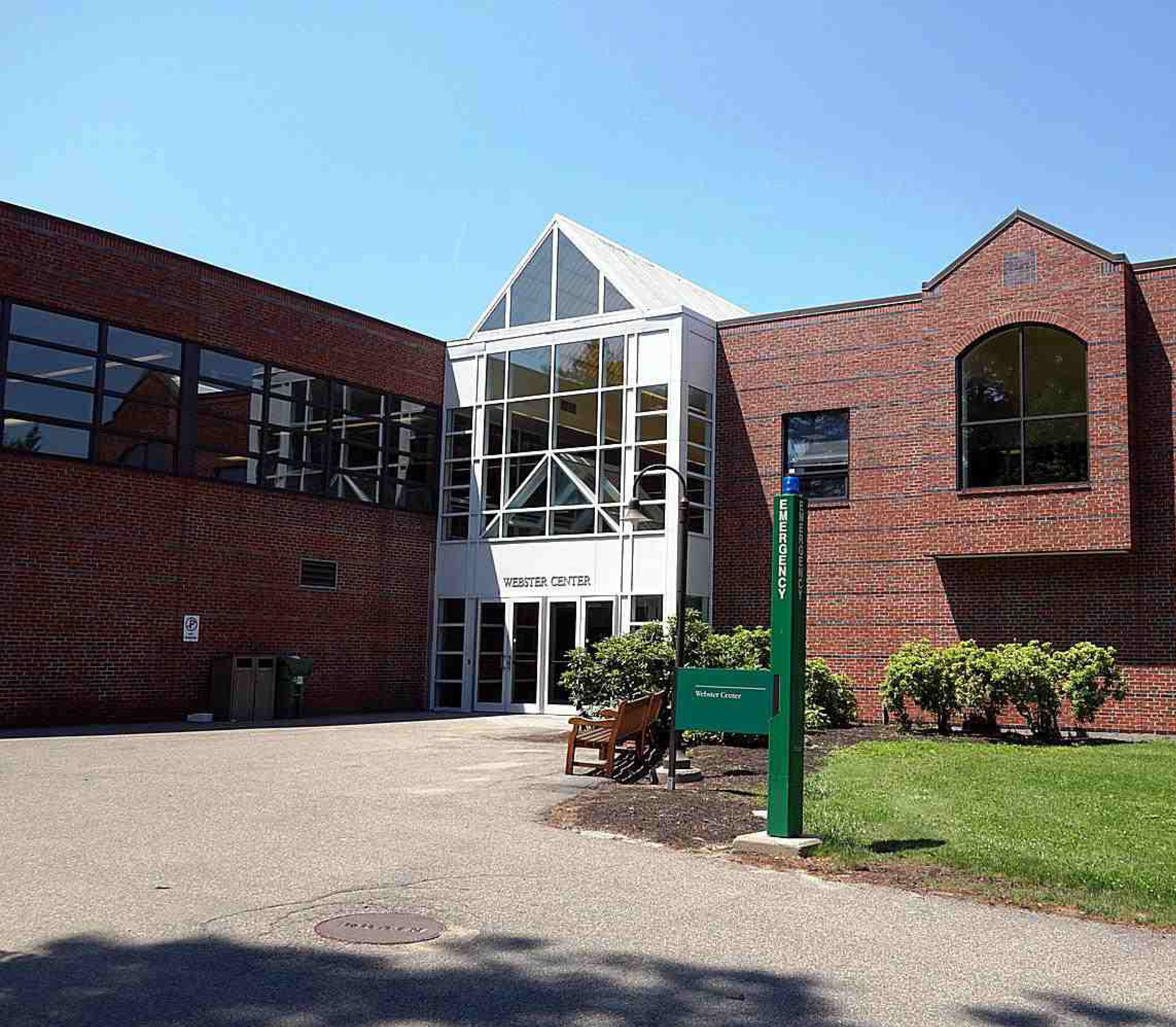
The Webster Center
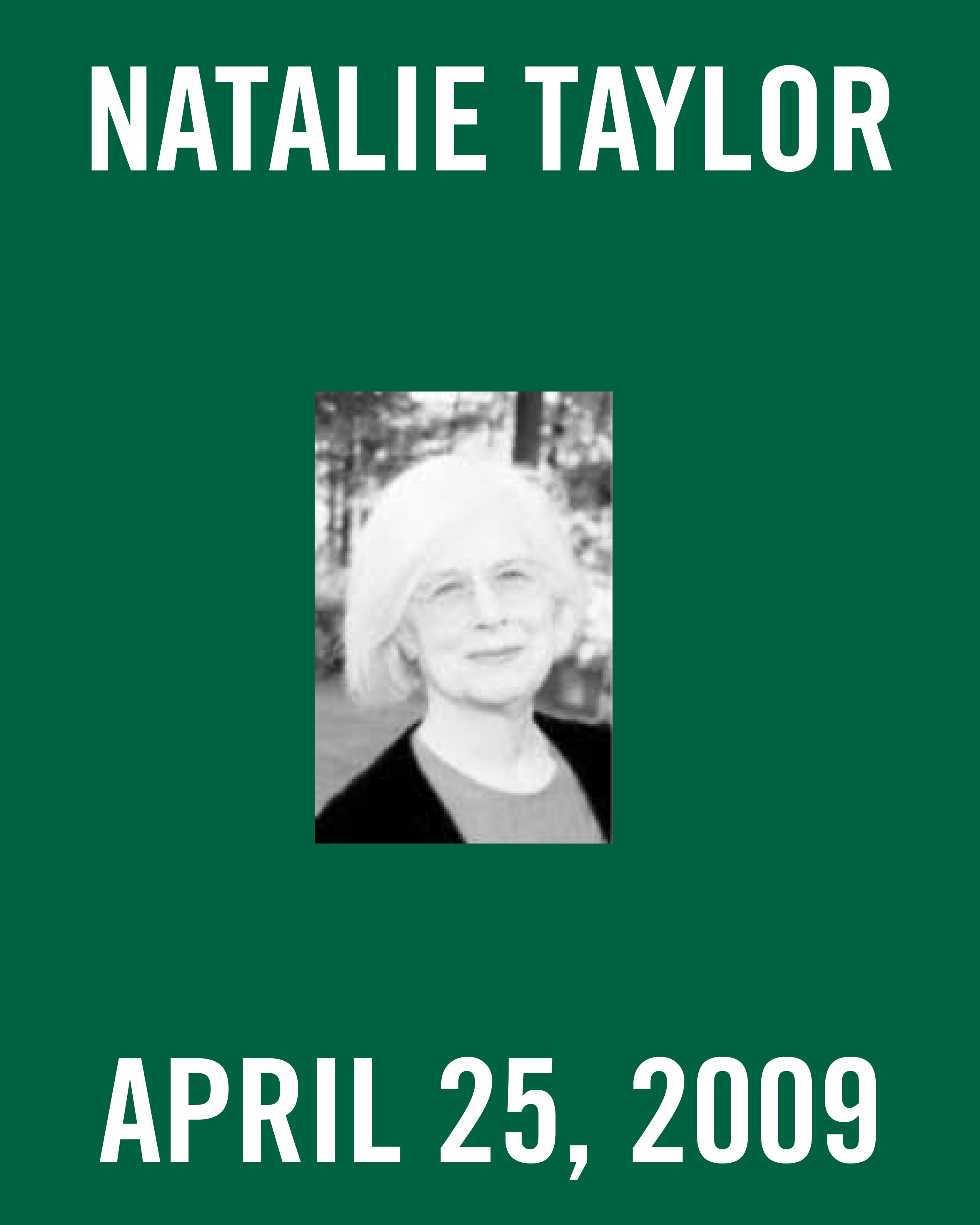
Natalie Taylor
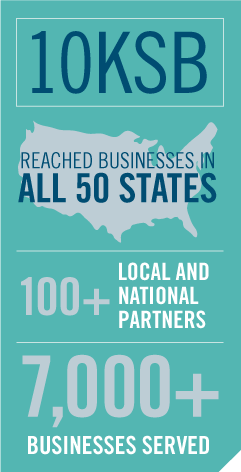
Goldman Sachs 10,000 Small Businesses

Taking the Babson Pledge
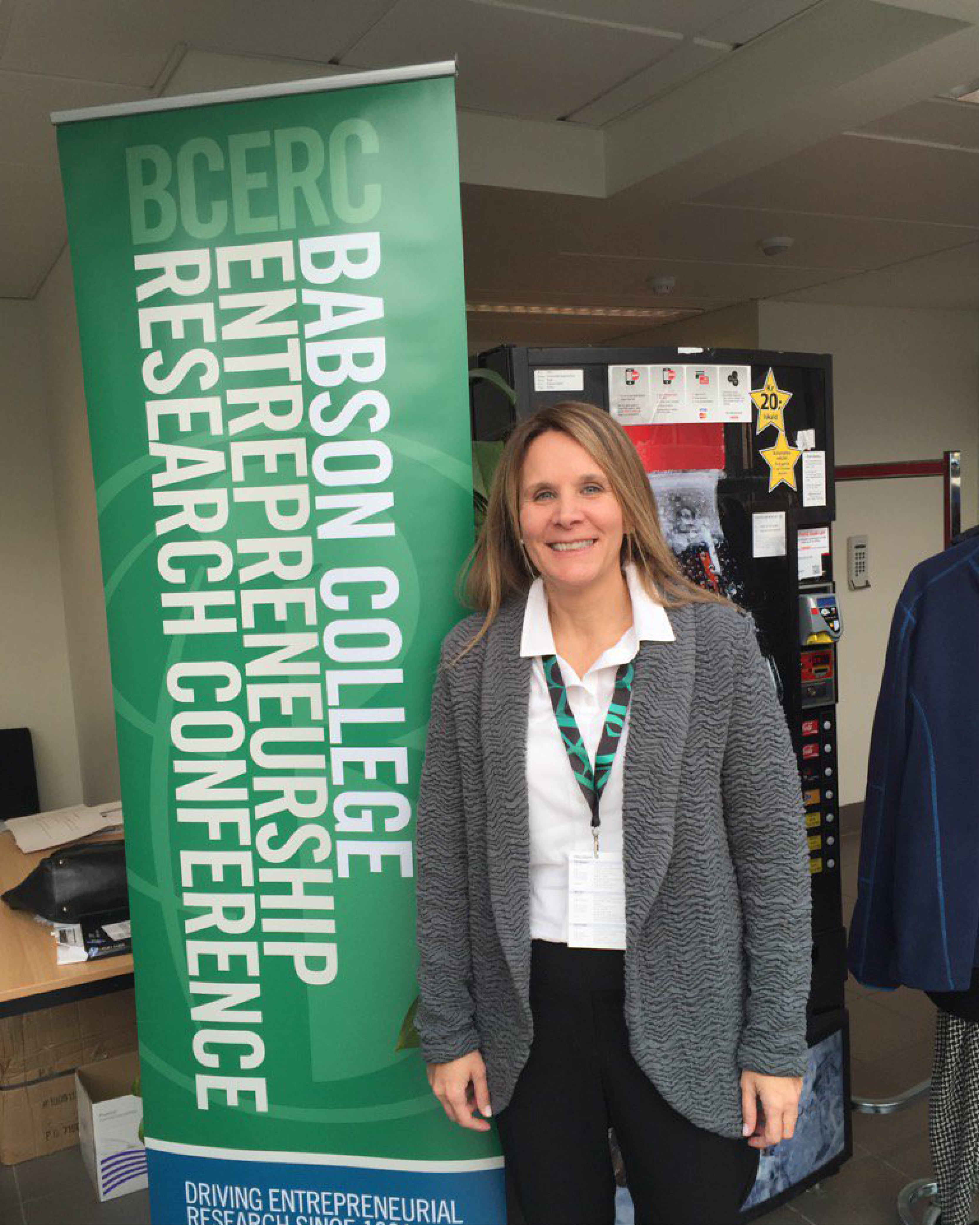
Babson College Entrepreneurship Research Conference
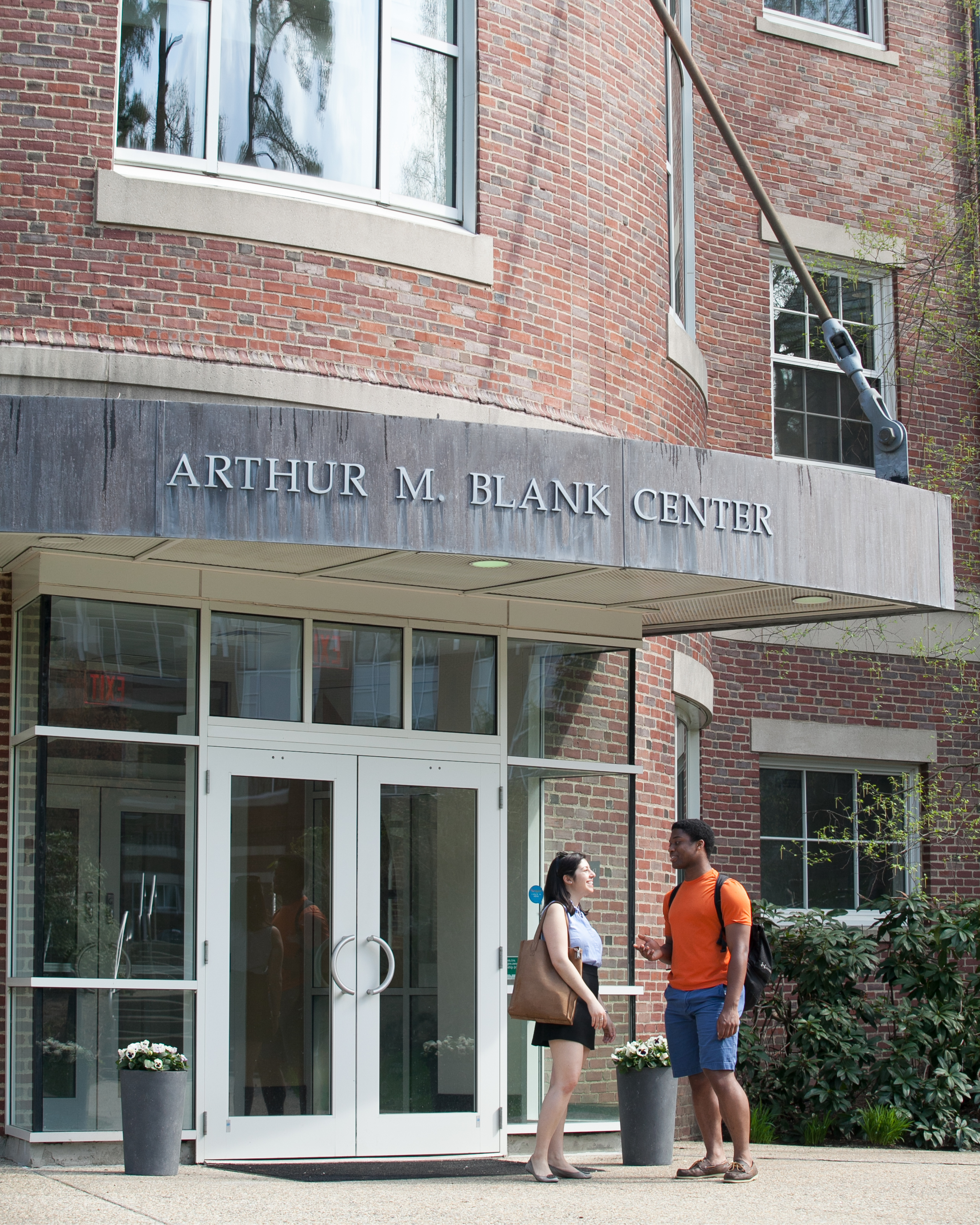
The Arthur M. Blank Center for Entrepreneurship

1978: Big Year, Big Blizzard

Academy of Distinguished Entrepreneurs

Babson Executive Education
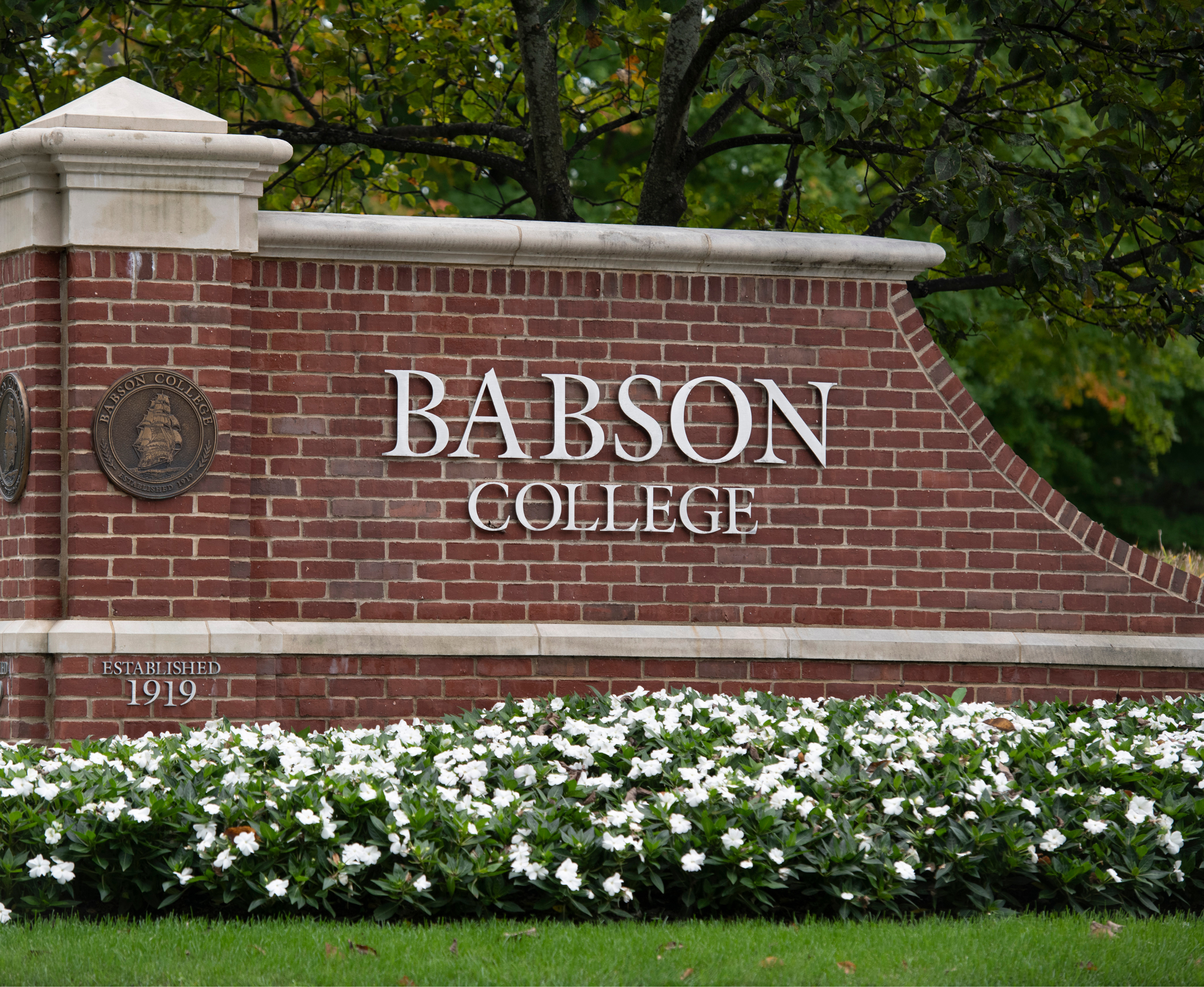
Babson Goes to College

Babson Love Stories

Hartwell-Rogers Field
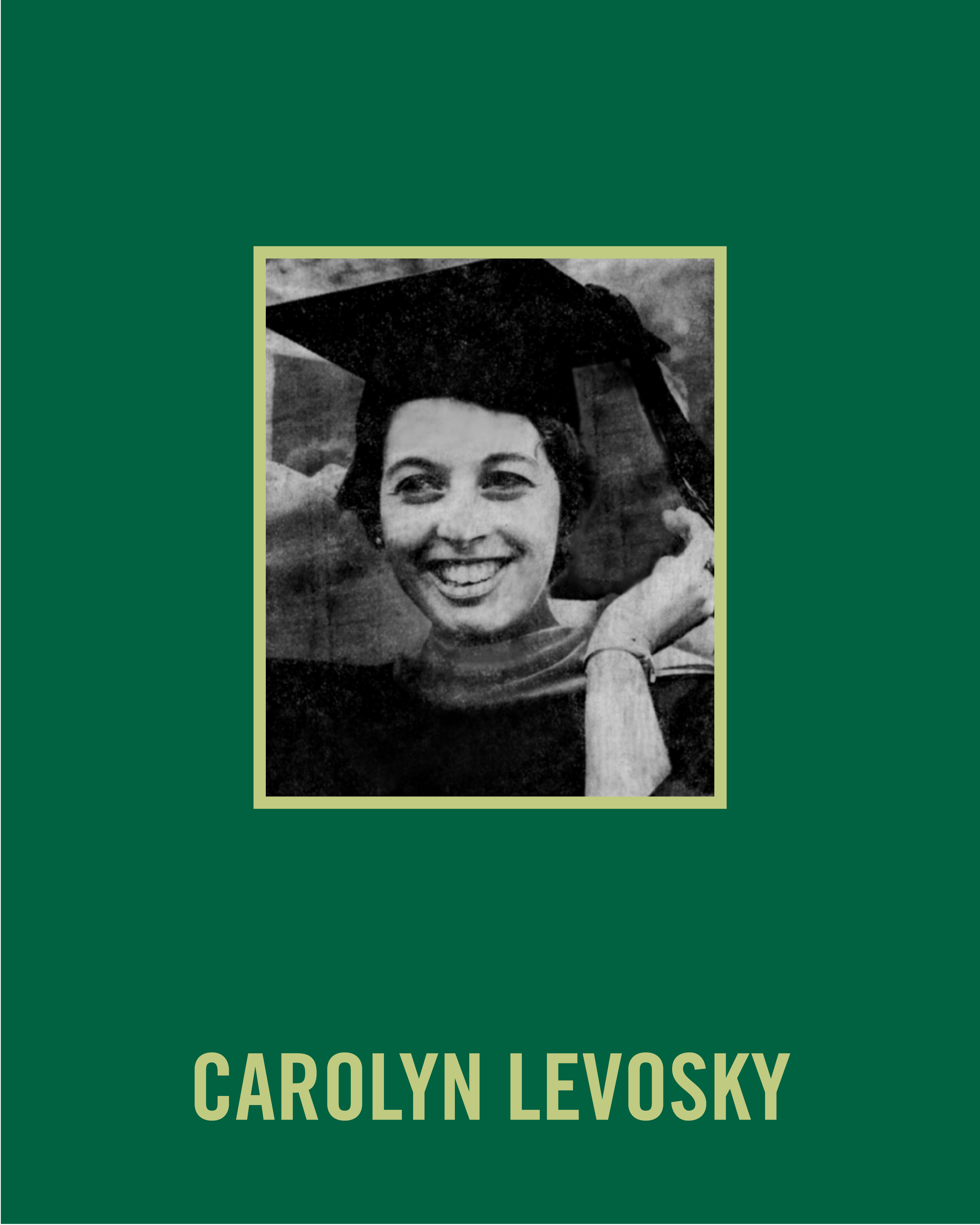
Carolyn Levosky Earns Her MBA
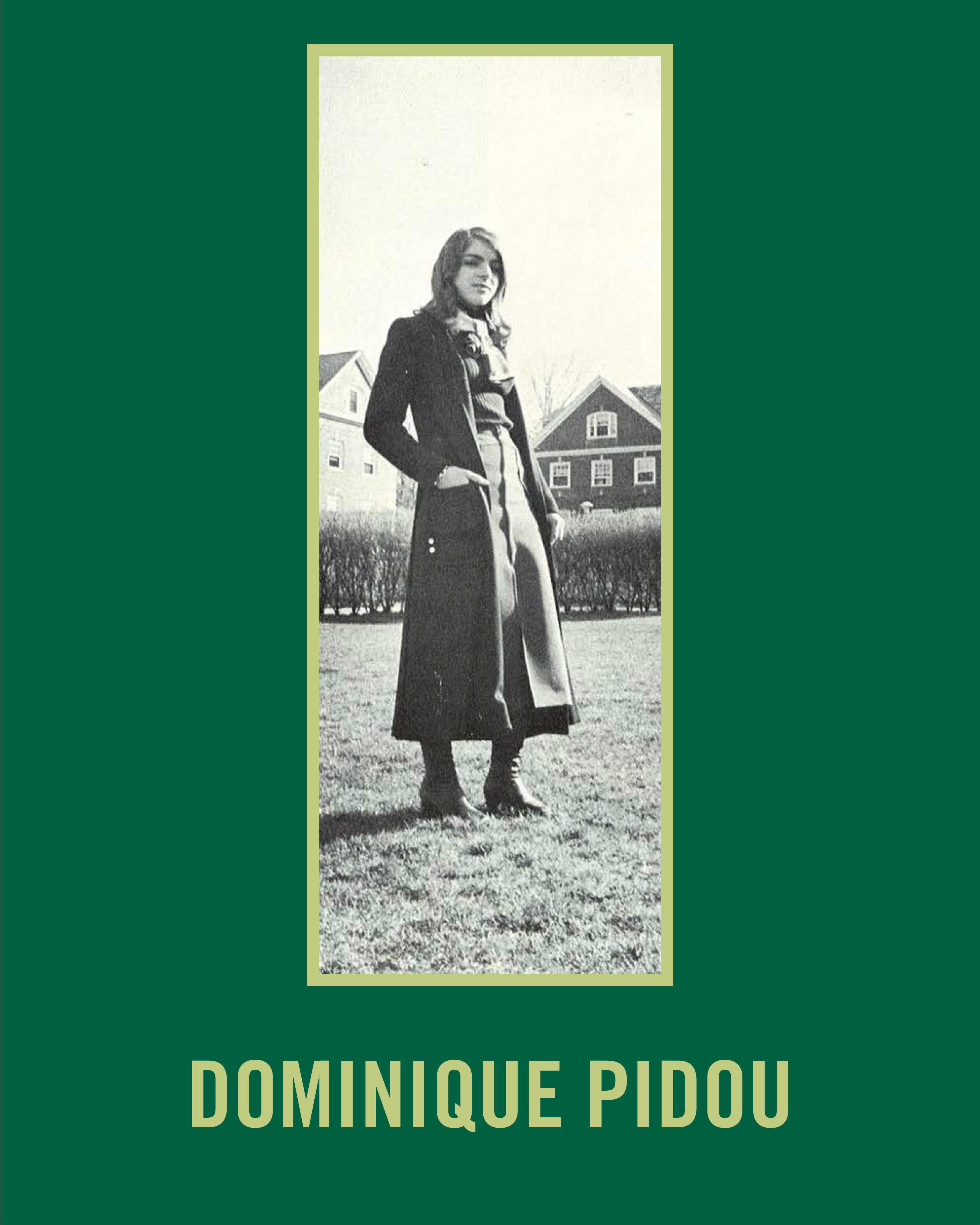
Dominique Pidou
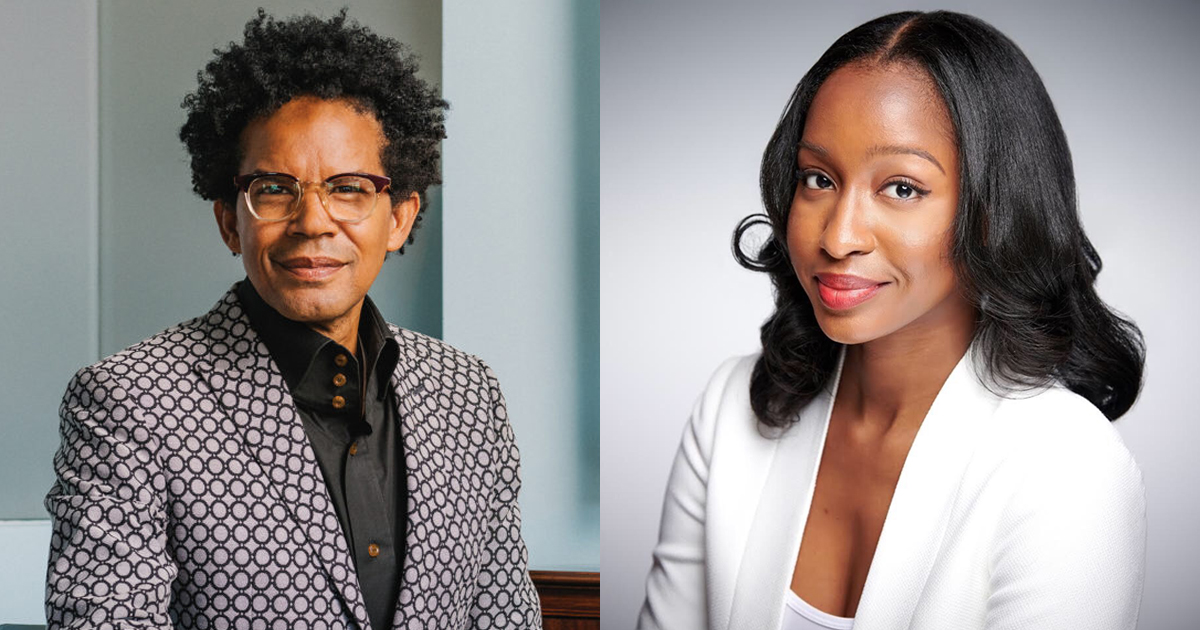
Aaron Walton and Joanne Louis
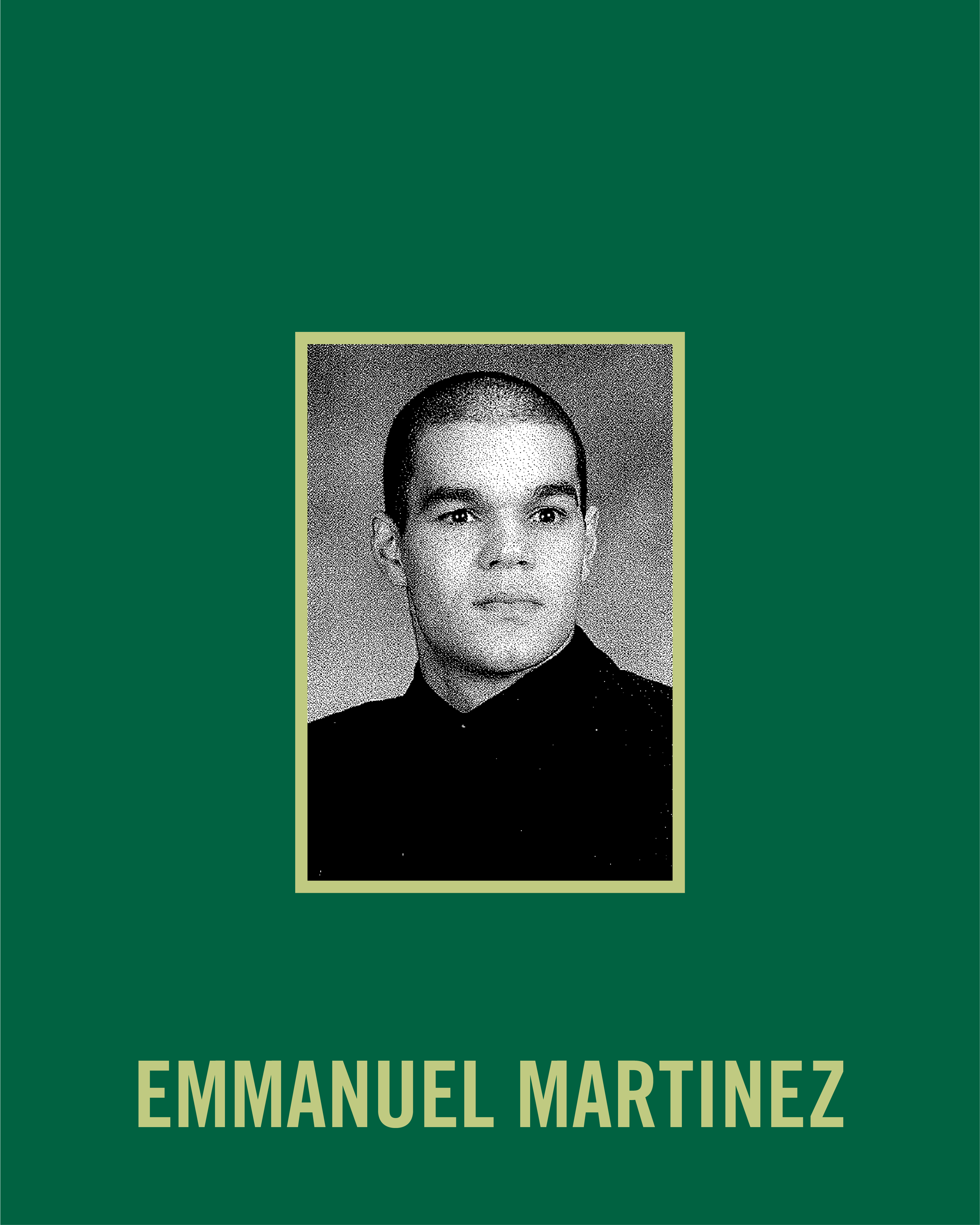
Emmanuel Martinez and Jennifer Sanchez
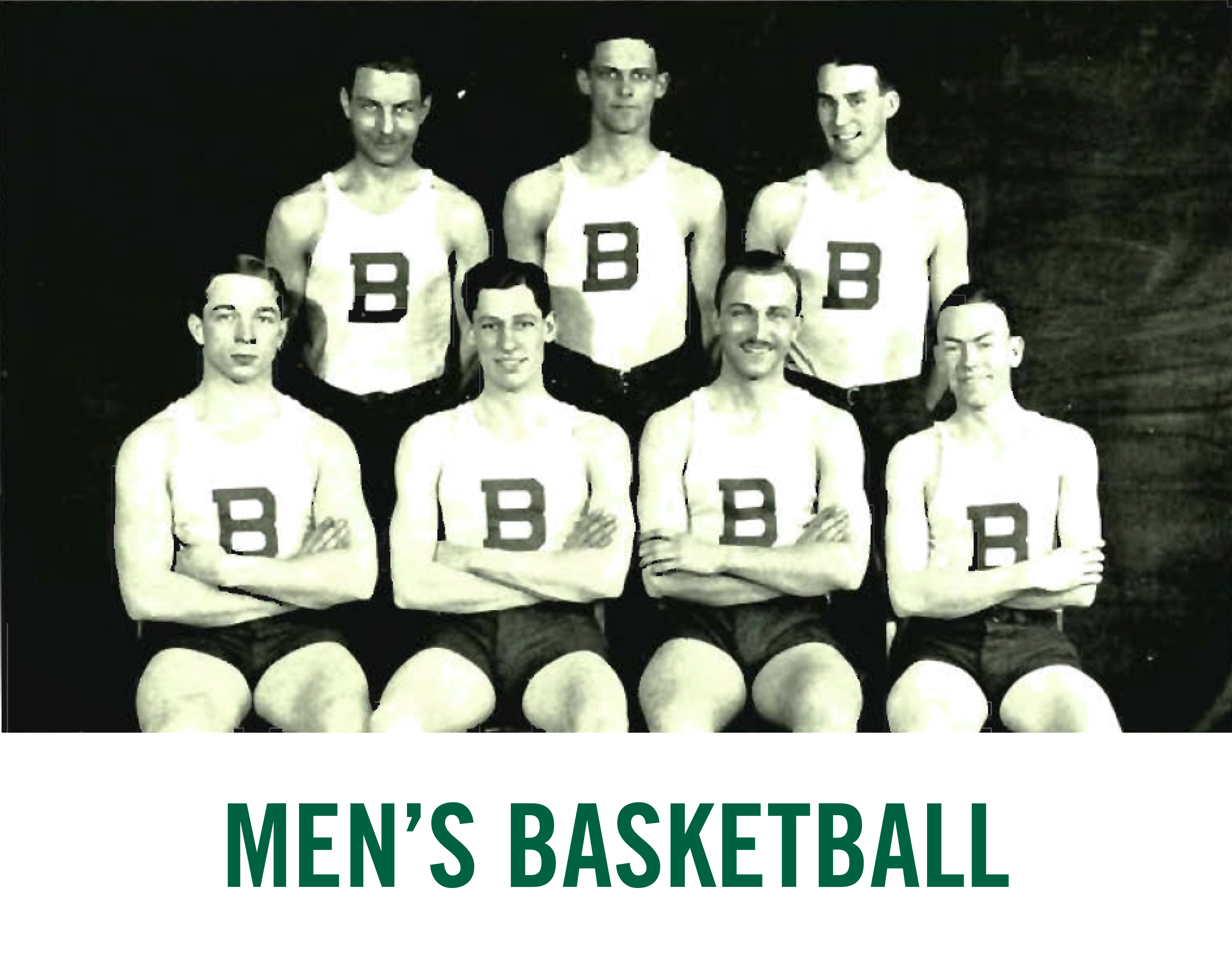
Men’s Basketball Tips Off at Babson

Babson Athletics Hall Of Fame
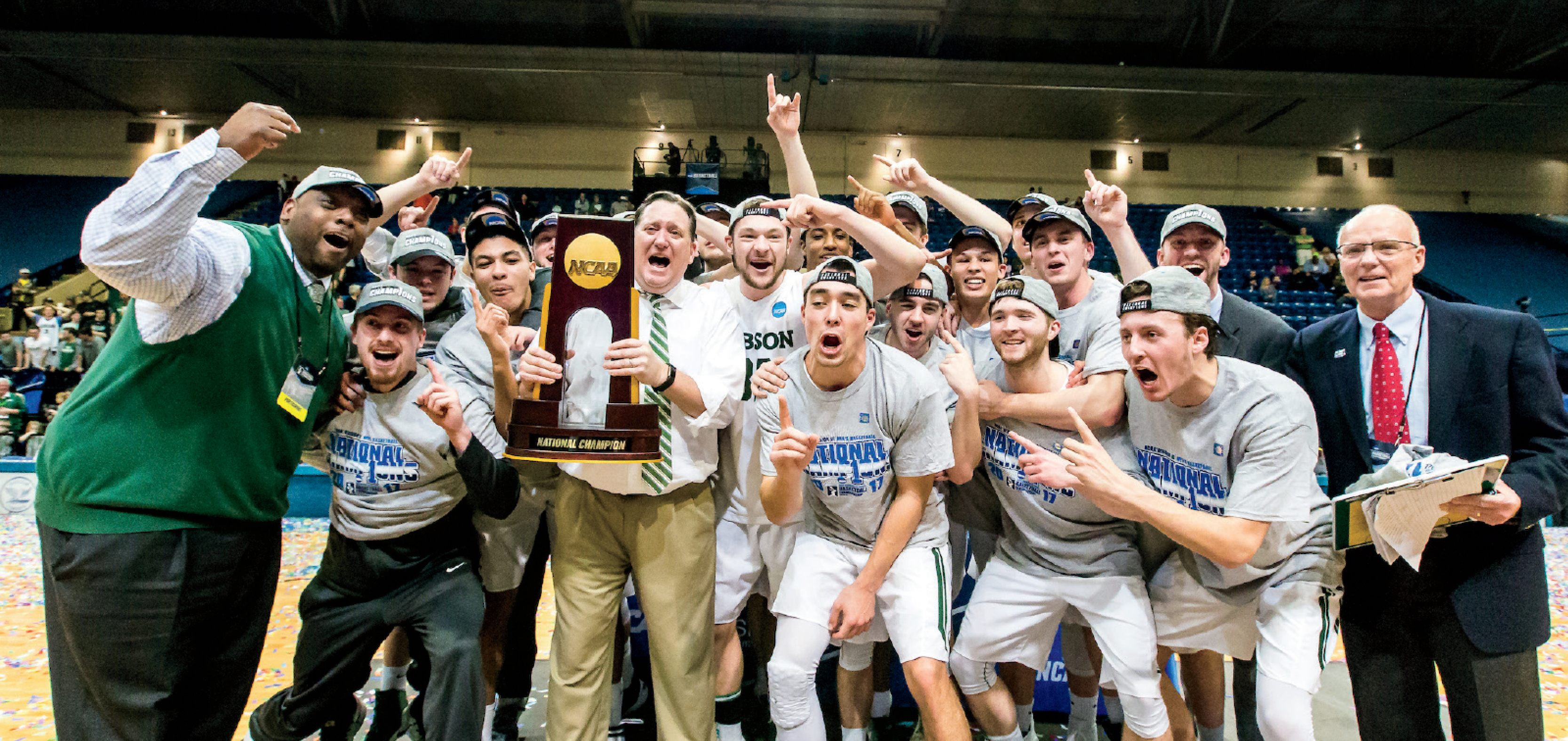
Men’s Basketball Wins its First NCAA Championship
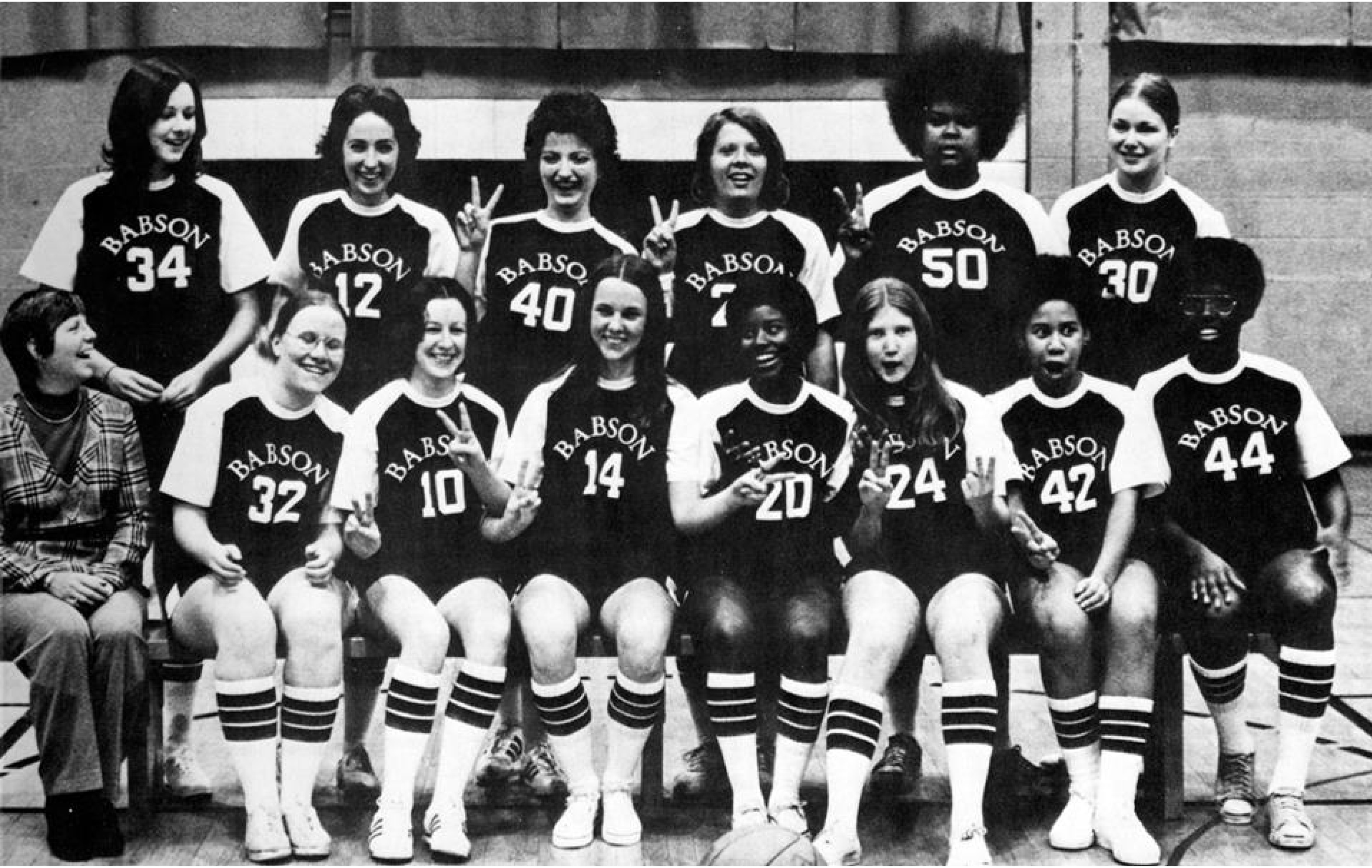
Women’s Basketball Debuts

Isbrandtsen Field

Field Hockey Advances to the NCAA Final Four
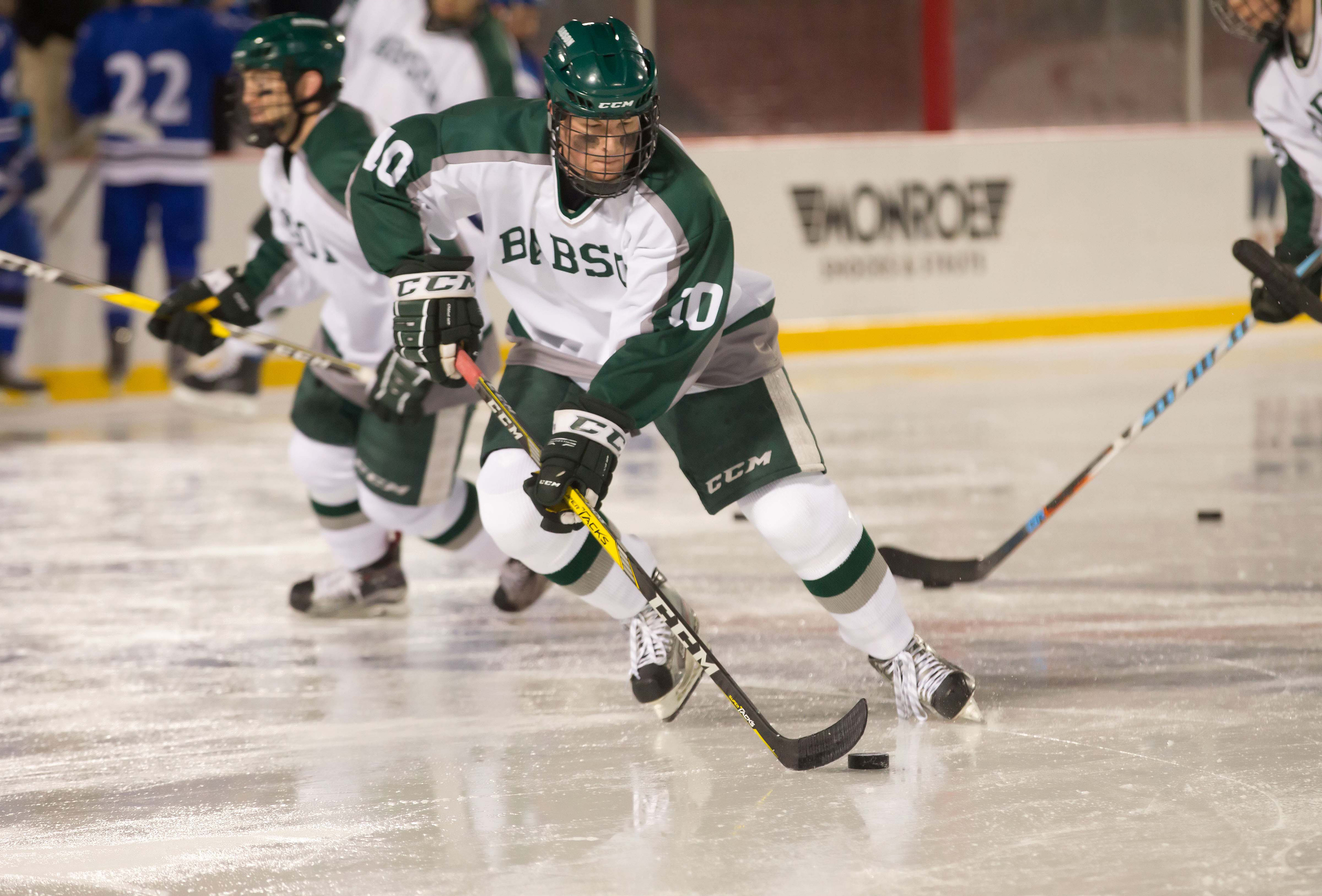
Hockey Team Wins 1984 Division III Championship
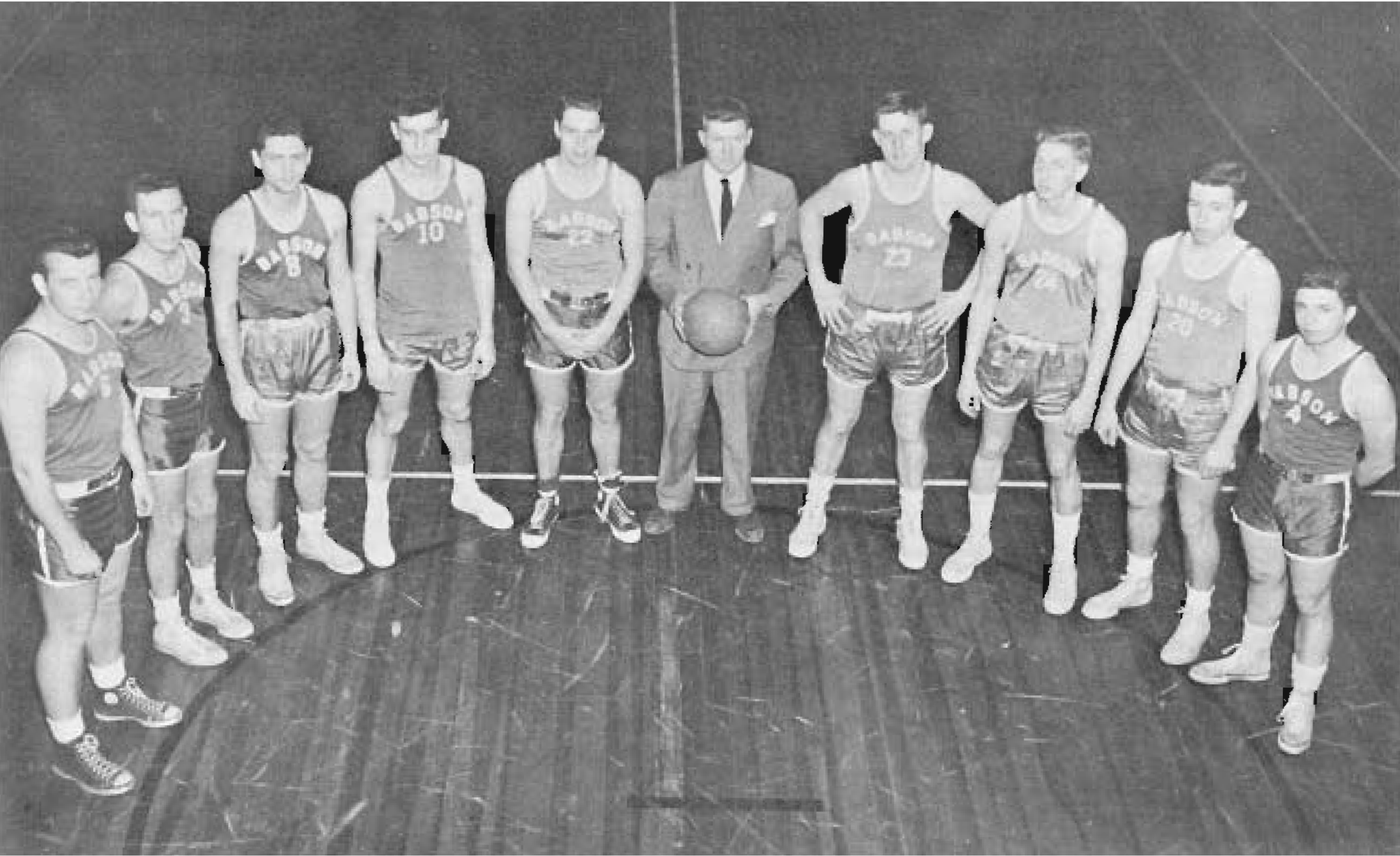
Coach Dick Thomas

Pioneering Coach Betty Catinella
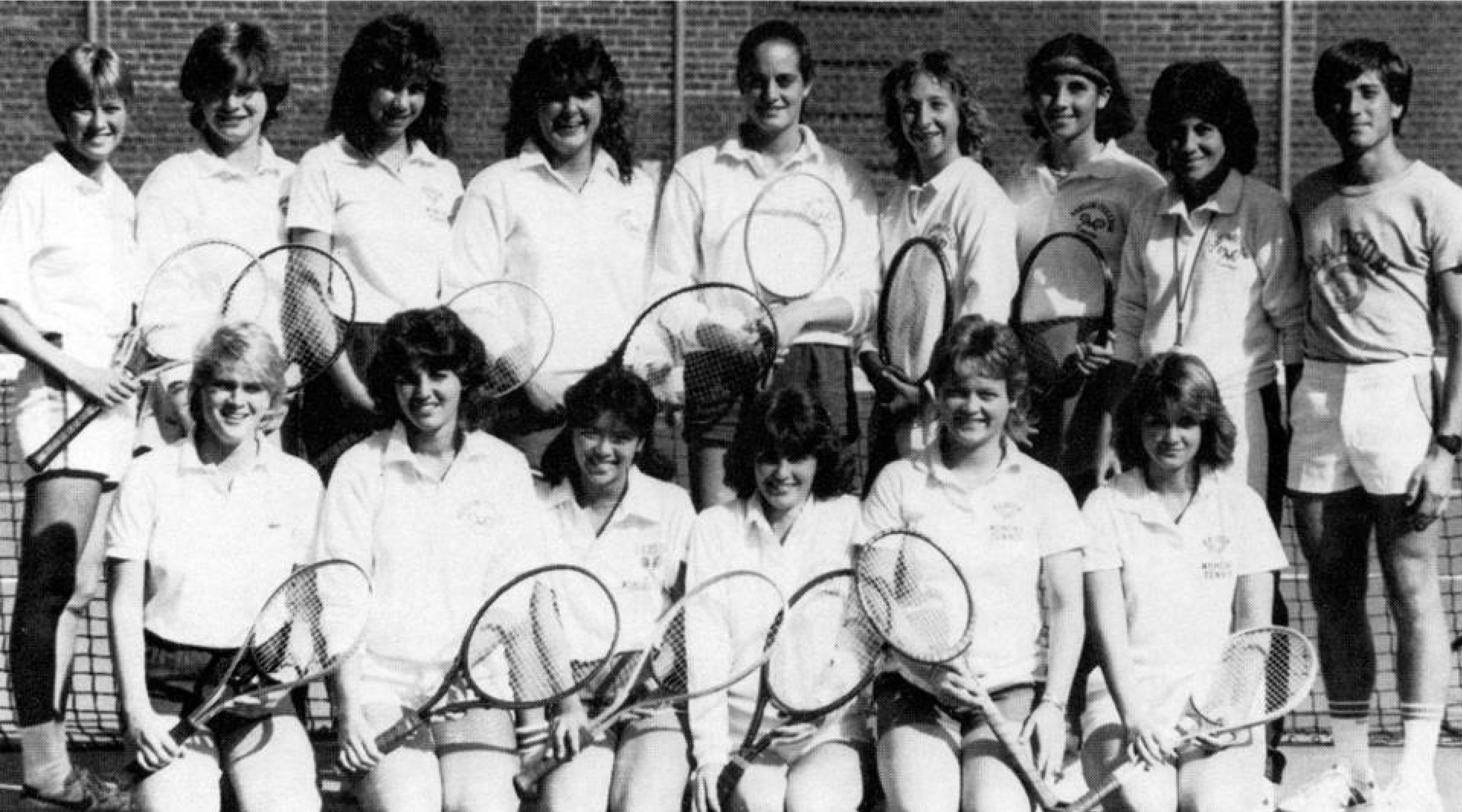
First Women’s State Title
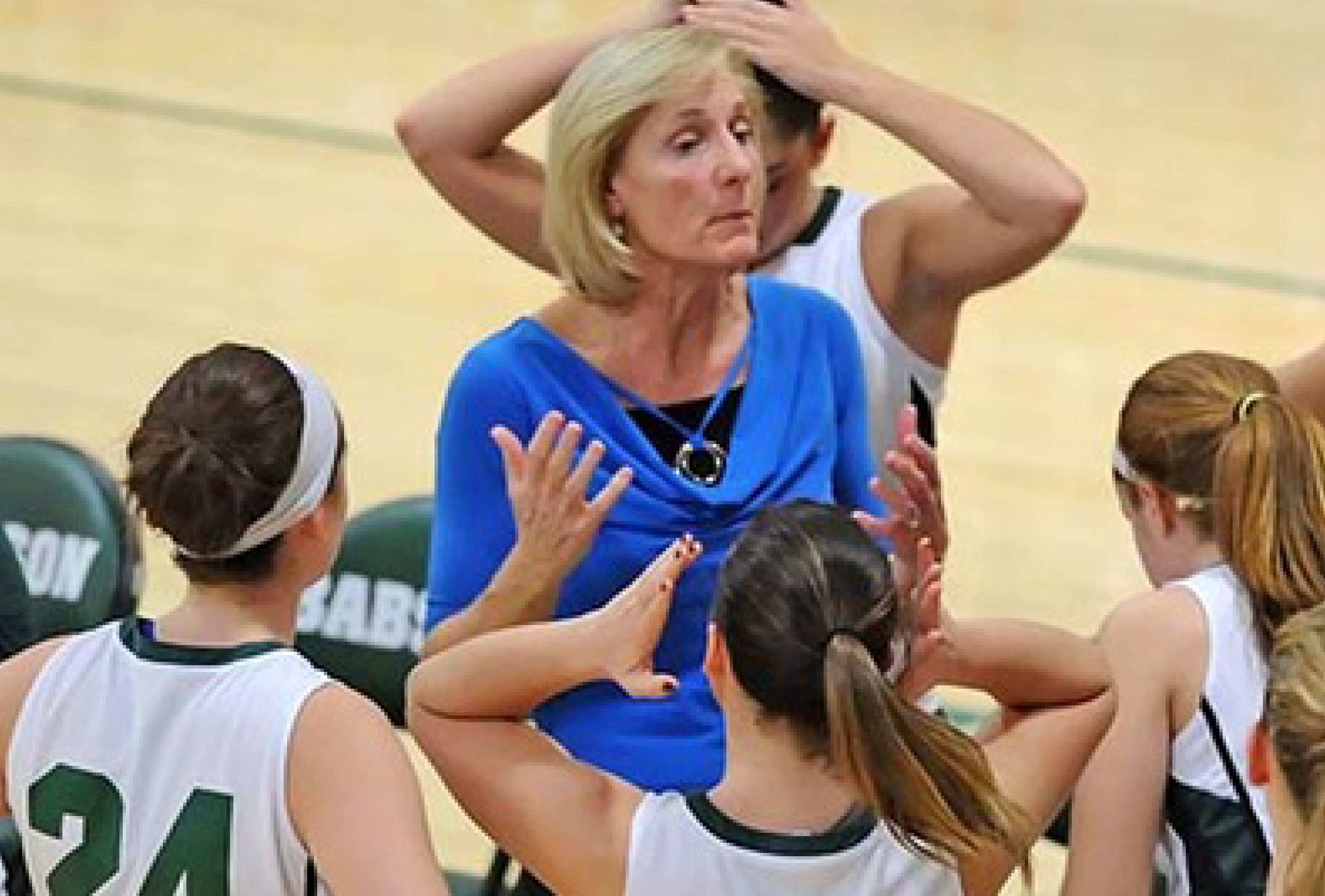
Coach Judy Blinstrub
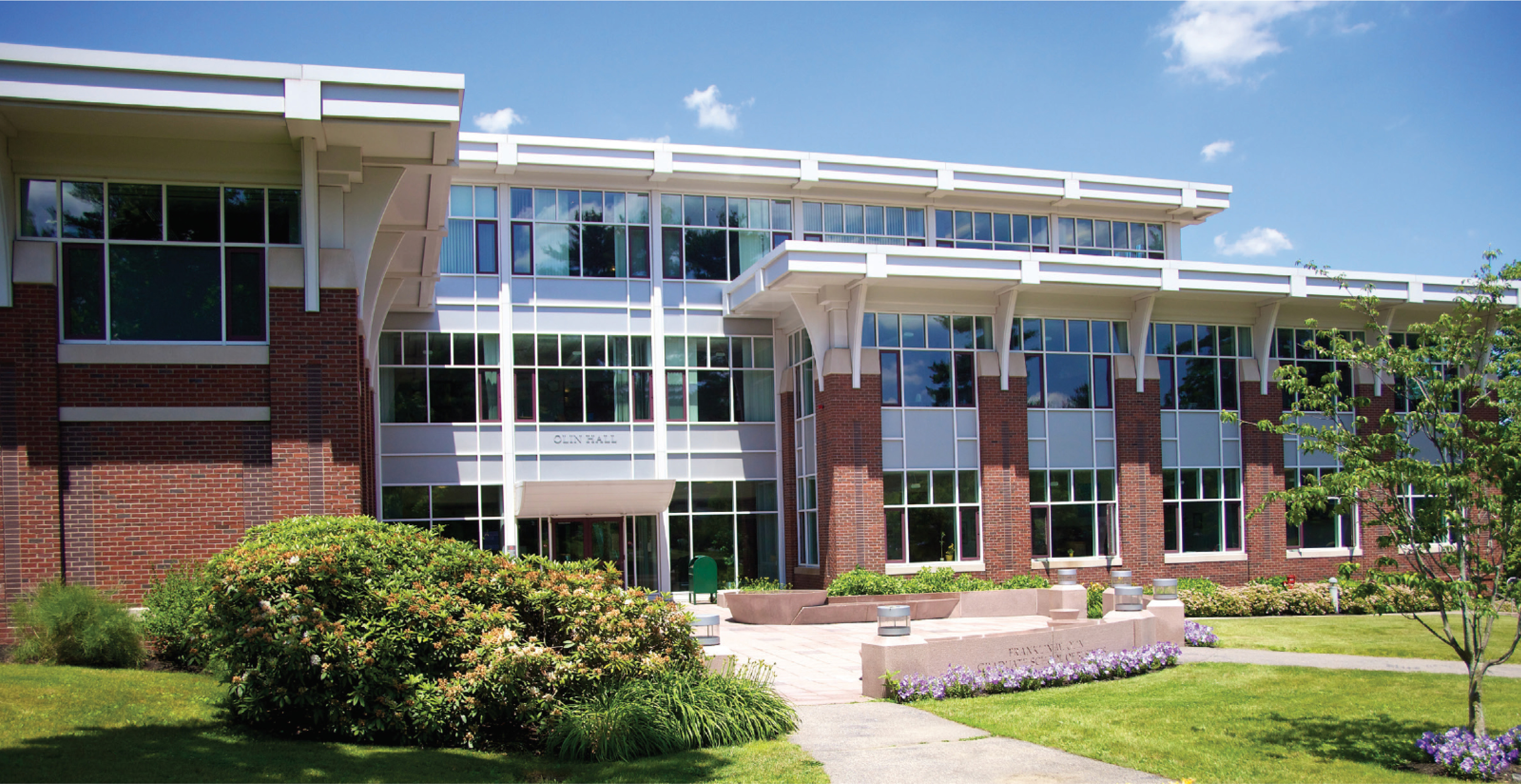
MBA Program Introduced
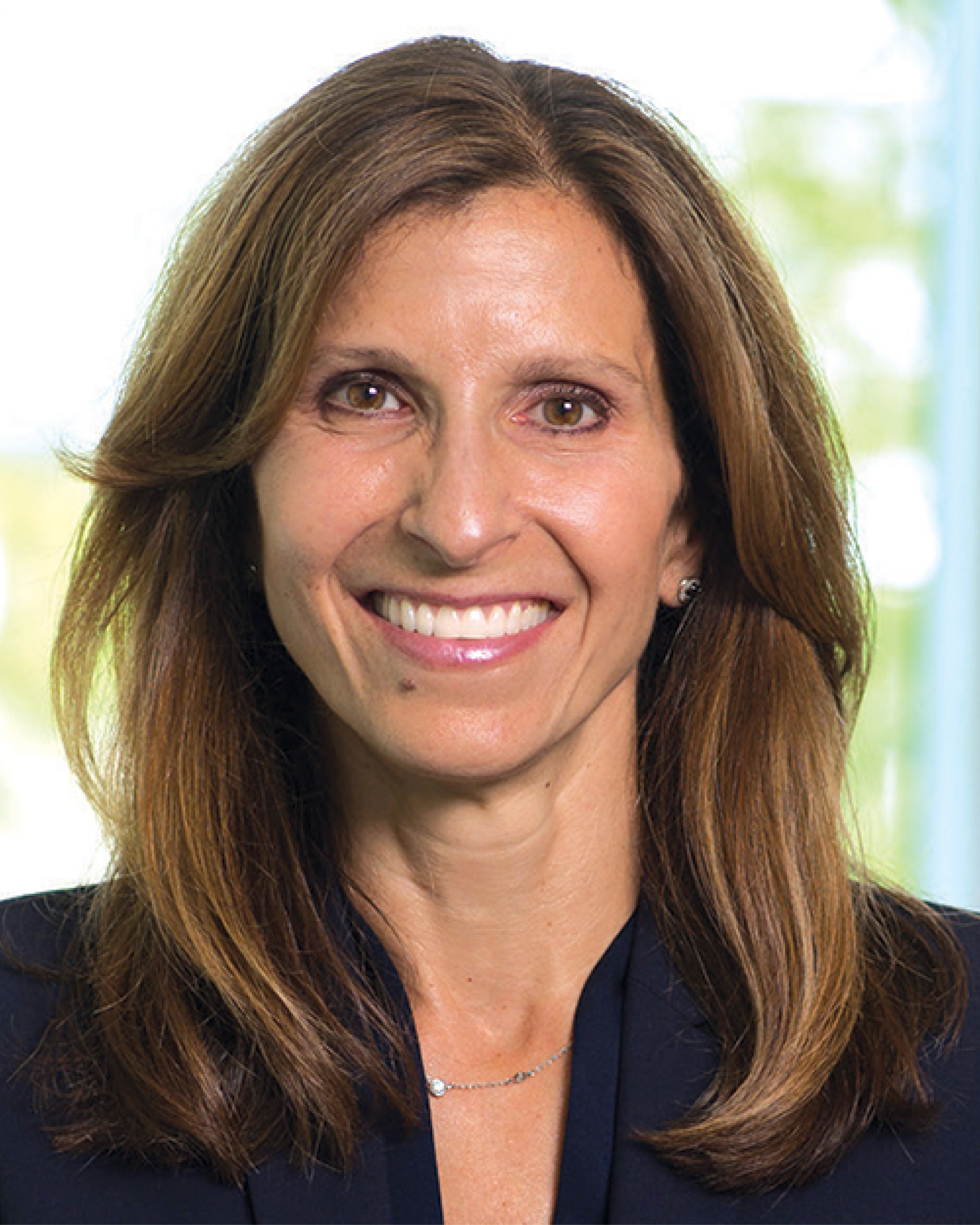
Marla Capozzi MBA’96

Babson Dance Ensemble
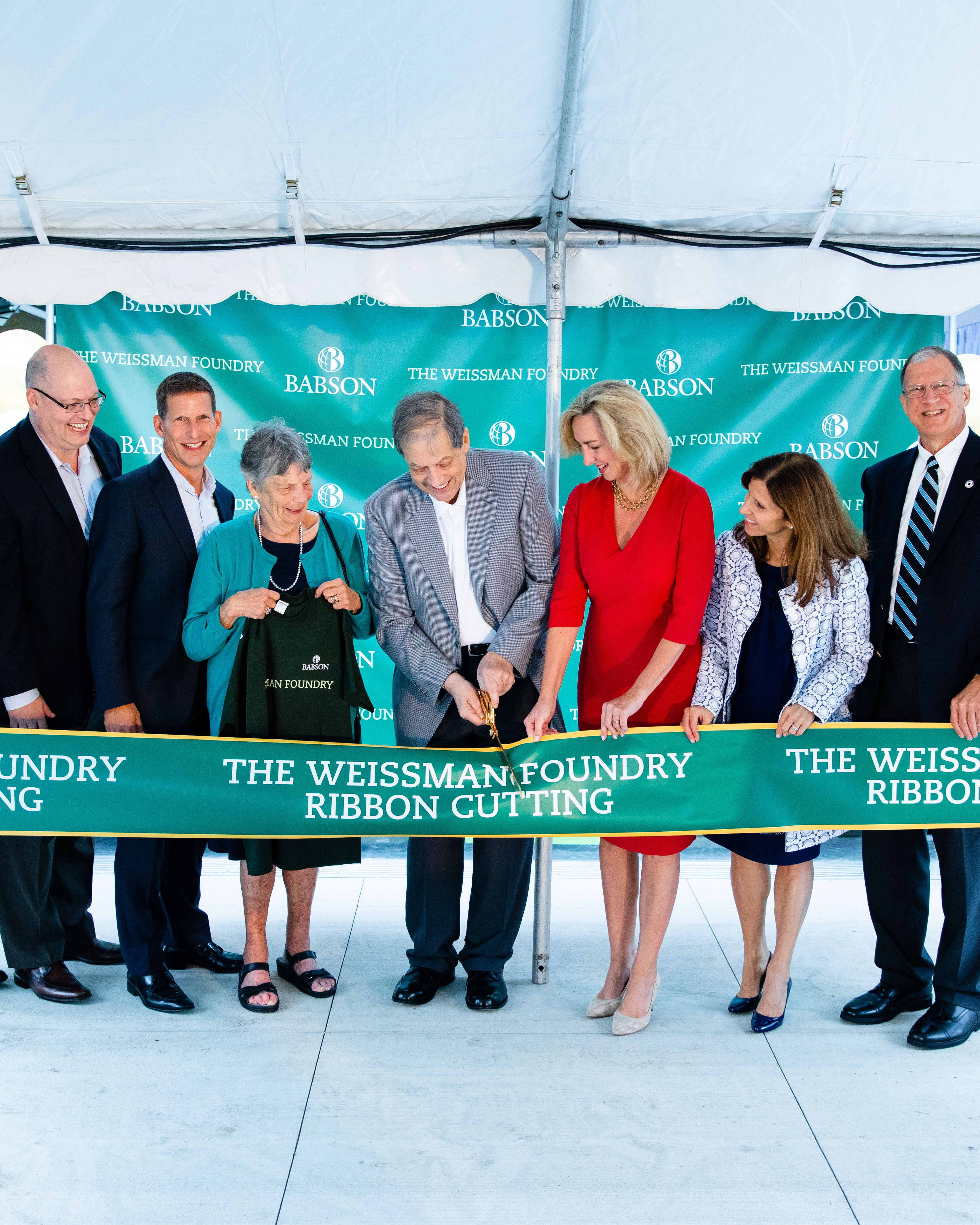
The Weissman Family
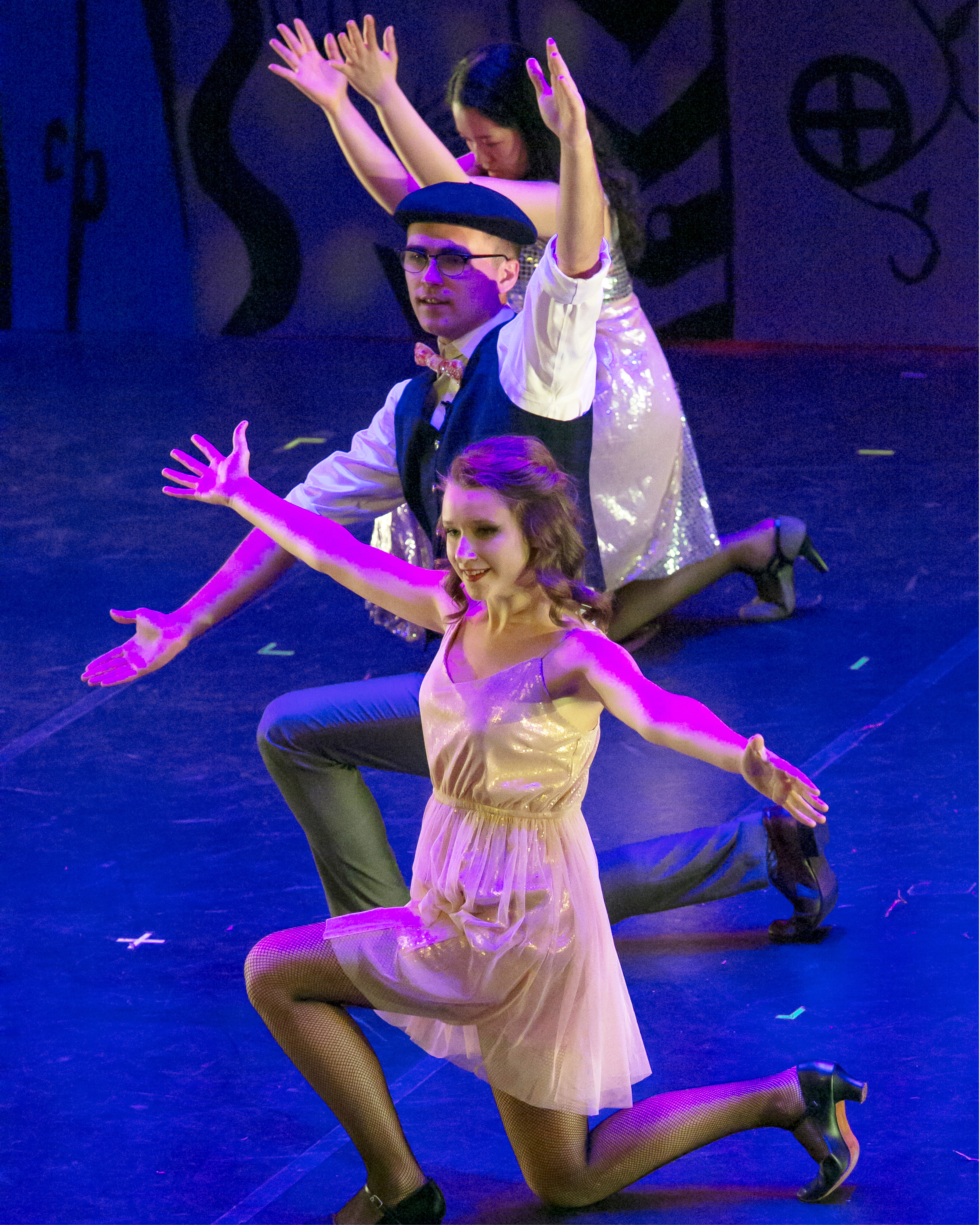
The Babson Players

Biz E. Beaver
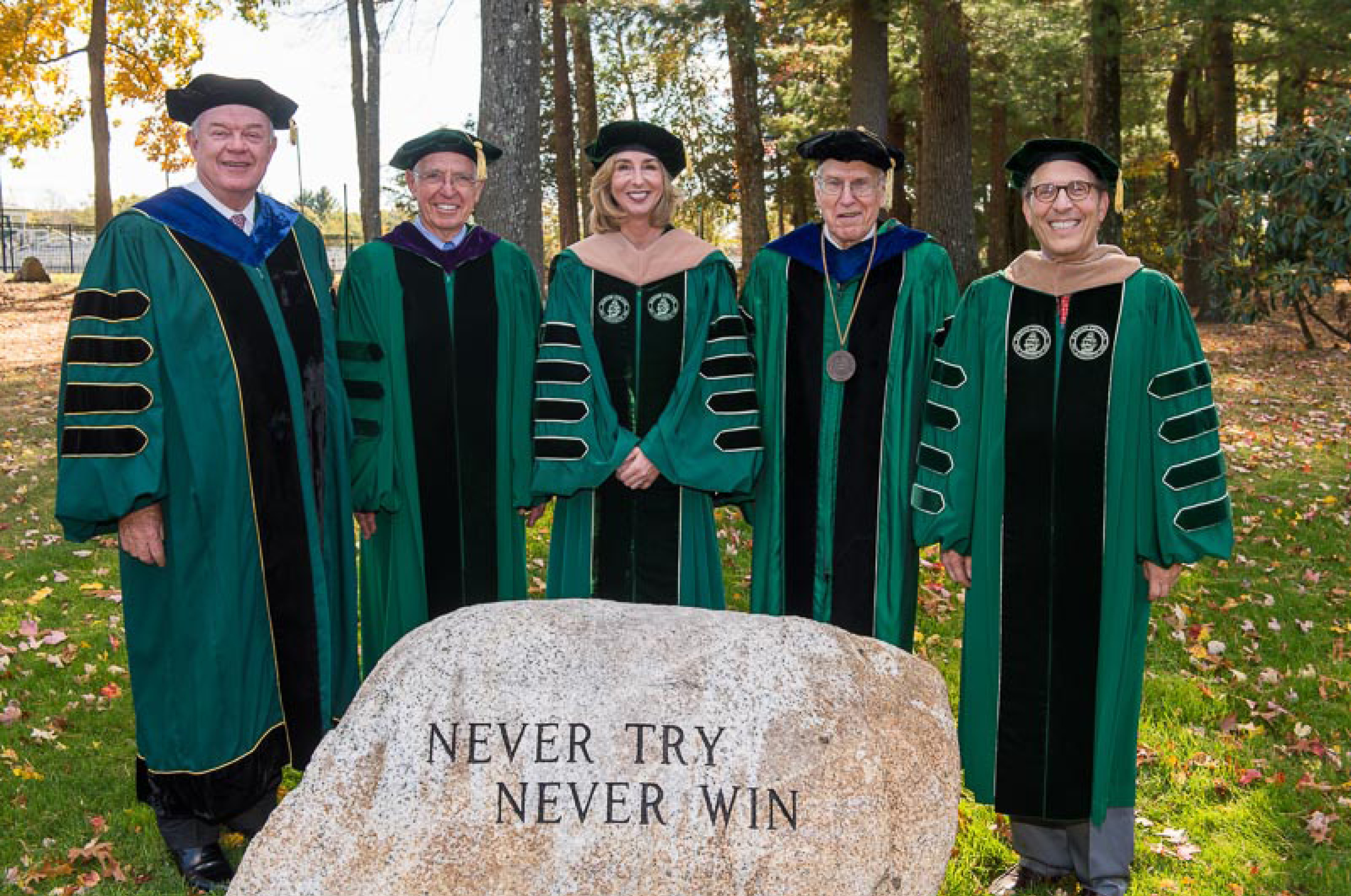
Babson College’s Presidents
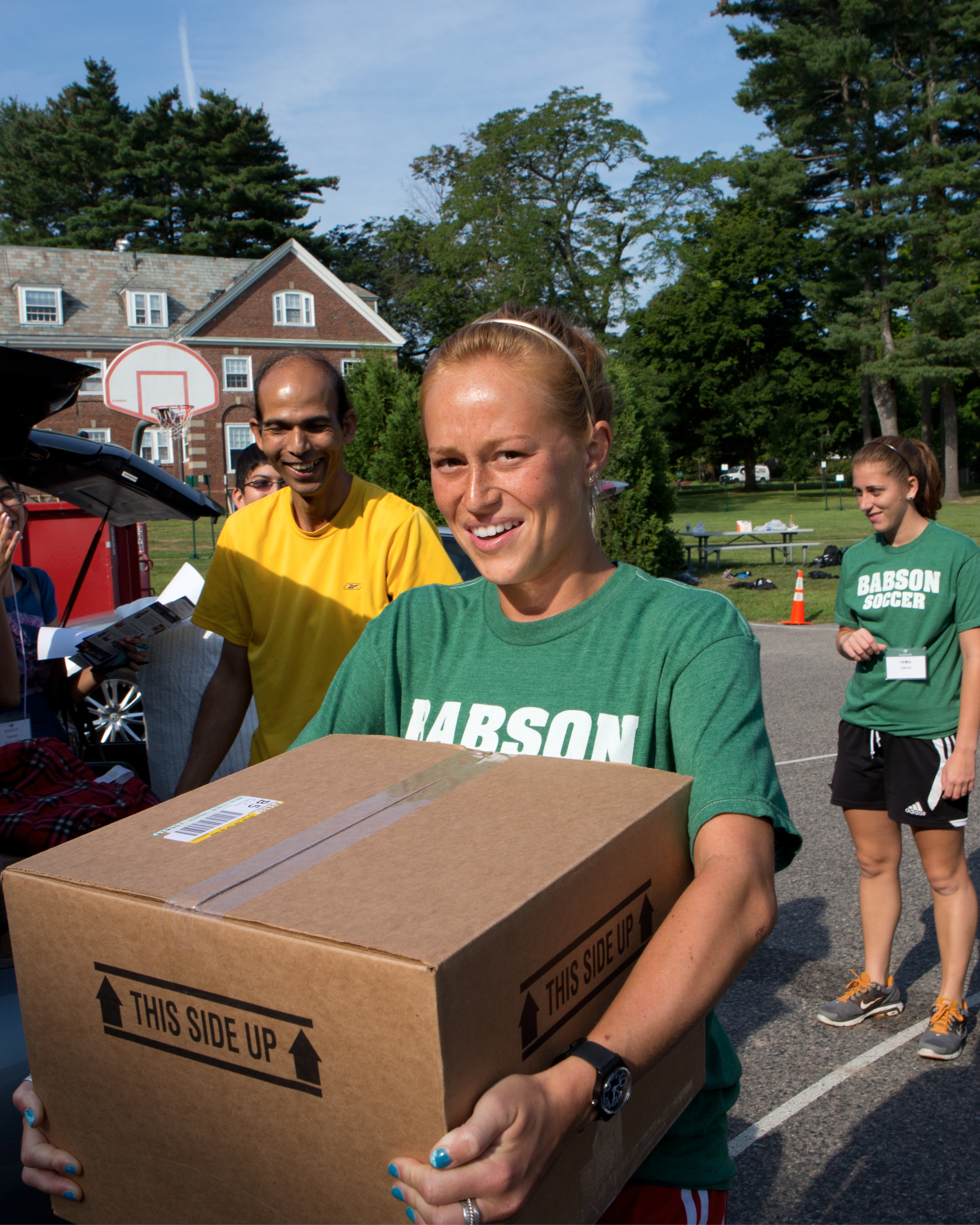
Move-in Day

Celebrating Commencement
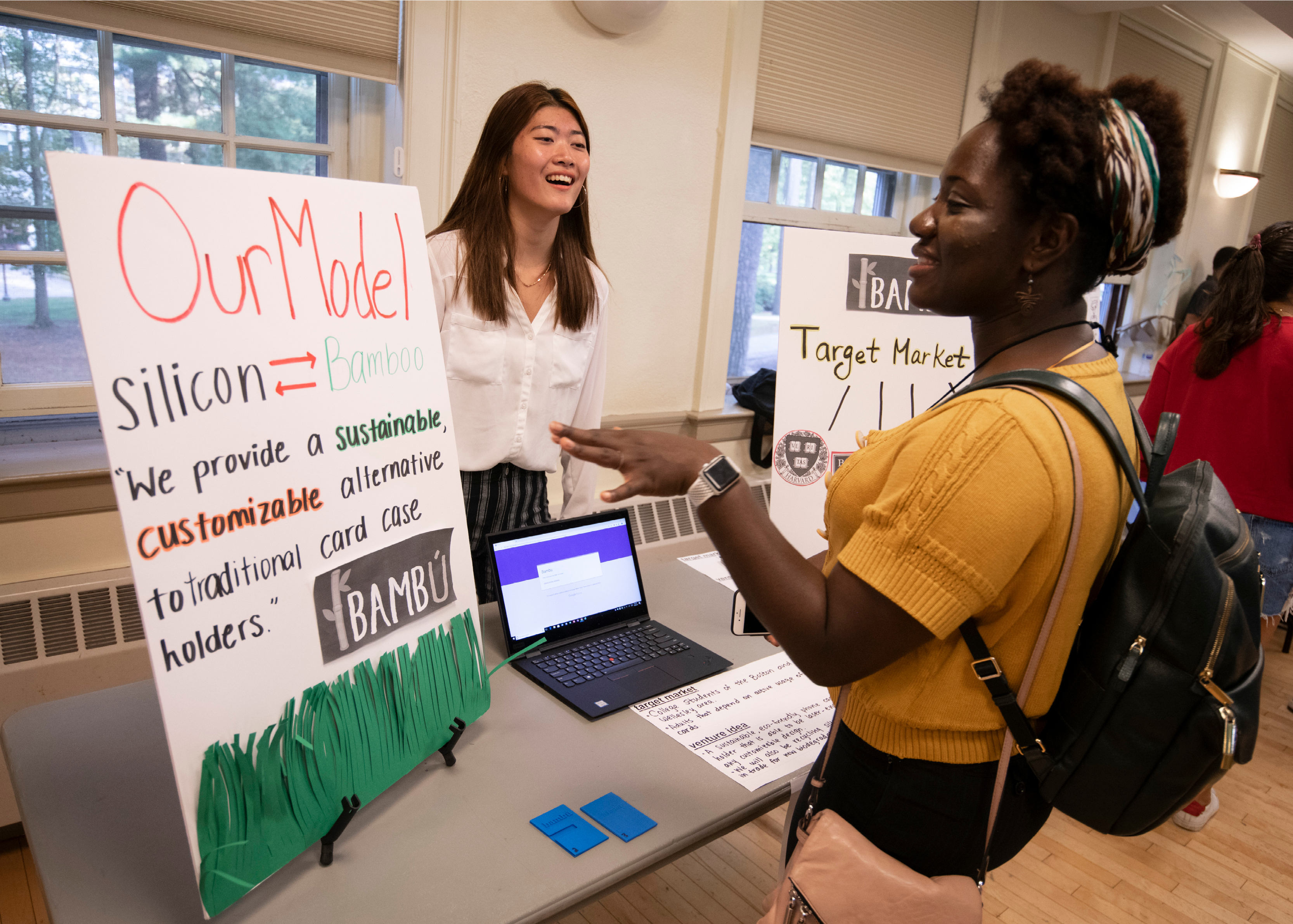
Foundations of Management and Entrepreneurship (FME)

Babson Hubs
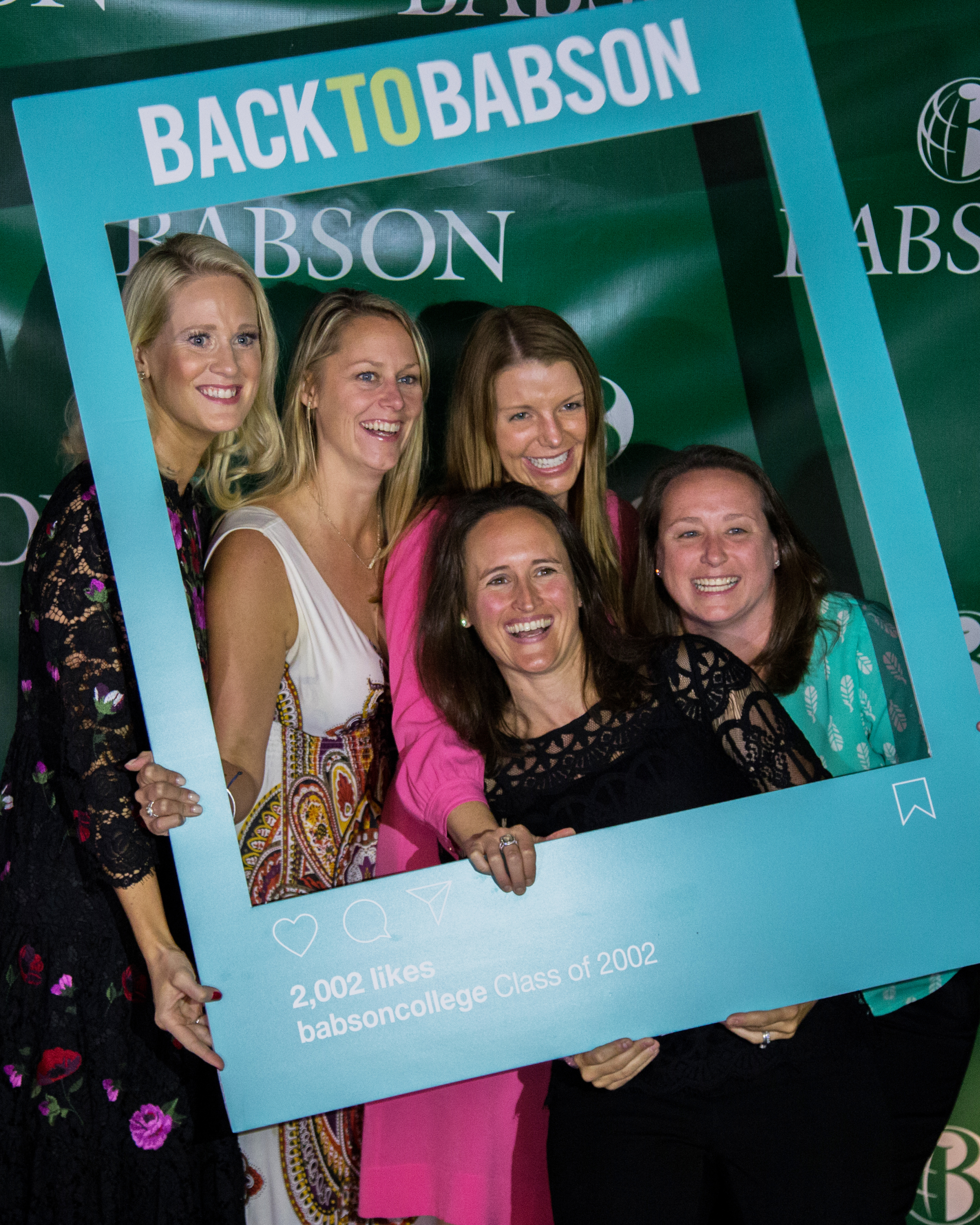
Back to Babson

Global Symposia for Entrepreneurship Educators

Winner of the 2018 Senator Paul Simon Award

BabsonX
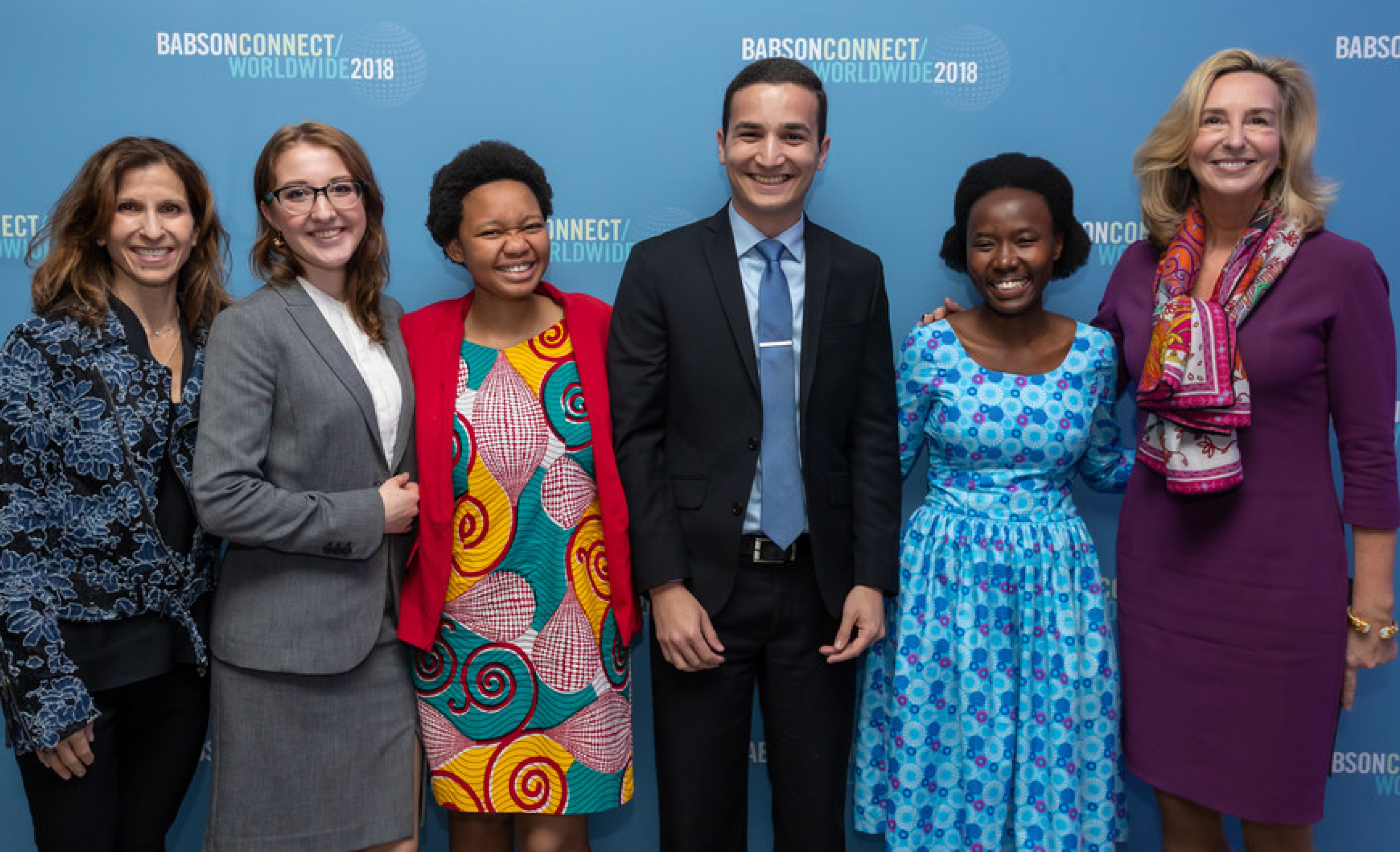
Global Scholars Program

The New Entrepreneurial Leader

The Lewis Institute for Social Innovation

The First Women of Babson

Babson Connect: Worldwide
Now in it’s fifth year, Babson Connect: Worldwide is the world’s premier entrepreneurship summit. Since it’s inception in 2015 in Cartagena, Colombia, the summit has traveled the world, from Dubai, UAE in 2016 to Bangkok, Thailand in 2017, and Madrid, Spain in 2018. In 2019, Babson Connect: Worldwide returns home, welcoming Babson alumni, faculty, and friends to Boston and our Wellesley campus for an unrivaled opportunity to connect, be inspired, and exchange ideas with business leaders from around the world. Each edition of the summit features educational and cultural forums and presentations, as well as social events featuring the best of the region’s fare and entertainment. Additionally, prominent keynote speakers and panels discussing emerging trends in family business, global investing, and social enterprise. We also honor the newest inductees into the Academy of Distinguished Entrepreneurs® and the winner of the Lewis Institute Community Changemaker Award.

Kerry Murphy Healey Park
Centennial Park will be named Kerry Murphy Healey Park in honor of the College’s thirteenth president and first woman leader. Scheduled to open in May 2019 as Babson commemorates its 100 anniversary, the new park will be home to Babson’s iconic World Globe and Fountain of Flags and will celebrate the school’s long-standing commitment to internationalization and global impact.
The Kerry Murphy Healey Park is being fully funded through philanthropy. The initial construction phase and the restoration of the Babson Globe were made possible through the generosity of alumnus and trustee Robert Weissman ’64, H’94, P’87 ’90, and his wife, Jan Weissman P’87 ’90. Subsequent gifts from alumni, faculty, parents, staff, and friends totaling more than $3.5 million have enabled Babson to name the park in President Healey’s honor.

Faculty Research Day
Babson Faculty Research Day, now in its third year, is a daylong event and is designed to highlight and promote the research being done on campus and to help faculty make significant connections with one another. The relaxed format promotes feedback and ideas, fostering collaborations. Conversations often inspire additional exploration and revisions on papers, moving research closer to publication in peer-reviewed journals. The research presented this year included everything from raw data to completed papers currently being circulated for review. Among the tracks were Integrated Sustainability, Scholarly Development, and Innovation & Entrepreneurship.

Babson Recreation and Athletics Complex
In fall 2017, Babson broke ground on a new, modern fitness and recreation facility that will benefit our entire college community. At its anticipated opening in 2019, the Babson Recreation and Athletics Complex will give us a striking new 176,870-square-foot space to invigorate and inspire our campus. The new complex will nearly double the size of Babson’s current athletics and recreation facilities, improve the quality and quantity of available fitness equipment and resources, and strengthen the overall experience for varsity student athletes. Its contemporary design also will serve the Babson community well by offering a new space for convening large campus events such as student orientation, career fairs, conferences, concerts, and more.

Cultural Student Organizations
When international students arrive on Babson’s campus, they find valuable resources—and make treasured memories—through student clubs and organizations. The Babson International Student Organization (BISO) was the first to help students from around the world navigate life in the United States, while simultaneously promoting cultural diversity and fostering lifelong friendships. While BISO is no longer active on campus, a variety of organizations and resources exist to support the cultural diversity of our student population. As Babson’s international student body became larger and more diverse, culture/region-specific clubs emerged to support members and educate the larger Babson community. Examples include: AMAN South Asian Students Organization; BAPSA: Babson Asia Pacific Student Association; BASO: Babson African Student Organization; and the Chinese Students Association.

Babson Posse Scholars
In 2003, Babson College partnered with the Posse Foundation to bring New York City high school students with extraordinary academic and leadership potential to campus. This year, we are celebrating 15 years of this powerful partnership. Babson’s Posse Scholars—who receive full tuition scholarships—have an outstanding track record, with their impressive graduation rate, numerous academic and leadership awards, and overall tangible presence as campus leaders. Here are a few highlights of the Posse Program:
- Eleven Babson Posses have graduated, with an overall graduation rate of 97%
- Forty-one Posse scholars are currently enrolled at Babson, and as of May 2018, 112 have graduated
- Three student Commencement speakers in the past five years were Babson Posse Scholars
- Two Babson Posse Scholars have received the Babson Distinguished Recent Alumni Award
- Babson Posse alum Shatiek Gatlin ’16, BP09, is a current member of the Babson Trustees

Babson Student Forums
Throughout the school year, Babson hosts a variety of forums to spark collaboration, discussion, and innovation on particular topic areas. Incepted in 2001, the Babson Entrepreneurship Forum—the largest student-run, entrepreneurship-focused event—shines a spotlight on the key issues innovators face in our complex business world. Every year during this sold-out event, hundreds of students and business professionals gather to hear inspiring keynotes and guest speakers. In addition, Babson forums give students the opportunities to learn more about other cultures. Since 2008, the annual Babson Latin American Forum—hosted by the Latin American Club—has convened influential Latin American business leaders to discuss their experiences. Since 2016, the Babson India Symposium has brought together students, alumni, faculty, and staff to learn from and network with some of the most eminent business leaders, entrepreneurs, academics, and entertainment personalities from India.

The Babson Institute
On September 3, 1919, 27 students began classes at the Babson Institute located in the former home of Roger and Grace Babson at 31 Abbott Road in Wellesley Hills. From the very beginning, President Roger Babson was determined to distinguish his Institute from other business colleges. The Institute provided intensive training in the fundamentals of production, finance, and distribution in just one academic year, rather than four. The curriculum was divided into four subject areas: practical economics, financial management, business psychology, and personal efficiency. To reinforce the business training, students were required to wear professional attire, keep regular business hours, and punch in and out on a time clock. They also were assigned an office desk equipped with a telephone, typewriter, adding machine, and Dictaphone. Personal secretaries typed the students’ assignments and correspondence in an effort to accurately reflect the business world. Even from the earliest days, Babson was laser focused on training the next generation of business leaders and entrepreneurs.

Babson Builds its Campus
Once upon a time, Babson wasn’t a college and didn’t have a campus. When the Babson Institute was founded in 1919, the school was housed at Roger and Grace Babson’s home on Abbott Road in Wellesley. The following year, the Institute expanded to a three-story brick building on Washington Street—what is now the Stuart Building. Then, in November 1921, Roger purchased a 69-acre plot of farmland from Edward Lyon. In 1922, he hired Boston architect George F. Marlowe to design the first buildings, in the Georgian style, and John Nolen to plan the campus grounds. After a year of construction, the campus opened with four buildings: the Administration Building (renamed Mustard Hall in 1975), Bryant Hall, Lyon Hall (renamed Luksic Hall in 1996), and Knight Auditorium.

Anne McCormick Heller ’70 and Sandra Adams ’70
A year after honoring its first female graduate with an MBA degree, Babson celebrated another milestone. In 1970, Anne McCormick Heller and Sandra Adams became the first women to earn undergraduate degrees at the College. Anne, a legacy alumna whose father graduated from Babson in 1949, had previously distinguished herself as the first female Student Government Association officer. After her graduation, she remained on campus for many years as a valued member of the Alumni Office.

Horn Library
For more than 40 years, students at Babson studied and conducted research at Sir Isaac Newton Library, the building known today as Tomasso Hall. That was until May 1980, when the College opened Horn Library at the center of campus. Horn houses not only library facilities but also administrative offices and the Newton Conference Room. Today, Horn is the site of new construction to create Babson Commons at Horn Library—an expanded, multifunctional facility that will house separate but integrated spaces for research and study, academic support, classrooms and faculty offices, and the new and expanded Stephen D. Cutler Center for Investments and Finance. The new facility will be completed and dedicated in May 2019 as part of the Centennial celebrations.

Trim Dining Hall
Where is the best place to eat on campus? Trim Dining Hall, of course. Dedicated to President Gordon M. Trim, who conceived the building’s original plan but died in office in 1961, this facility was built under President Henry A. Kriebel and opened in September 1964—replacing the former main dining hall in Park Manor Central. Among the many buildings and initiatives that make up Babson College, Trim Dining Hall was the first to be funded by a capital campaign. In January 2017, Roger’s Pub & Grille moved into an extension added to Trim Dining Hall, making Trim the place to be on campus. Trim provides students with a venue to eat, relax, and socialize on campus.

Roger’s Pub
Forty-eight years after he ran for President of the United States as the candidate of the Prohibition Party, the College’s founder had a pub named in his honor. Roger’s Pub opened in September 1988 in the Park Manor Central building, replacing the Beaver Brau that was located in the basement of Coleman Hall. Roger’s remained in that location for nearly three decades, until it was moved to a new addition in Trim Dining Hall in 2015 and renamed Roger’s Pub & Grille. To celebrate the reopening, Babson’s Alumni Office invited graduates back to campus for “Last Call at Roger’s”—where the original “last-call bell” was rung one last time, memorabilia was auctioned off, and past patrons reminisced with bartenders Doug and Patti.

Babson Medal Award
Since 1981, we have honored dedicated graduates and friends of the College with the Babson Medal. One of the highest honors Babson College bestows, this medal recognizes individuals who have made an outstanding commitment to their community and to the College. Past recipients have included Bennett E. Bidwell ’52, H’74, P’87, Walter H. Carpenter Jr., Carleton G. Lane ’26, Edith B. Mustard ’23, Richard W. Sorenson M’68, P’97 ’00, Timothy A. DeMello ’81, P’18, and Arthur M. Blank ’63, H’98.

Newtonia
Roger and Grace Babson had a shared enthusiasm for Sir Isaac Newton. Because of this, Babson became home to the Grace K. Babson Collection of Newtonia, the largest source of Isaac Newton materials in the United States. In 1938, Babson also purchased the fore-parlour from Sir Isaac Newton’s St. Martin Street, London residence, and it was later placed in the new Babson Institute Library. Fourteen years after opening the Sir Isaac Newton Library, Babson invoked the renowned English scientist once again. In 1954, the campus added its first Newton Apple Tree, a fourth-generation scion purchased from the Pennsylvania Historical Commission the previous December. The tree was a gift to Roger Babson from his wife, Grace, as a tribute to his longstanding admiration of Sir Isaac Newton. While Newton’s tree is known for its pear-shaped Flower of Kent apples, this particular offshoot produced very few of them. However, its grafts produced an entire grove that was planted on campus in 2005, relocated in 2013, and now adorns the north lawn of Tomasso Hall. These younger trees are capable of producing even more trees to beautify the campus and carry on the Newton legacy at Babson for centuries to come.

No. 1 for Entrepreneurship for 25 Years
U.S. News & World Report has recognized Babson’s MBA as the No. 1 program in entrepreneurship for 25 consecutive years and Babson College as the No. 1 undergraduate school for entrepreneurship for 22 consecutive times. As the unrivaled leader in entrepreneurial education, Babson prepares students to think and act with a problem-solving mindset in any environment.
“We are proud to be continually recognized by U.S. News & World Report as the leader in entrepreneurial education,” said Babson College President Kerry Healey. “Our immersive, action-oriented approach provides graduates with value well beyond a college degree. As we approach our second century, we believe this value will prove to be critical, now more than ever, as entrepreneurship remains the most powerful force for creating positive change in the world.”

Beaver Brau
Everyone today knows that the place to go for a cold beer at Babson is Roger’s Pub. But, that wasn’t always the case. Before Roger’s, there was the Beaver Brau, a highly successful student-run enterprise located in the basement of Coleman Hall. Established by Gerald Watson ’76 and the Board of Trustees, the Beaver Brau opened in April 1974 and was originally managed by Joe Diamond ’73, MBA’74. In its day, it was the social epicenter of campus life on Thursday nights, until it was replaced by Roger’s Pub in 1988. The Beaver Brau also was something of a trailblazer, opening just a few months after Wellesley had ceased to be a dry town. And, its approval by the board was a departure from the past for the College, as Roger Babson had been the Prohibition Party’s candidate for President of the United States in 1940.

Tomasso Hall
Originally dedicated as the Sir Isaac Newton Library, Tomasso Hall was erected in October 1939 and remained Babson’s library until May 1980. The following year, this iconic structure was renovated and rededicated to commemorate Angelo P. Tomasso P’49 ’51 (1892–1952), who founded an enduring legacy at Babson as the father of George A. Tomasso ’49 and Victor F. Tomasso ’51, grandfather of Michael W. Tomasso MBA’78, P’19, and William A. Tomasso ’88, and great grandfather of Edward Tomasso ’19. Today, Tomasso Hall houses faculty and staff offices as well as classrooms for Foundations of Management and Entrepreneurship (FME), Coaching for Leadership and Teamwork Program (CLTP), and other notable programs.

Babson College Fund
The Babson College Fund (BCF) is an accredited course in which high-achieving students in both the undergraduate and graduate schools manage $2.5M of the Babson College endowment. As part of a rigorous investment process, the students conduct intensive fundamental and quantitative research to identify stocks that are good values at their current market prices and combine them in an equity portfolio designed to outperform the market.
This innovative course was pioneered in 1995 by four members of the MBA Class of 1997: Tom Ferrara, John Bowen, James Callahan, and Scott Schneeberger. With the help of Professor Diana Harrington and Babson alumni and friends Tom Knott ’83, Brian Barefoot ’66, H’09, P’01, Mark Holowesko MBA’84, Donald Babson, Jack Merritt ’61, Tony Woodruff ’65, David Drinkwater MBA’61, and Stephen Cutler MBA’61, BCF launched in 1997. More than 20 years later, the students who participate in BCF regularly beat the S&P 500.

Lavender Graduation
At Babson, we celebrate diversity of all kinds, and our community works to ensure ours is one of inclusion where LGBTQ+ individuals feel welcome, affirmed, and supported. Babson’s annual Lavender Graduation is a celebratory event at which we recognize the achievements of graduating lesbian, gay, bisexual, transgender, queer/questioning (LGBTQ+), and ally students. We also honor Babson students, faculty, staff, alumni, and friends through the Babson Pride Awards. Past Lavender Graduation keynote speakers include Kadia Tubman ’13 and Aaron Walton ’83. Past Babson Pride Alumni Award recipients include Aaron Walton ’83, Kit Yan ’06, and Dr. Thomas Bourdon ’98.

Reynolds Student Center
Where do you go when you need a place to study, to gather with friends, connect with a club, or grab a bite to eat? Since 1997, the answer has been the Reynolds Campus Center, a major hub of student life. There are offices for student groups and meeting spaces both within the spacious ground floor atrium and—during warm weather—outside on the surrounding patio. Reynolds also is home to numerous casual eating options, the Campus Store, and the mailroom. There’s even an Information Desk where students can ask questions ranging from getting directions on campus to which are the best local, off-campus restaurants. In Reynolds, you can grab a coffee from Woody, a longtime Babson employee. You may even see our own Biz E. Beaver hanging out.

Knight Auditorium
Among the first buildings to be built on the Babson campus in the 1920s, Knight Auditorium has hosted many events, including Buffonery, Hall of Fame inductions, and pipe organ concerts. While it is rumored to be haunted, the building is more likely to be remembered by alumni for its parties. Starting in the 1940s and for decades to follow, the Knight Auditorium held student dances sponsored by the Campus Activities Board (CAB). A Knight Party, held on either a Friday or Saturday night, was an extremely popular event in the 1980s, 1990s, and 2000s. The parties often had themes (such as the Annual Halloween), were supervised, and open to students from schools beyond Babson. Many Babson alumni claim to have met their future spouses at a Knight Party.

“Lobsta” Night
Since 1966, Trim Dining Hall has hosted a Lobsta Night. After a short lapse, Lobster Mania returned to campus with great excitement in the fall of 2018. Community members again enjoy local lobster along with other delicious, traditional New England fare, including prime rib, potatoes, corn on the cob, blueberry pie, strawberry shortcake, and plenty of butter! It’s a great way for community members to come together to celebrate all that the region has to offer.

Late Night Breakfast
A cherished Babson tradition, Late Night Breakfast, is held every fall semester before finals week. During this beloved annual event, exam-weary students take a break from studying to enjoy scrambled eggs, tater tots, bacon, and other breakfast delights, all of which is prepared and served by Babson’s professors, administrative staff—even the College president.

Seeking A More Sustainable Babson
Originally a white paper that was developed in 2004, the Social, Environmental, Economic Responsibility, and Sustainability (SEERS) initiative has grown to become a core principle of Entrepreneurial Thought & Action® (ET&A™). Over the past several years, the Sustainability Leadership Team has pioneered environmental issues and built awareness around the impact that personal and organizational decisions have on the environment and society. Located in the Reynolds Campus Center, the Sustainability Office is the center of on-campus sustainability initiatives. As President Kerry Healey says, “We opened the doors to our Sustainability Office following the College’s decision to sign the American College & University Presidents’ Climate Commitment in 2008, initiating our journey toward climate neutrality by 2050. In this time, Babson has transformed our culture into one that thinks and acts on sustainability.”

Students And Alumni On “Shark Tank”
As the global leader in entrepreneurship education, Babson has served as the launching pad for countless businesses created by students and alumni—but only a handful have made it through a shark encounter. Seven Babson alumni and one current student have appeared on ABC’s “Shark Tank” to pitch their ideas to discerning investors.
The pitch by Jamie Siminoff ’99 for the WiFi-connected doorbell Ring didn’t capture the sharks’ attention when he appeared on the show, but the company was later acquired by Amazon for more than $1 billion. Siminoff later went on to appear as a guest shark on the show on October 7, 2018. Other Babson appearances on “Shark Tank” include: Abby Speicher Carroll MBA’15; brothers Andrew Heath MBA’12 and David Heath ’05, founders of the philanthropy-minded sock company Bombas; Entrepreneur’s Boot Camp alumnus Nate Lawrie, who made a deal for equity in his business Brazyn Life; Sanjiv Patel MBA’02, founder of Lord Nut Levington Gourmet Peanuts; Cameron Sheldrake ’12, creator of Off the Cob Tortilla Chips; and David Zamarin ’20, who pitched his nanotechnology protective coatings company, Detrapel. In January 2019, Max Feber ’21 pitched an opportunity to invest in his mess-free, cold-brew coffee filter.

The Babson World Globe
When Roger Babson commissioned the Babson World Globe in 1947, he hoped it would “impress upon students and other viewers an appreciation of the world as a whole.” At 25 tons and 28 feet in diameter, the Globe is certainly impressive, and has drawn tens of thousands of visitors to campus since its dedication in 1955. After five decades in front of the Map and Globe Museum in Coleman Hall, the Globe was restored and rededicated in 1993 thanks to the efforts of C. Christopher Lingamfelter ’91 and Professor Larry Meile, and the generous contributions of ADE inductee Michael Smurfit, William Yeager ’49, and other members of the Babson community. To coincide with Babson’s centennial celebration, extensive refurbishments—including the restoration of machinery that will once again allow the Globe to rotate—began in March 2018. In May 2019, the Babson World Globe will take its place as the centerpiece of the new Kerry Murphy Healey Park, where it will serve as a symbol of Babson’s increasing global influence as the College enters its second century.

Jeffry A. Timmons
On the day before he died in 2008, Professor Jeffry A. Timmons spent the entire day at Babson with a small team discussing the history and future of entrepreneurship. He was brilliant in the way that he shared his insights, knowledge, and enthusiasm. His passion, as always, was striking, noted then Babson provost Patricia Greene. Professor Timmons launched the first-of-its-kind Price-Babson Symposium for Entrepreneurship Educators (SEE) in 1984, which advanced entrepreneurship education worldwide. Along with his colleague William D. Bygrave, Professor Timmons is considered the co-founder of entrepreneurship at Babson. He also was the author of several major books on the topic, including New Venture Creation, co-authored with President-elect Stephen Spinelli MBA’92, The Entrepreneurial Mind, and Venture Capital at the Crossroads, which he co-authored with William Bygrave. Professor Timmons is credited with writing one of the first academic theses to focus on contemporary entrepreneurship, and he started what is thought to be the first collegiate business plan competition in the United States.

William D. Bygrave
Along with his colleague Jeff Timmons, William D. Bygrave is considered the co-founder of entrepreneurship at Babson. He was director of The Center for Entrepreneurial Studies at Babson College from 1993 to 1999. He spent the 1992–1993 academic year at INSEAD where he introduced an MBA course in Entrepreneurial Finance and led a pan-European team from eight nations that studied entrepreneurs’ attitudes toward realizing value and growing their companies. An outcome of that research was the initiative that led to the founding of EASDAQ (the European equivalent of NASDAQ). In 1999, he and Michael Hay at the London Business School started the Global Entrepreneurship Monitor (GEM), which examines the entrepreneurial competitiveness of nations. Bygrave founded a venture capital-backed, high-tech company, managed a division of a NYSE-listed high-tech company, co-founded a pharmaceutical database company, and was a member of the investment committee of a venture capital firm. He was the 1997 winner of the Ernst & Young Entrepreneur of the Year award in the supporter category for New England and one of three finalists nationwide. He has written more than 50 papers on venture capital, entrepreneurship, nuclear physics, hospital pharmaceuticals, and philosophy of science, among other topics. Notably, in 2004, he won the Walter H. Carpenter Prize for Exceptional Contributions to Babson College.

Marion Wing
For many of the Babson Institute’s earliest years, Marion Wing served the administration as a student secretary. Then, she forever changed the role of women on campus by accepting an additional responsibility—teaching classes in typewriting—and taking her place as the first female member of the school’s faculty. Although it was another four decades before Babson saw its first tenured female professor, Margaret Weinblatt in 1977, today’s faculty is more than 50 percent women.

Getting Your Coffee from Woody
Almost everyone who has spent time at Babson over the past few decades has met Stephen Lappen, but few would recognize his name. That’s because they’ve always known him as “Woody”—the familiar, friendly man who has been serving up coffee and kindness on campus since 1984. Woody got his nickname years earlier, in the second grade, when a classmate who admired his baseball skills commented, “You must have an arm of wood.” For his first 13 years on campus, Woody worked at the Exchange in Park Manor Central and is famous for remembering exactly how his regulars like to take their coffee. He then became the supervisor at the Gourmet Bean in the Reynolds Campus Center. That café closed its doors in 2016, but Woody remained with us as the supervisor of the Dunkin’ Donuts that replaced it. That same year, he was recognized for his years of service at Babson with the Adeleide Van Winkle Friend of the College Award.

Arthur M. Cleveland
When it comes to pioneers, there must be something about places named Plymouth. Legend has it that the first pilgrims to reach Massachusetts in 1620 landed at Plymouth Rock. Exactly 300 years later, the first student to graduate from Babson Institute, 23-year-old Arthur M. Cleveland, hailed from Plymouth, Indiana. Upon his graduation in June 1920, Arthur returned home to take a position as plant manager in his father’s Edgerton Manufacturing Company, and later became president and general manager of the business.
It’s worth noting that Arthur didn’t receive a diploma when he completed his education at Babson. In those days, a graduate earned a one-year Certificate in Business Administration. It wasn’t until 1947 that Babson was accredited to issue diplomas for bachelor’s degrees and MBAs.

First International Students Graduate
Although Babson’s student body was all-American in the early years, it didn’t take long for the school to go global. Just over a decade after opening its doors, the Babson Institute honored its first two graduates from abroad in the Class of 1933: Alexander S. Salla of Havana, Cuba, and Chin Hsi Li of Hankow, China. In the years since, international students have continued to expand and enrich the College’s global presence. The undergraduate Class of 2021, for example, boasts more than 150 international students from more than 40 countries.

William Cruickshank
When it comes to volunteerism, few alumni can hold a candle to William H. Cruickshank Jr. ’49, H’99. For nearly 70 years after his graduation, he was a paragon of devotion to his alma mater. His charitable activities on behalf of Babson included contributing to reunion committees and leadership award committees, acting as a class agent, and serving as president of the Babson Alumni Association as well as a Trustee of Babson College. William also was a decorated World War II veteran—evidence that his dedication to service stretched far beyond campus. In 1988, Babson honored William’s extraordinary commitment to the school by establishing the Cruickshank Alumni Leadership Award, which recognizes members of the alumni community who have made a significant long-term contribution to the College. Fifteen years later in 2003, the first annual Cruickshank Race for Shelter was held to raise funds for the Babson chapter of Habitat for Humanity and the Office of Faith and Service’s volunteer initiatives. And, in 2008, Babson dedicated William Cruickshank Alumni Hall, which welcomes and offers resources to graduates upon their return to campus.
William passed away in 2015 at the age of 89. Up until his death, he continued his tradition of service—volunteering every year at the fundraising race that bore his name—and inspired generations with his loyalty to Babson.

Ina Mae Harman
Ina Mae Harmon earned her BA degree from Calvin College in Grand Rapids, Michigan, in 1969. She then enrolled in Babson’s MBA program and went on to become the first African-American woman to earn an MBA from the College when she completed her degree in December 1970. After graduating, she began her career at Massachusetts Institute of Technology and then joined Boston Edison’s accounting department in 1977. She passed away on February 1, 1987, in Lithonia, Georgia.

Jesse Putney
Sometimes it’s the people behind the scenes who have the biggest impact. This is certainly true for Jesse M. Putney ’56, MBA’59, P’90 ’93, who succeeded his father, Freeman, as Babson’s treasurer. Jesse served in this role, and as vice president for business and financial affairs, from 1965 until 1991—rounding out 50 consecutive years of Putneys in the treasurer’s office. Jesse excelled at the small details that made an enormous difference to the College and its students. He was instrumental in creating, financing, building, and running the Babson Recreation Center, which gave the hockey team an ice surface of its own for the first time in school history. As a member of the hockey team during his undergraduate years (inducted into the Babson Athletics Hall of Fame in 2000), Jesse understood the importance of home ice. He also assisted individual students who were facing financial challenges, enabling them to complete their education at Babson. He made countless other contributions that helped transform Babson from a local college to the internationally renowned institution it is today.

John Attaway and Nathaniel Wright Jr.
The mid-1950s saw the beginning of cultural transformation at Babson. In 1956, John Attaway MBA’56 made Babson history as the first black man to graduate from the College. He enrolled in 1954 as a participant in the Army MBA program, and is the inspiration for Babson’s eponymous John D. Attaway MBA award, which recognizes black MBA students who demonstrate scholarship, leadership, and service to the Babson community. Attaway passed away in 2015 at age 86. In 1958, Nathaniel Wright Jr. became the first African-American to earn a Babson undergraduate degree. He came to Babson from his home in Los Angeles, majored in economics, participated in both the Business Economics Club and the International Relations Club, and was a member of the Dean’s List.

Junichi Murata Helps Shape Babson’s Future
Global entrepreneur Junichi Murata MBA’60, H’92 graduated from Babson nearly six decades ago, but he never really left. Shortly after Murata earned his degree, he began building Murata Machinery, Ltd., a manufacturer of industrial machines based in Kyoto, Japan, where he is now chairman of the board. Over the years, he has demonstrated an extraordinary commitment to his alma mater, endowing the Murata Dean’s chair at the F.W. Olin Graduate School of Business, serving on the Babson Board of Trustees, and founding the Babson Alumni Club of Japan. In recognition of his steadfast support, Babson awarded Junichi an Honorary Doctorate in Law in 1992, as well as the Babson Medal—reserved for select alumni who demonstrate distinguished achievement and outstanding commitment to Babson—in 2007.

Babson’s BRIC Program
With the launch of the Babson Russia, India, China (BRIC) Program in 2009, the College sharpened its focus on the rapidly changing international business landscape. BRIC, the college’s flagship education abroad program, gives students a comparative framework within which to understand developing economies and intercultural competence. Each year, faculty lead Babson students through a combination of intensive coursework, enlightening company visits and experiential cultural learning opportunities in St. Petersburg, Russia, Shanghai, China, and New Delhi, India. At each location, students take academic field trips and cultural excursions to better understand the societal forces shaping these countries. To date, more than 200 students have participated in the semester-long program.

Alumni Entrepreneur Hall of Fame
To celebrate graduates who have distinguished themselves across a broad range of entrepreneurial endeavors, Babson introduced the Alumni Entrepreneur Hall of Fame in 2008 during the inauguration of President Leonard Schlesinger. Each year, the College honors Hall of Fame inductees at the Alumni Entrepreneur Awards, a ceremony that recognizes alumni for their achievements in creating economic and social value.
Among those the alumni who have been inducted into the Hall of Fame are Deborah De Santis ’85 (2010), Babson President-elect Stephen Spinelli Jr. MBA’92 (2011), Jeffrey Brown ’86 and Alberto Perlman ’98 (2012), Ruthie Davis MBA’93 (2015), Eric Johnson ’72, P’08 (2016), and Richelieu Dennis ’91 (2018).

BOW Three College Collaboration
In 2009, Babson undertook a unique alliance with two neighboring schools—Olin College of Engineering and Wellesley College. In an initiative dubbed the “BOW Three College Collaboration,” the trio of institutions created a common mission to promote interaction and cooperation among their students, faculty, and administrations. In addition to enabling students to cross register for classes, the program’s initiatives include career-oriented networking events and fun team-building activities such as rock climbing, ice hockey, and the “BOW and Arrow” archery club. In recent years, the schools reinforced this partnership by introducing BOW student ambassadors—elected representatives from each college who serve as liaisons to help students connect across institutions.

Babsonopoly Sweeps Campus
With the creation of Babsonopoly in 2004, a team of student entrepreneurs passed “Go”—and collected $15,000. This customized version of the popular board game Monopoly was devised as a startup business in Foundations of Management and Entrepreneurship (FME). The team launched the initiative by selling individual game-board properties to offices, departments, and organizations at Babson. Shortly after, they had the game boards produced and sold them across campus, achieving an FME sales record. The origin of this idea at the College stretches at least to the 2000–2001 school year, when FME students conducted market research and production forecasting related to this business concept. At that time, however, it was eliminated in the final stages of the FME selection process when research revealed that the cost of the boards would require more funding than its creators were permitted to borrow from the FME bank.

Institute for Family Entrepreneurship (IFE)
Strengthening family businesses was the core of Babson’s founding mission in 1919. Consistent with Babson’s leadership in entrepreneurship education, and unlike any other school, Babson’s commitment to family entrepreneurs recognizes that families, not just family businesses, drive entrepreneurial behavior. In 2001, Babson distinguished itself as the first college to embark on a global research study focused on entrepreneurship in families—the Successful Transgenerational Entrepreneurship Practices (STEP) Project—which has convened and collaborated with 35 academic affiliates and 175 scholars to publish 11 books and 120 cases focused on family entrepreneurship across generations. In April 2018, the Institute for Family Entrepreneurship (IFE) was launched to build on these efforts. The new institute is led by Executive Director Lauri Union, and William B. Gartner, the Bertarelli Foundation Distinguished Professor of Family Entrepreneurship. One of IFE’s flagship programs is the Family Entrepreneurship Amplifier Course. Currently in a pilot year, the Amplifier is a unique course that engages students with their families in creating a vision for how they individually and together can create economic, social, and family value from generation to generation.

E-Tower Unleashes E-Power
Established in 2001, E-Tower has become a hub of entrepreneurial thinking on campus. This living and learning community provides Babson’s most enterprising minds with a place of their own to develop friendships, ideas, and potential business ventures. Over the years, this community has hosted many special guests–among them John Goscha ’06, founder of The Finally Light Bulb Company, and David Zamarin ’20, founder of water and stain repellent company, DetraPel.

Center for Women’s Entrepreneurial Leadership (CWEL)
Founded in 2000 under President Leo Higdon Jr. and Director Nan Langowitz, the Center for Women’s Leadership (CWL) was the first center focused on women entrepreneurial leaders at a business school. Twelve years later, CWL was renamed the Center for Women’s Entrepreneurial Leadership (CWEL) and launched the Women Innovating Now (WIN) Lab®, an accelerator designed for women entrepreneurs, by women entrepreneurs. Since its inception, CWEL has empowered female leaders through educational programs, scholarships, events, and research—promoting gender equality as a growth strategy and empowering individuals and organizations around the world to reach their full potential. The center strives to build an entrepreneurial world in which everyone thrives by dramatically increasing the influence of female leaders in every sector and highlighting the value of women’s entrepreneurial leadership. Its ultimate goal is to empower women and men to transform the world by advancing equality, prosperity, and progress for all.

Global Entrepreneurship Monitor (GEM)
Co-founded by Babson and the London Business School in 1999, the Global Entrepreneurship Monitor (GEM) is celebrating 20 years of research, awareness, and action. Surveys of 112 economies with 500 researchers, 300 academic institutions, and 200 sponsors, has resulted in 30,000 media mentions and advocacy for entrepreneurship worldwide. Unlike most entrepreneurship data sets that measure newer and smaller firms, GEM studies how individuals start and manage businesses. At a time when individual entrepreneurial activity may hold the key to transforming the global economy and minimizing economic disparity, GEM data has influenced national and regional economic policies all over the world, and continues to expand its collaborative role to help nations develop policies and programs to support entrepreneurs.

The Diana Project™: Researching Women’s Entrepreneurship
In 1999, a team of five professors—among them Babson’s Candida Brush and Patricia Greene—launched the Diana Project™ to study women’s entrepreneurship in the United States. When exploring why women-owned businesses are generally smaller than those of their male counterparts, they found that women entrepreneurs face unique challenges in securing growth capital, including the reception of only 3% of venture capital funding–a vital component of scaling for startups. Before long, the Diana Project had more than 1 billion media imprints and is now the cited reference point for policymakers, practitioners, and educators who discuss the current state of entrepreneurship as it relates to providing a better infrastructure of programs and curricula for women who need capital for business growth.

B.E.T.A. (Babson Entrepreneurial Thought & Action®) Challenge
Entrepreneurship is an integral part of the Babson experience. To support emerging entrepreneurs, The Arthur M. Blank Center for Entrepreneurship annually presents the B.E.T.A. Challenge. Students and alumni compete for a grand prize of $20,000 in cash for each of three tracks, plus “services in kind” donations from corporate sponsors, by demonstrating their success in achieving major business milestones and gaining momentum on their new venture. Students from Babson, Olin, and Wellesley colleges also are invited to pitch their business ideas during the annual Rocket Pitch event. In just three minutes and with three PowerPoint slides, they pitch and then immediately receive feedback from the audience of students, faculty, entrepreneurs, investors, and other community members. It’s fast paced, exciting, and inspiring for the entire Babson entrepreneurship community.

Coaching for Leadership and Teamwork Program (CLTP)
Since its founding by Management Professors Joe Weintraub and James Hunt in 1997, the Coaching for Leadership and Teamwork Program (CLTP) has impacted the lives of thousands of students, alumni, staff, and parents. The first program of its kind at Babson, CTLP provides undergraduates with one-on-one leadership coaching from trained volunteers who are Babson alumni, parents of current and past students, MBA students, and Friends of Babson. Thanks to this program, undergraduates have the opportunity to build the valuable interpersonal and communication skills they’ll need now—and in the future. Over the last two decades, more than 6,000 coaches have been trained, more than 600 students are now coached every semester, and more than 12,000 coaching sessions have been held. CLTP Coach Shatiek Gatlin ’16 says, “When I was at Babson, the relationships I built with faculty and staff elevated my success through mentorship and coaching. Now, I come back and give current students the same helpful feedback I got as an undergrad.” According to Weintraub, faculty director of CLTP, “Much of our success comes from the dedication of our coaches who demonstrate why Babson is such a special place and give their time to coaching our undergraduate students. Alumni involvement is truly at the core of CLTP.”

Stephen D. Cutler Center for Investments and Finance
The Stephen D. Cutler Center for Investments and Finance was founded in March 2000 to advance the understanding and practice of investments and finance in the global economy. Established through a generous gift from Stephen Cutler MBA’61 and his wife, Alice, this one-of-a-kind center continues to enhance Babson’s reputation as a leading educator in money management. The center is a vital educational resource for both students and faculty, offering experiential learning programs, thought leadership events, and a Finance Lab equipped with technology used by industry professionals. These unparalleled learning resources help shape tomorrow’s financial leaders. A signature program of the center is the Babson College Fund—an accredited course in which specially selected students from both the undergraduate and graduate schools manage a $2 million portion of the Babson College endowment. In May 2019, the Babson Commons at Horn Library will be unveiled, featuring the Cutler Center’s new, expanded home.

Olin Hall
If you want to find a graduate student at Babson, your best bet is Olin Hall. This is their “home office”—where they study, eat, work, and play. Basically, it’s where they live while on campus. Opened in 1996, Olin Hall is named for the F.W. Olin Foundation, whose generous $30 million grant funded not only the building’s construction but also the F.W. Olin Distinguished Chair in Entrepreneurship and an endowment for the graduate school. The building was designed by the architectural firm Goody Clancy & Associates.

BabsonARTS at the Sorenson Center
Creativity can be found everywhere at Babson, and nowhere more so than the Sorenson Center for the Arts. Designed by Boston-based William Rawn Associates Architects and opened in October 1997, this ultramodern facility was named in honor of Richard MBA’68, P’97 ’00 and Sandra P’97 ’00 Sorenson, whose generous $3 million endowment supports the performing arts on campus. Today, the Sorenson Center is the centerpiece of BabsonARTS, an initiative dedicated to educating students and enhancing Babson’s commitment to innovation and creativity. The building houses the 441-seat Carling-Sorenson Theater, which features wraparound balconies and side-loge seating that enhance live performances, and is fully equipped with advanced production systems, the Sandra L. Sorenson Rehearsal Studio, a dance studio also used for intimate performances, music practice rooms, dressing rooms, and a spacious lobby. Year after year, BabsonARTS presents a full slate of programming that features awe-inspiring performances in theater, dance, music, film, video, literary art, and visual arts.

Glavin Family Chapel
As recently as the late 1990s, religious services on campus were held in Trim Dining Hall and at the Babson Globe when it was located near Coleman Hall. Babson didn’t have a formal place of worship to serve its community’s diverse spirituality. But, that changed when William Glavin, the College’s ninth president, and his wife, Cecily “Cis” McClatchy Glavin, began a fundraising drive to build a chapel. They also made a significant financial contribution, and the chapel was dedicated in the Glavin family’s honor when it opened in 1997. The Glavin Family Chapel is a nondenominational sanctuary that welcomes people of all faiths, cultures, and traditions. Its unique, purposeful design offers both privacy and visibility—on one side granite walls insulate worshipers from the busy center of campus, and on the opposite side walls of glass welcome in the natural beauty of light-filled woods. In between is a 40-foot-high space that provides a sanctuary for gatherings of up to 150 people.

Staake Gymnasium
When Babson students want to practice free throws or work on their serve, they know where to go. The Staake Gymnasium, home to the Babson men’s and women’s basketball and women’s volleyball programs, is named after Paul C. Staake Jr., former vice president of student affairs. The facility features six baskets, bleacher seating for 750 people, and a traditional hardwood floor that can be divided into two full-sized basketball courts. Known for his love of Babson Athletics, Staake worked at the College for more than 40 years, first as registrar, then dean of students, and finally as vice president for student affairs. His undying effort and true sense of loyalty were tireless as he helped mold Babson’s cocurricular and athletics vision and mission. Throughout his career, Paul was a mentor, teacher, and coach to countless students, faculty, and staff. And, despite demanding schedules, he and his wife, Marg, attended nearly all of Babson’s athletics events. In recognition of their dedication to the College and his support of Babson Athletics, the gymnasium in the Webster Center was named in his honor in 1989. In 1992, he was inducted into the Babson Athletics Hall of Fame.

The Webster Center
From basketball practice and intramural matches to racquetball and dance parties, the Webster Center has been home to countless special events, exciting competitions, and other treasured memories over the years. The recreation and special events facility was opened in 1989 and renamed the Webster Center in 1994 in honor of former Toronto Blue Jays owner R. Howard Webster ’32. The center includes the PepsiCo Pavilion, five squash courts, an indoor track, fully equipped Lunder Fitness Center, Morse Pool, and the Chandor Dance Studio. It also houses Staake Gymnasium (named after longtime Babson administrator Paul C. Staake Jr.) and the recently rededicated PepsiCo Enrico Pavilion, which serves as an indoor practice facility for Babson’s varsity teams, as well as numerous intramural and recreational activities.

Natalie Taylor
During her 26-year tenure at Babson, Dr. Natalie Taylor inspired countless students, pioneered a progressive approach to teaching social entrepreneurship, and elevated its prominence within the Babson MBA program. In 2009, she was named Professor Emerita of the Entrepreneurship Center at Babson College. Her legacy lives on today through the Natalie Taylor Scholar Program, which recognizes and rewards students who are committed to service, community engagement, and social responsibility.

Goldman Sachs 10,000 Small Businesses
In partnership with Babson since 2010, the Goldman Sachs 10,000 Small Businesses program (10KSB) is designed to help entrepreneurs create jobs and economic opportunity through greater access to education, capital, and business support services. Small business participants learn practical skills in negotiation, marketing, and employee management, and get the tools and professional support they need to develop a strategic, customized business growth plan. Over the past 10 years, the program has reached businesses in all 50 U.S. states, and graduated more than 7,000 growth-minded small businesses. The program is guided by an advisory council on which Babson President Kerry Healey servies, and is co-chaired by Goldman Sachs chairman and CEO Lloyd C. Blankfein; Bloomberg L.P. founder, president, and CEO, and 108th Mayor of the City of New York Michael R. Bloomberg; Berkshire Hathaway chairman and CEO Warren Buffett; and the Initiative for a Competitive Inner City’s Michael Porter.

Taking the Babson Pledge
From the beginning, Babson College has been dedicated to creating value—not only for personal gain, but to better the world. In the school’s early years, Roger Babson created a pledge, in which students promised to embark on a business career as a means of “rendering service to humanity.” Today, Babson’s purpose remains what it was then: to harness the power of business to generate positive social and economic change around the world.
“Today’s problems are so complex that we need business to take a leading role in helping to solve them. How do you do that? To me, it’s entrepreneurship. I wanted a place that lived and breathed value creation for itself and for others, and taught people to look for opportunities to act on them.”
– John Kluge MBA’17

Babson College Entrepreneurship Research Conference
When it comes to advancing entrepreneurship research, Babson has long led the pack. Founded in 1981, the Babson College Entrepreneurship Research Conference (BCERC) was established to showcase the leading thinkers in entrepreneurship theory and research. Today, BCERC is widely considered the premier entrepreneurship research conference in the world, attracting more than 350 entrepreneurial scholars each year. More than 5,000 papers have been presented, representing more than 1,000 universities and 70 countries, and 55 percent of the papers presented have been from countries outside the United States. BCERC will celebrate its 40thanniversary in 2021.

The Arthur M. Blank Center for Entrepreneurship
Originally known as the Center for Entrepreneurial Studies, The Arthur M. Blank Center for Entrepreneurship, founded by Professor William Bygrave, was created with generous support from Arthur Blank ’63, H’98, co-founder of The Home Depot. Designed to provide Babson’s emerging entrepreneurs with access to events, workshops, mentoring, and competitions for testing and refining their skills, the Blank Center serves as the hub of Babson’s entrepreneurial ecosystem. It connects students and alumni with the broader business and entrepreneurial community.
One of the Blank Center’s most popular signature events is the Babson Entrepreneurial Thought & Action®(B.E.T.A) Challenge, presented for the first time in 2012. A complete reinvention of the traditional business plan competition, the B.E.T.A. Challenge recognizes and rewards top undergraduate, graduate, and alumni ventures for taking action and achieving milestones. Winners in three tracks are each awarded $20,000 in cash and in-kind services for their venture—valued at over $200,000.

1978: Big Year, Big Blizzard
When it comes to notable years in Babson’s history, few can beat 1978. The Center for Entrepreneurial Studies, today known as The Arthur M. Blank Center for Entrepreneurship, was opened; the first endowed chair in entrepreneurial studies was established; the first members were inducted into the Academy of Distinguished Entrepreneurs®; and the College opened its first writing center, directed by Kathleen Kelly. During the same period, staff prepared to launch the first undergraduate concentration in entrepreneurship, which was formally offered the following year. In the midst of these accomplishments, the Blizzard of ’78 buried Babson under nearly 30 inches of snow, paralyzing the region beneath deep snowdrifts. Classes were canceled for a week and Facilities Management staff put in 1,830 hours of overtime to return the campus to a functional state.

Academy of Distinguished Entrepreneurs
The Babson College Academy of Distinguished Entrepreneurs® (ADE), the world’s first entrepreneurship hall of fame, was founded in 1978. Since then, it has recognized and honored entrepreneurs who have made significant contributions to the development of businesses and organizations throughout the world. These members have capitalized on the need for change, accepted risk and responsibility, and made a positive impact on the world. The ADE’s more than 100 inductees include Roger Enrico ’65, H’86 (2018), Sara Blakely (2018), Sheila Lirio Marcelo (2016), Eileen Fisher (2013), Ernesto Bertarelli ’89 (2008), Richard Branson (1996), Arthur M. Blank ’63, H’98 (1995), and Wally Amos (1982).

Babson Executive Education
Babson Executive Education (BEE) was founded in 1972, solidifying Babson’s reputation as a leading institution for business education. Over the years, BEE programs have won awards including EFMD Excellence in Practice, and Chief Learning Officer® Learning in Practice. In addition, BEE has been highly ranked by Financial Times and Bloomberg Businessweek’s executive education rankings over the years. Originally known as the School of Executive Education, BEE drives growth and innovation at organizations around the world by developing entrepreneurial leaders.

Babson Goes to College
At its founding in 1919, Babson was a business institute offering an intensive one-year program. The all-male student body wore suits to class and punched in and out with a timecard each day. While the program evolved over the years, it wasn’t until 1969 that the school launched its first four-year degree program, replacing the three-year Bachelor of Science in business administration program. The formal four-year degree was a key component of President Henry A. Kriebel’s tenure, during which time the Babson Institute became Babson College and its doors were opened to women. Today, the College offers more than two dozen undergraduate concentrations, as well as four graduate degrees and one certificate.

Babson Love Stories
Quite a few Babson students found their future partners during their time on campus–at new student orientation, in the Babson Players, sitting next to each other in literature class, and beyond. We celebrate these relationships through Babson Love Stories.
“Shawn and I met in freshman English and began dating our junior year. We’ve seen amazing campus changes while visiting our daughter, Meghan ’14, and son, Tim ’19.” – Ann Bishop Andrew ’86 and Shawn Andrew ’86
“Mike and I found ourselves back to back during an icebreaker activity at orientation, and we started dating senior year. In 2013, he proposed in the Reynolds Campus Center with help from Biz E. Beaver.” – Sara (Luke) Hazan ’10 and Michael Hazan ’10, MS’10
“Heather and I met my senior year at the Babson Dance Ensemble. We’ve been married for more than 10 years and have three kids. I’d say I fell in love at and with Babson!” – Charles Gaudet ’99 and Heather (Mitchell) Gaudet ’01

Hartwell-Rogers Field
World-class teams deserve world-class facilities. Hartwell-Rogers Field, built in 1974, is home of the Babson men’s and women’s soccer teams. To maintain its position as one of the finest soccer complexes in the country, the field has undergone major renovations in recent years. Boasting a beautifully manicured natural grass surface, the facility has a maximum capacity of 1,200 spectators. The beloved field is named after Babson Athletics Hall of Fame members Bob Hartwell and Bill Rogers ’73. Hartwell coached three sports and served as Babson’s Director of Athletics from 1978 to 1986. As director, he was instrumental in funding and developing Babson’s Recreation and Special Events Center, and laid the foundation for Babson’s women’s athletics programs by helping establish seven varsity sports. Hartwell led men’s soccer to the College’s first national championship in 1975. Men’s soccer went on to win two additional national titles in 1979 and 1980 under head coach Rogers. In addition to being home to the Babson soccer teams, Hartwell-Rogers Field has served as a U.S. training site for Italy’s professional team Juventus as well as the Argentina, and Costa Rica national soccer teams.

Carolyn Levosky Earns Her MBA
The 50th anniversary of Babson’s founding was a momentous occasion, but the school marked an even more significant achievement the very same year. The Class of 1969 included MBA graduate Carolyn Levosky, the first woman to earn a master’s degree at the College. Although Carolyn was the first female MBA to graduate, she wasn’t the first to enroll at Babson. The Graduate School began admitting women eight years earlier, in 1961.

Dominique Pidou
For the third year in a row, a woman broke new ground at Babson in 1971. After seeing the school confer degrees upon its first female graduate and undergraduate students in 1969 and 1970 respectively, Dominique Pidou became the first female international student to graduate from Babson. Originally from Nogent Sur-Marne, a commune in the eastern suburbs of Paris, France, Dominique was a member of the Beta Gamma Scholarship Society and earned a spot on the Dean’s List. She earned her undergraduate degree as a member of the Class of 1971, and her Babson MBA a year later in 1972.

Aaron Walton and Joanne Louis
Separated by more than 30 years, Babson’s first black male and female Student Government Association presidents share a common drive to innovate and build. Aaron Walton ’83, the first black male SGA leader, went on to co-found Walton Isaacson, the California-based advertising agency that strives to set itself apart as “The Planet’s Most Interesting Agency.” Following in his entrepreneurial footsteps was Joanne Louis ’14, the first black female SGA president. After studying finance and entrepreneurship at Babson, Joanne started her business, Writing Stylist, in the midst of her roles at Fortune 500 companies such as UBS Asset Management and Bloomberg L.P. She later earned a master’s in Corporate Communications from Georgetown University, and founded ‘Adventist Entrepreneurs’—a “faith-based community that promotes entrepreneurship, economic freedom, and ownership.”

Emmanuel Martinez and Jennifer Sanchez
In a three-year period at the start of the 2000s, the Student Government Association at Babson welcomed its first Hispanic male and female presidents. First was Emmanuel Martinez ’03 in 2002–2003, followed by Jennifer Sanchez ’05 in 2003–2004. Both Martinez and Sanchez worked to improve student life at Babson, coordinating excursions into Boston for Bruins and Celtics games, promoting school events and activities across campus, and mentoring underclassmen.

Men’s Basketball Tips Off at Babson
For the first dozen years of Babson’s existence, there were no varsity sports at the College to challenge, inspire, and entertain students. That all changed in 1931 with the inaugural season of the men’s basketball team. Dubbed the Financeers, the team earned a record of 7–5 against opponents. The first game was against the Wollaston Ramblers. Other opponents included Newton Theological Institution, Bentley School, Wellesley Congregational Church, Wellesley Town Team, Gordon Theological, and Elizabeth Peabody. After losing their first five games, they got new uniforms, ending the season with seven consecutive wins. Still the longest-running varsity sport on campus, men’s basketball entered its 85th season in 2019. For four seasons between 1942–1943 and 1945–1946, there was no team due to World War II.

Babson Athletics Hall Of Fame
After introducing varsity athletics on campus in 1931, it was just a matter of time before the school would formally honor students, coaches, and administrators who distinguished themselves. That time came exactly six decades later, in 1991, with the founding of the Babson Athletics Hall of Fame, which recognizes not only individual athletic prowess but also superior leadership, exceptional sportsmanship, and selfless dedication to the athletics program and the College. The first Hall of Fame induction class was made up of Paul Donato ’84, P’13, Bob Hartwell, Shane Kennedy ’76, Judy Pearson ’85, Bill Rogers ’73, and Craig Saint-Amour ’75. Other notables in the Hall of Fame: Judy Blinstrub, women’s basketball coach; Jesse Putney ’56, MBA’59, P’90 ’93, men’s hockey player; Richard Renwick ’79, four-time baseball MVP; Dr. Norman Govoni, assistant baseball coach and athletics administrator (and professor); Bob Hartwell, athletics director and coach of swimming and diving, men’s soccer, and men’s lacrosse; Paul Staake, registrar, dean of students, and vice president for student affairs; and Chris “Doc” Troyanos, head athletic trainer and assistant athletic director.

Men’s Basketball Wins its First NCAA Championship
It took almost 86 years, but it was worth the wait. In 2017, Babson’s men’s basketball team—founded in 1931 as the school’s first varsity sport—won the NCAA Division III national championship for the first time. Led by Division III Coach of the Year Stephen Brennan, the squad finished with a program-best record of 31-2 and defeated Augustana College, 79-78, in dramatic fashion in the title game. The achievement marked Babson’s first NCAA team title since men’s hockey won the national championship in 1984. Prior to that, men’s soccer captured three national titles in 1975, 1979, and 1980.

Women’s Basketball Debuts
More than 40 years after the first men’s basketball team launched varsity sports at Babson, female athletics entered the competition. The year was 1974 and the sport, once again, was basketball. That year’s squad, coached by Fran Hartwell, was winless in five games but laid the foundation for a 7–3 record the following year behind leading scorer Nancy Flynn. While basketball was the only all-female team in 1974, it wasn’t the only sport in which women participated. That same year, four women—Christine Lazuk ’77, Shirley Choy ’77, Kathy Seufert ’77, and Anne Sullivan ’79 — became the first female members of the swimming and diving team coached by Bob Hartwell.

Isbrandtsen Field
Soccer practice. Intramural matches. Commencement. They all happen on Isbrandtsen Field. This natural grass field covers more than 10,000 square yards and has served as a practice site for many of Babson’s varsity teams, including field hockey, men’s and women’s lacrosse, and men’s and women’s soccer, as well as club and intramural teams. It’s also the favorite location for major campus events, including commencement, Alumni Weekend, and presidential inaugurations. The field is named for men’s soccer alumnus Erik “Izzy” Isbrandtsen ’94, who died in the World Trade Center attack on September 11, 2001. A plaque at the field reads:
“Giving his all, all the time.”
Member of the Class of 1994 and the Varsity Soccer Team lost tragically in the attacks on the World Trade Center on September 11, 2001. Family and friends will remember how he lived rather than how he was lost. Whether on the playing fields, in the classroom, at the workplace or out on the town, “Izzy gave it his all.”

Field Hockey Advances to the NCAA Final Four
Women have been blazing new trails in Babson Athletics for decades, and never more so than during the fall of 2016. That was the year the field hockey team advanced to the NCAA Division III semifinals—becoming the first women’s squad at the school, in any sport, to reach the Final Four. Five seniors led the team to seven straight home wins, a program-best record of 21-3 that included a record 15 shutouts, a sweep of the NEWMAC regular season and tournament titles, shutout wins in the NCAA round of 16 and quarterfinal games, and a No. 7 national ranking. More impressive than the seven straight home wins to end the year was the team going a perfect 10-0 on the road. Ashley Tango ’19 and Lauren Drakeley ’19 became the first sophomores in program history to earn All-America honors. Although the Beavers lost in the semifinal game to eventual national champion Messiah College, their season marked a high point for athletics on campus.

Hockey Team Wins 1984 Division III Championship
Is there anything more exciting than a battle on the ice? As one of the oldest and most successful athletics programs in the College’s history, the men’s ice hockey team has given fans plenty to cheer about over the years. Of the team’s many successes, the 1983—1984 season—Babson’s first at Division III—stands out among the rest. Led by new head coach Rob Riley (who was only a few years older than most of his players), the team claimed the NCAA championship, defeating Union, 8-0, in the title game. En route to the championship, Babson made history by setting a program record for wins in a season (27) and won its first ECAC Championship. During this incredible season, two-time captain Paul Donato ’84, P’13 named to the All-America first team after scoring 76 points in the season (a Babson record), and goalie Keith Houghton ’85 earned a spot on the All-America second team. In addition, Donato was named a Hobey Baker Award finalist and NCAA Tournament Most Outstanding Player, ultimately graduating with school records of 140 assists and 226 points—earning the gratitude of Babson ice hockey fans for years to come.

Coach Dick Thomas
As any Beaver hoops fan knows, men’s basketball is by far the oldest varsity sport at Babson. But, while the program achieved varsity status in the 1930—1931 season, it wasn’t until 1953 that Dick Thomas was hired to lead the team, becoming Babson’s first full-time coach. That winter, he led the basketball team to an 11-6 record and its first Greater Boston Small College League Championship. Team captain Bob Siegel ’55 led the squad with 15 points per game, while “Easy” Fred Eaton ’57 boasted the team’s top single-game performance—scoring 37 points to help the Beavers defeat Dean Academy. The following year, Coach Thomas guided the Green and White to its second straight league title, beating Boston Teachers College in an exciting one-game playoff for the conference championship. That winter, Babson was recognized by the NCAA in its “Top 10 Defensive Small Colleges”—jumpstarting Babson’s reputation for outstanding defense.

Pioneering Coach Betty Catinella
Though Babson was still an all-men’s institution, the school took a bold step in 1965 by hiring Betty Catinella—the College’s first female coach. She led the men’s swimming & diving program for one year, during which the team went 2–7. Founded in 1959, the men’s swimming & diving program has been one of the most successful in Beaver history, with 19 conference event championships. Over the years, the program has produced 30 national qualifiers, 43 all-conference award winners, and 22 All-Americans. Craig Saint-Amour ’75 and the school’s only swimmer to earn All-America honors in four straight seasons, Michael Hobbs ’92, both earned six All-America accolades during their respective careers.

First Women’s State Title
Ready for a piece of Babson sports trivia? Here’s the question: What was the first Babson women’s team to win a state championship? Answer: The 1983 women’s tennis team. Led by head coach Ronna Thur and captain Beth Barrett ’84, MBA’08, the Beavers finished 14-0—the program’s only undefeated season—en route to capturing their first Massachusetts Division III State Championship. From 1981 to 1988, the team amassed an impressive record of 78-33-1. Over the years, the women’s tennis program continued to build on this stellar legacy, bringing home conference championships in 2001 and 2003. During the 2014—2015 campaign, the team accomplished another impressive feat by capturing its first NEWMAC Tournament championship in over a decade and qualifying for the NCAA Tournament for the first time in program history.

Coach Judy Blinstrub
When it comes to Babson Athletics, you’d be hard-pressed to find a more respected leader than Judy Blinstrub, one of the most successful coaches in college history. In leading both the women’s basketball and soccer teams, she has recorded more wins than any other coach in school history. In basketball, Coach Blinstrub entered the 2018–2019 season having led the Beavers to 623 wins, 10 conference championships, eight ECAC Tournament bids, and 10 NCAA Tournament appearances over 34 seasons (and counting!). She is the only women’s coach in NCAA Division III history with at least 200 wins in soccer and 600 victories in basketball. A member of the Northeast Women’s Hall of Fame, as well as the Athletics Hall of Fame at her alma mater Bridgewater State, Coach Blinstrub positively influences countless student-athletes as Babson’s senior woman administrator and associate director of athletics. In recognition of her commitment to the College and its students, she was awarded Babson’s Carpenter Prize in 2012, and inducted into the Babson Athletics Hall of Fame in 2011.

MBA Program Introduced
In 1951, Babson joined the ranks of the nation’s top schools by launching a Master in Business Administration (MBA) program. In the newly opened graduate school, prospective students could choose from a part-time evening program, as well as a traditional full-time, two-year MBA. That year, Babson enrolled 25 full-time MBA students and 60 part-time, evening MBA students. In June 1953, the College celebrated its first graduating class (of six!). The F.W. Olin Graduate School of Business building was dedicated in 1995 thanks to a $30 million grant from the F.W. Olin Foundation, the largest financial gift to a business school at that time. Commonly called “Olin,” this building becomes a second home for Babson’s graduate students and is a hub for classes, BCAP rooms, meals, and meetings.

Marla Capozzi MBA’96
In 2017, Marla M. Capozzi MBA’96 became the chair of the Babson Board of Trustees. This historic appointment made Babson the only Massachusetts business school to have women serving as Board Chair and President simultaneously. Currently a leader in McKinsey Academy—McKinsey & Company’s new global venture for client leadership development and capability building—Capozzi founded and led McKinsey & Company’s Global Innovation practice. A 17-year veteran of the firm, she has served clients across sectors on topics ranging from strategy, innovation, disruptive technologies, corporate venture capital, building new ventures, and organizational change. Capozzi has published widely on her extensive research on strategy and innovation, taught strategy at Babson as an adjunct lecturer, and previously led product-development at the Lotus/IBM innovation center. She was appointed to the Massachusetts Council for Innovation by Governor Deval Patrick and served as vice-chair of the Board of Directors for Project Bread: The Walk for Hunger, a local Boston-based hunger organization, for seven years.

Babson Dance Ensemble
The largest student-run organization on campus, the Babson Dance Ensemble (BDE) includes more than 60 members who dance in three show-stopping performances each semester. From hip hop to jazz to contemporary to ballet, the dancers demonstrate their expertise in a variety of styles. On occasion, faculty and staff members even take the stage as surprise guests! In 2017, BDE celebrated its 25th anniversary, with over 20 alumni (including one founding member from the Class of 1992!) returning to perform an alumni dance in the group’s fall show.

The Weissman Family
For more than three decades, the Weissman family has demonstrated an extraordinary commitment to Babson College. Robert (Bob) Weissman ’64, H’94, P’87 ’90 and his wife, Jan Weissman P’87 ’90, have given more than $100 million to Babson during their lifetimes and transformed the educational experience for generations of Babson students. In the past 12 months, their generosity has helped establish the Weissman Foundry, Babson Commons at Horn Library, and Centennial Park. The Weissmans also have endowed the Weissman Scholarship program that invests in the next generation of business and community leaders. The first four Weissman Scholars graduated as members of Babson’s Class of 2012—and today, 19 students, across all four years, are part of the program.

The Babson Players
Babson’s oldest and only student-run theater organization was founded as the “Dramatic Club” in 1948 and assumed the name “Babson Players” in 1957. Their mission is to produce, organize, perform, promote, and create a space for unity in the living arts. The Players produce two student-selected shows each year—typically a fall comedy and a spring musical—and offer a variety of other performing arts opportunities. From “Singin’ in the Rain” to “Chicago,” the Players bring blockbuster hits to campus.

Biz E. Beaver
Since 1955, Babson’s ubiquitous mascot—dubbed Biz E. Beaver in the 2000s—has been pumping up the community on the field and off. Here is the history as told by Biz: “My grandfather is the mascot of MIT—what can I say, I’m a (wood)chip off the old block—and after Roger Babson graduated from MIT, he took me with him. He was my lifelong mentor and friend. My signature high-fives? That’s something I picked up from Roger.”

Babson College’s Presidents
Since 1919, Babson has had 14 presidents who have each made their own unique impact on the College’s trajectory:
- Roger Babson (1919–1921)
- George W. Coleman (1921–1935)
- Carl Smith (1935–1944)
- Edward Hinckley (1946–1956)
- Gordon Trim (1957–1961)
- Henry Kriebel (1961–1974)
- Ralph Z. Sorenson (1974–1981)
- William Dill (1981–1989)
- William Glavin (1989–1997)
- Leo I. Higdon Jr. (1997–2001)
- Brian Barefoot ’66 (2001–2008)
- Len Schlesinger (2008–2013)
- Kerry Healey (2013–2019)
- Stephen Spinelli Jr. MBA’92 (2019–present)

Move-in Day
From their first day on campus, Babson students join a very special community. Throughout the orientation process, current students, staff, and faculty help first-year, transfer, and exchange students ease into their new college lifestyle. From the Welcome Back BBQ to First Night in Knight, there are many exciting events to help new students bond with their classmates—and find their own niche at Babson.

Celebrating Commencement
From donning caps and gowns to walking across the stage, Commencement is a joyous celebration for Babson’s graduates, families, guests, and community. All graduates walk past the inspirational Babson boulders on their way to the ceremony, where they receive timeless advice from Commencement speakers like Roger Enrico ’65, H’86, Muhammad Yunus, Tory Burch, and more. During the 2018 graduation ceremony, graduates and their loved ones were treated to wisdom from Commencement speakers Caryl M. Stern, president and CEO of UNICEF USA, and Linda Rottenberg, co-founder and CEO of Endeavor.

Foundations of Management and Entrepreneurship (FME)
The best way to learn business skills? Running an actual business. That’s why Babson created Foundations of Management and Entrepreneurship (FME), an internationally recognized yearlong course that enables first-year students to create, develop, launch, and manage real ventures. In 2006, the course was named as the No. 1 Most Innovative Entrepreneurship Course by USABSE and underwent extensive refinement in 2013. Under the guidance of two dedicated faculty members, groups of students learn the ins and outs of entrepreneurship, marketing, accounting, organizational behavior, information systems, and operations as they start their own enterprise. The College loans up to $9,000 in startup money, which students can use to sell a tangible product or provide a service. Best of all, teams establish a partnership with a local social services agency—to which they volunteer and donate at least 50 percent of their business’s profits. The remaining 50 percent goes to one or more organizations of their choosing. Since 1999, FME businesses have donated more than $490,000 to local charities.

Babson Hubs
Did you know you can find Babson all over the country—and even overseas? During the last decade, the College has expanded its educational mission of teaching entrepreneurs of all kinds everywhere beyond Wellesley–launching programs in global entrepreneurial hotspots such as Boston, Miami, Dubai, and San Francisco. On the West Coast, Babson launched a successful semester-length program for undergraduates in San Francisco. The semester offers students the opportunity to participate in alumni networking events, company visits, consulting projects, neighborhood walking tours, and theater performances while taking two entrepreneurship and two liberal arts courses. In 2016, Babson opened its new High Street campus, located in the heart of Boston’s Financial District, which doubled the size of the College’s presence in the city. Primarily serving graduate students, the downtown campus provides a convenient classroom location and easy access to Boston companies, organizations, and business leaders. Babson’s WIN Lab has been operating in Miami since 2017 and the College has subsequently launched a Blended MBA Program there as well. The Mayor of Miami recently announced a partnership with Babson aimed at providing access to the MBA program to city employees. And most recently, Babson has begun bringing a variety of programs to Dubai, primarily through Babson Executive Education.

Back to Babson
Who says you can’t go home again? Each year, alumni from around the world return to Babson’s Wellesley campus for our annual reunion weekend. From reconnecting with favorite classmates to enjoying food and drinks in The Tent, this beloved tradition brings together alumni and their families for two days of faculty presentations, social events (karaoke at Roger’s Pub, anyone?), and fun activities for all ages. During the weekend, alumni never miss the opportunity to snap a selfie with Babson’s famous Woody Car. The 1948 Plymouth P15 “woody” station wagon belonged to Arthur D. Van Winkle ’32, who passed away in 2001 at the age of 90. His wife, Adelaide Van Winkle, donated the car to the college in 2002.

Global Symposia for Entrepreneurship Educators
How popular is Babson’s Global Symposia for Entrepreneurship Educators (SEE)? Here’s a hint: Since its inception in 1984, it has been attended by more than 5,126 educators from more than 1,379 academic institutions across more than 84 countries. Founded by Jeffry Timmons, a professor of entrepreneurship at Babson, SEE was created with the purpose of bringing entrepreneurs and academics together in a classroom in order to bridge theory and practice and develop best practice in teaching entrepreneurship. Heidi Neck, academic director of the Babson Academy for the Advancement of Global Entrepreneurial Learning, says, “The program has evolved over the years. Today, the emphasis is more on how we teach rather than what we teach.”

Winner of the 2018 Senator Paul Simon Award
In 2018, Babson College was one of the eight recipients of the 2018 Senator Paul Simon Award for Campus Internationalization, presented by NAFSA: Association of International Educators, the world’s largest nonprofit association dedicated to international education. Named after the late Senator Paul Simon of Illinois, the Simon Awards honor colleges that have demonstrated outstanding innovation and accomplishment in campus internationalization. In recognition of the broad array of approaches used, the award is broken into two categories: comprehensive and spotlight. Babson was one of five universities to receive the 2018 award for comprehensive internationalization, which specifically distinguishes excellence in integrating international education throughout all facets of university and college campuses. It is the most prestigious award bestowed upon an institution in the field of international education.

BabsonX
One of Babson’s core philosophies is that entrepreneurial thinking can transform any organization. Beginning in early 2017, the College partnered with edX—an online nonprofit, open-source learning platform—in order to share these strategies with the world.
Over the past two years, BabsonX has delivered strategic innovative programs, including an Xseries of courses that focus on core business skills in financial accounting, statistics, marketing, finance, and strategy; two professional certificates: Entrepreneurial Mindset and Leadership and Financial Decision-Making for Leaders; and two signature courses to be released during Babson’s Centennial Year: AI for Leaders and Conscious Capitalism.
BabsonX courses are available to anyone with an internet connection, and have impacted more than 200,000 learners from over 170 countries worldwide.

Global Scholars Program
College is a time to explore diverse ideas and develop new philosophies. To bring unique perspectives to Babson, the College established the Global Scholars Program in 2014. Part of President Kerry Healey’s legacy, the program provides four-year, full-tuition scholarships to a small group of highly talented international students. Most Global Scholars will come from countries and communities that are underrepresented on Babson’s campus and will share a worldview influenced by their cultural, political, and socioeconomic realities.
“My time a Global Scholar has provided me an opportunity to concentrate on what is important to me: education. It has allowed me to be one step closer to my goals and has inspired me to give back to the community, especially to young Afghan women who are just as deserving as me to go through a positive and enlightening journey so that they can strive in the Afghan society and the world.”
– Eshwa Azadzoi ’17, Kabul, Afghanistan

The New Entrepreneurial Leader
When it comes to entrepreneurship, Babson wrote the book—literally. The New Entrepreneurial Leader is a game-changing guide that outlines an innovative approach to entrepreneurial efforts developed at Babson College. Written by Professor Danna Greenberg, Associate Professor Kate McKone-Sweet, senior researcher and writer James Wilson, and other Babson faculty, this seminal work lays out a comprehensive new paradigm for reinventing management education to empower leaders who will shape social and economic opportunity.
REVIEWS
“The New Entrepreneurial Leader is a must-read for anyone who is interested in positioning American students and businesses owners as the cornerstones of this country’s economic recovery.”
— Dina Powell, Global Head of Corporate Engagement and President of the Goldman Sachs Foundation, Goldman Sachs Group
“The Babson team cracked the code on global entrepreneurial leadership for the 21st century. … A conceptually sound and very practical guidebook for leadership success.”
— Noel Tichy, Professor and Director, Global Citizenship Initiative, University of Michigan, and co-author of Judgment (with Warren Bennis)
“Helps us understand the imperative for developing leaders who create both economic and social value.”
— Nancy McGaw, Deputy Director, Business and Society Program, Aspen Institute

The Lewis Institute for Social Innovation
When members of the Babson community want to harness business as a force for good, they go to The Lewis Institute. Founded in July 2010 through a generous gift from Alan and Harriet Lewis of Grand Circle Corporation, the center serves as a GPS for students, faculty, staff, foundations, and corporate partners seeking social innovation solutions. Through their Uncommon Table™ methodology—which encourages interactive conversations that lead to action—and the Babson Social Innovation Lab, The Lewis Institute acts as an accelerator for this positive change, creating fruitful—and often unexpected—collaborations between those who believe that societal dilemmas can lead to powerful opportunities for creating good through business solutions.

The First Women of Babson
Over the course of Babson’s first century, the Pioneering Women of Babson rewrote conventional narratives and broke glass ceilings. Several women, including Edith Babson, enrolled in classes in the all-male Babson Institute during the 1920s, and Dorothy Acelia Bierly completed the coursework for the one-year certificate in 1923. In 1924, Marion Wing, who taught typing, was the first woman to be hired onto the faculty. Betty Catinella become the first female coach in Babson history when she took over as men’s swimming and diving coach in 1965. Anne McCormick Heller ’70 and Sandra Adams ’70 became the first two women to earn Babson undergraduate degrees. In 1969, Carolyn Levosky became the first woman to receive a graduate degree at Babson, and the following year Ina Mae Harmon became the first Black woman to earn an MBA.
To commemorate Babson’s Centennial and help to fuel progress for future generations of Babson women, a group of alumnae who graduated between 1970 and 1976 have come together as the Pioneering Women of Babson. Partnering with the Center for Women’s Entrepreneurial Leadership (CWEL) and the Alumni and Friends Network, they are helping to preserve and share the early history of women at Babson and promote the success of present and future Babson female students and alumnae through engagement, advocacy, and financial support.